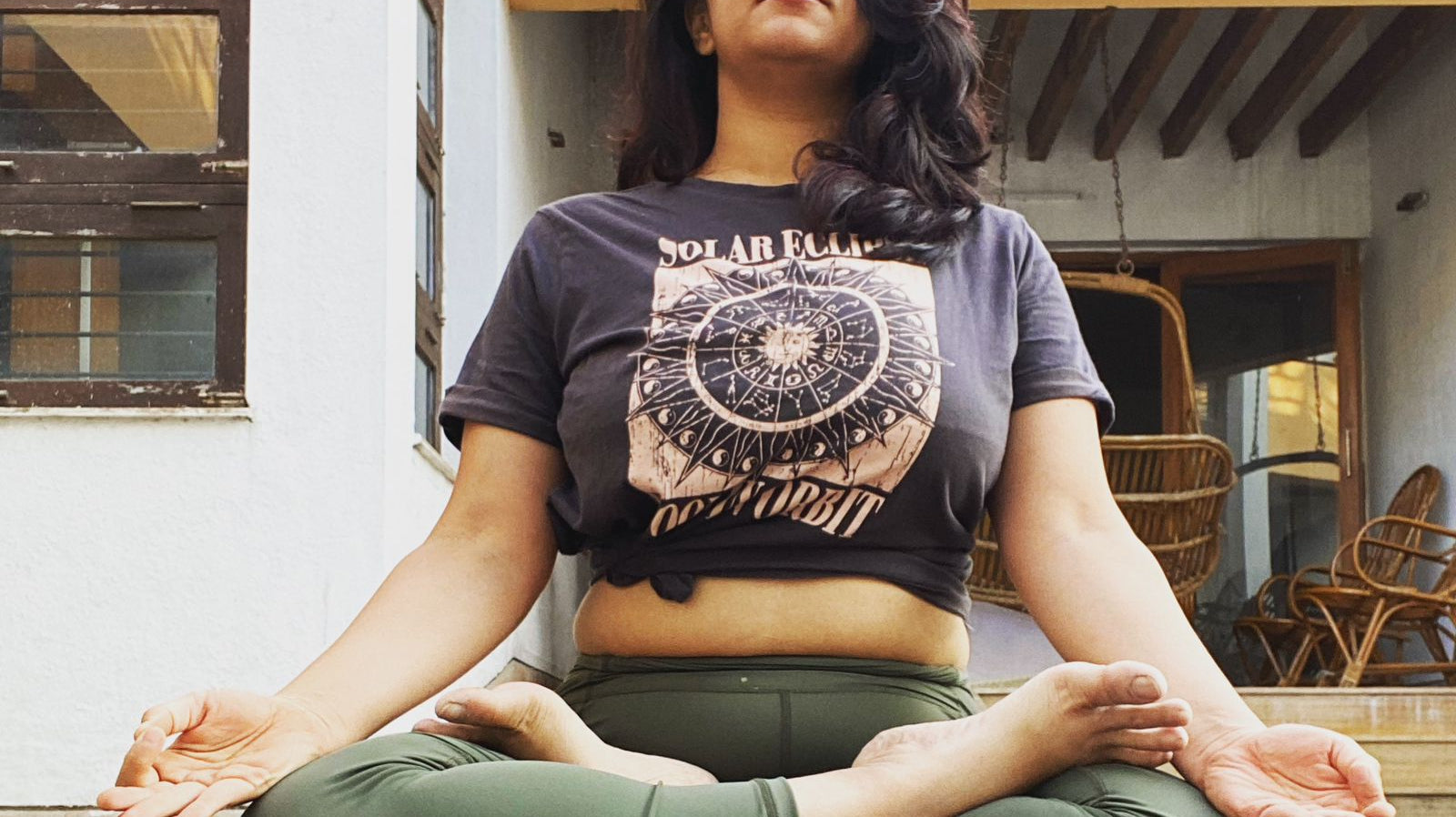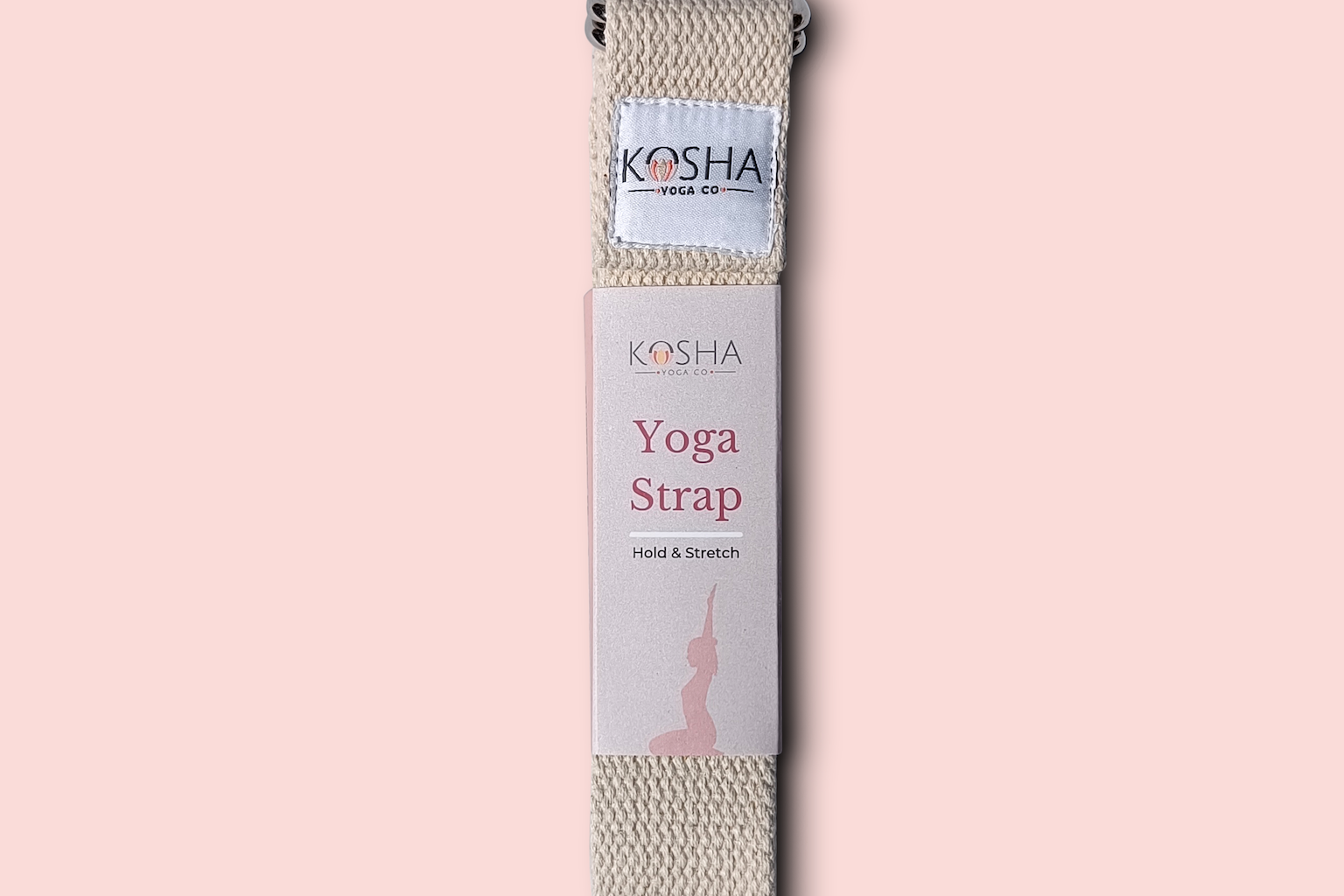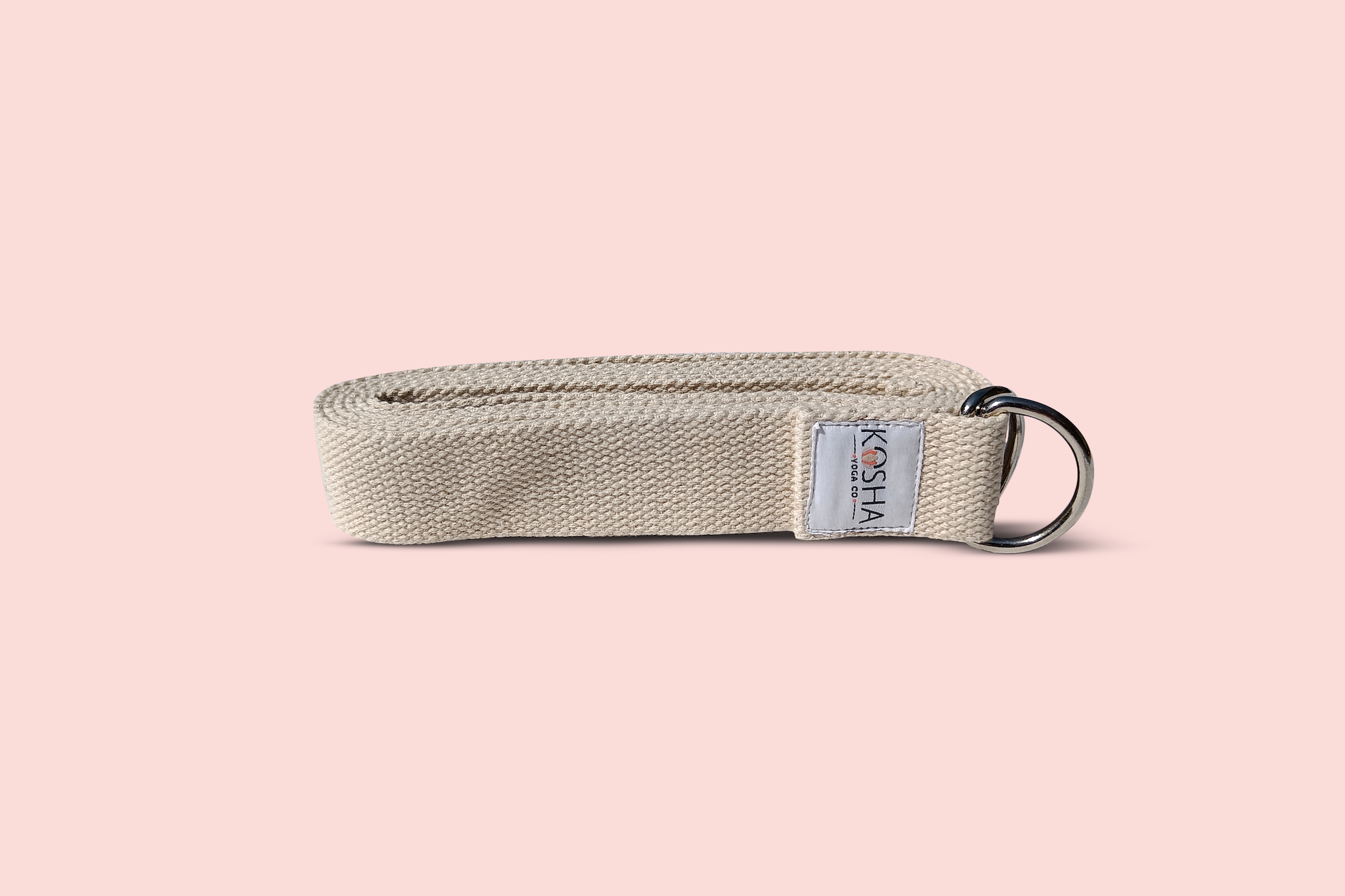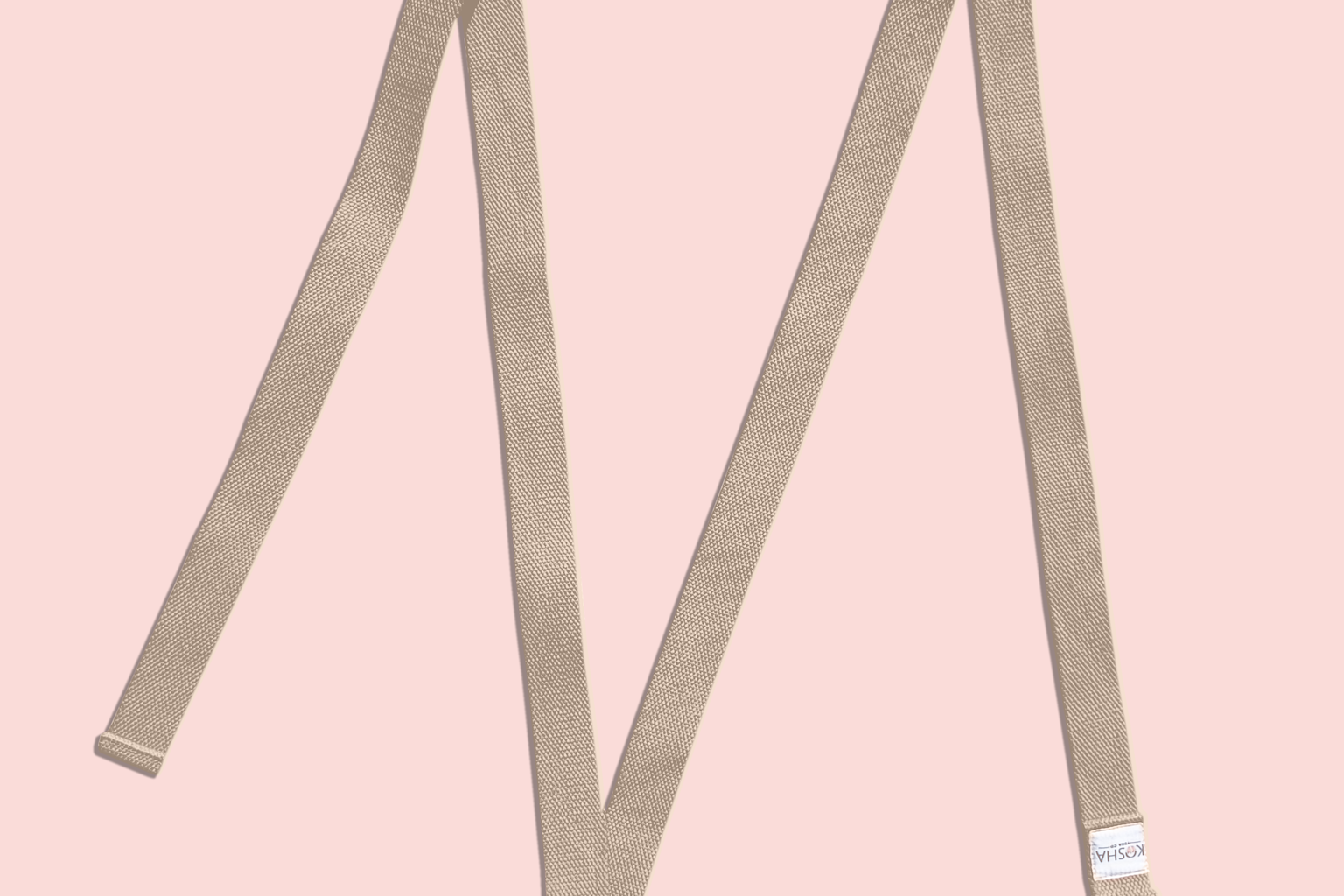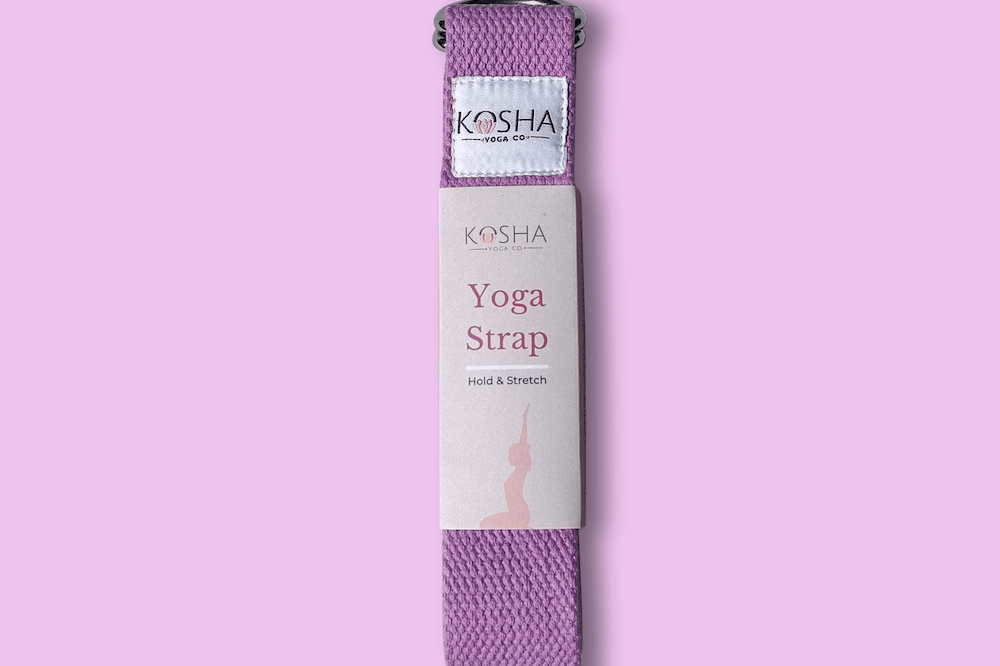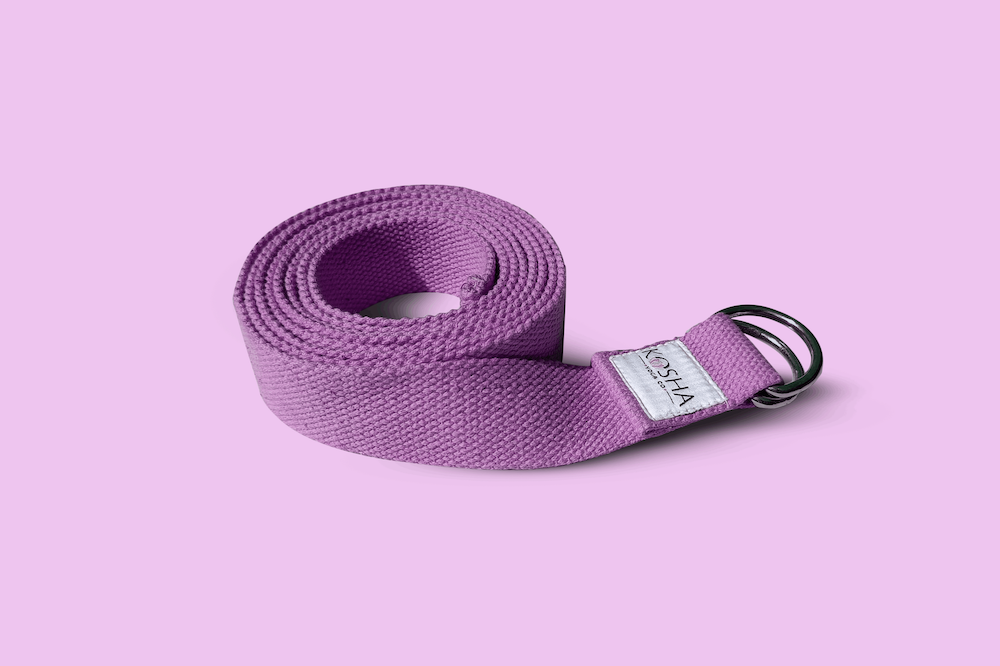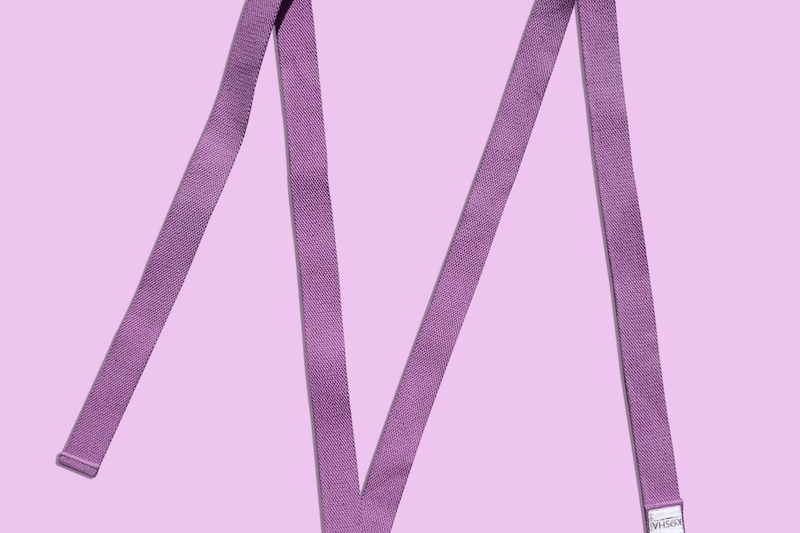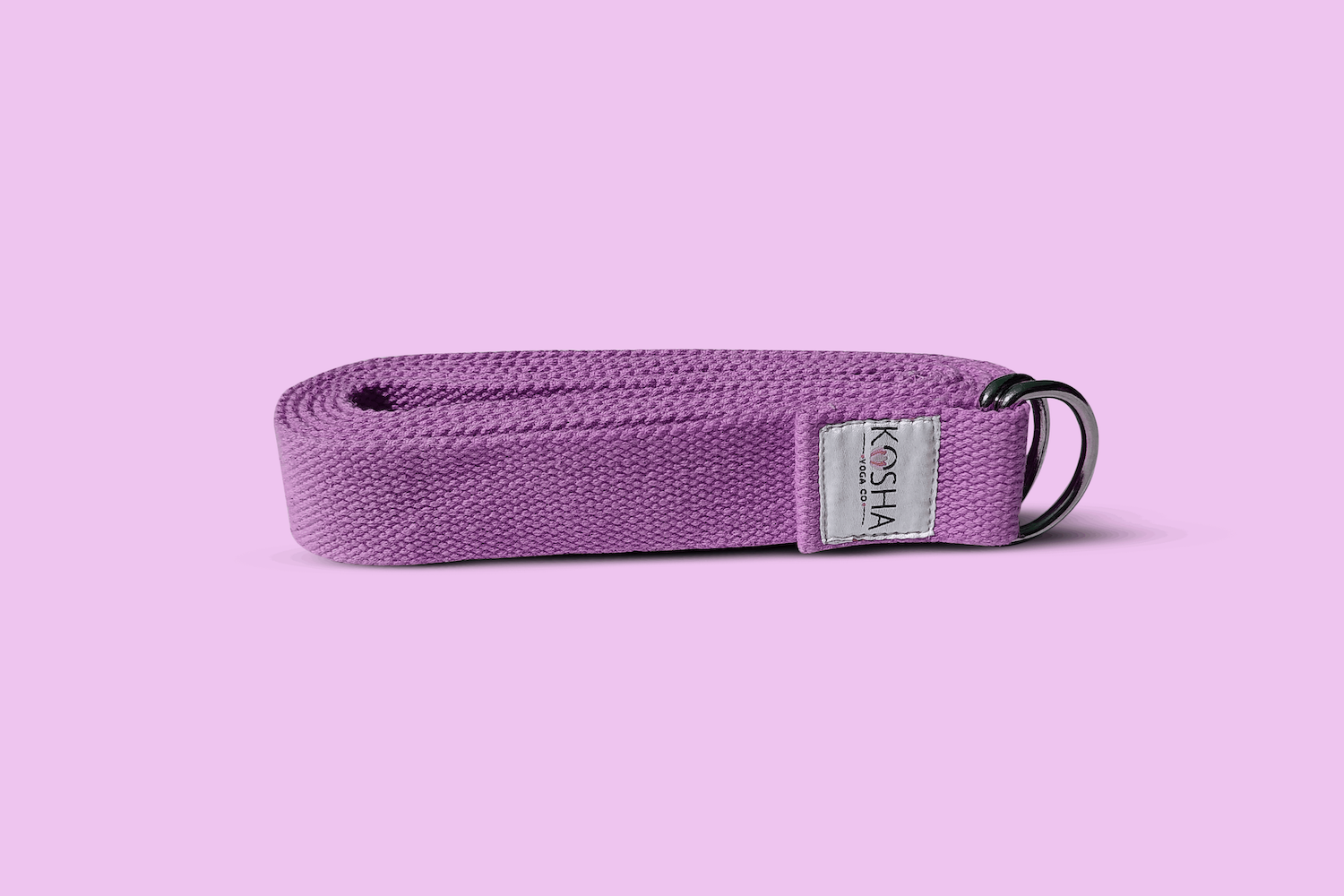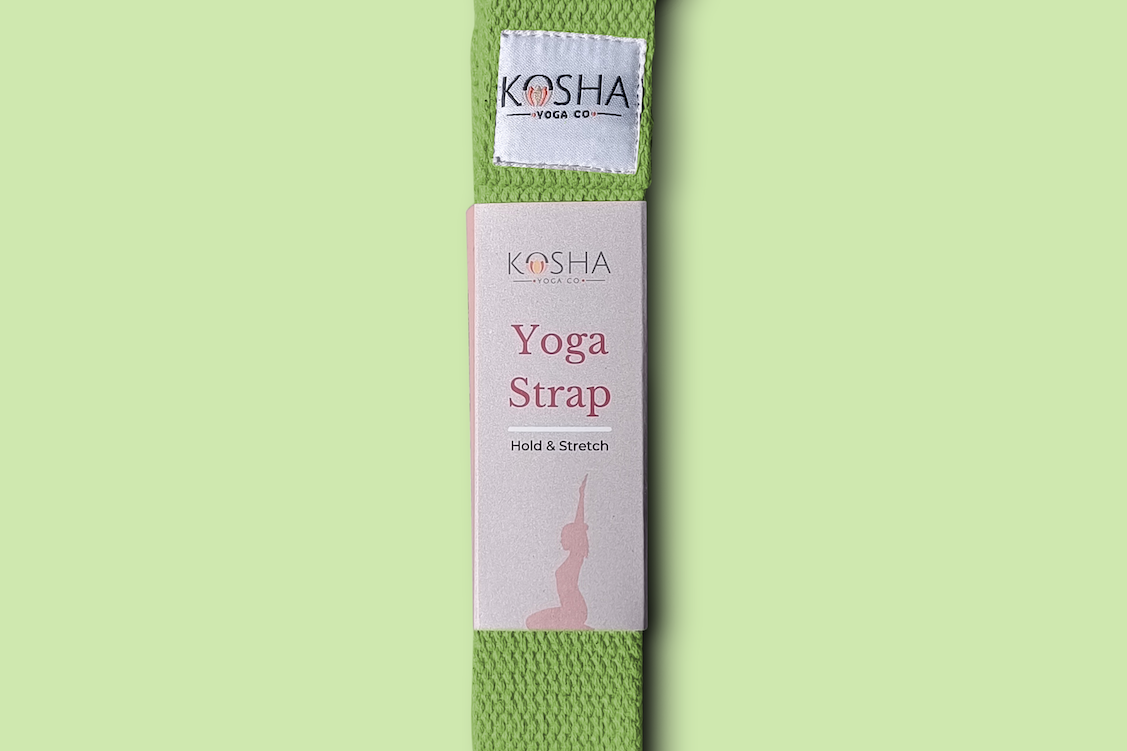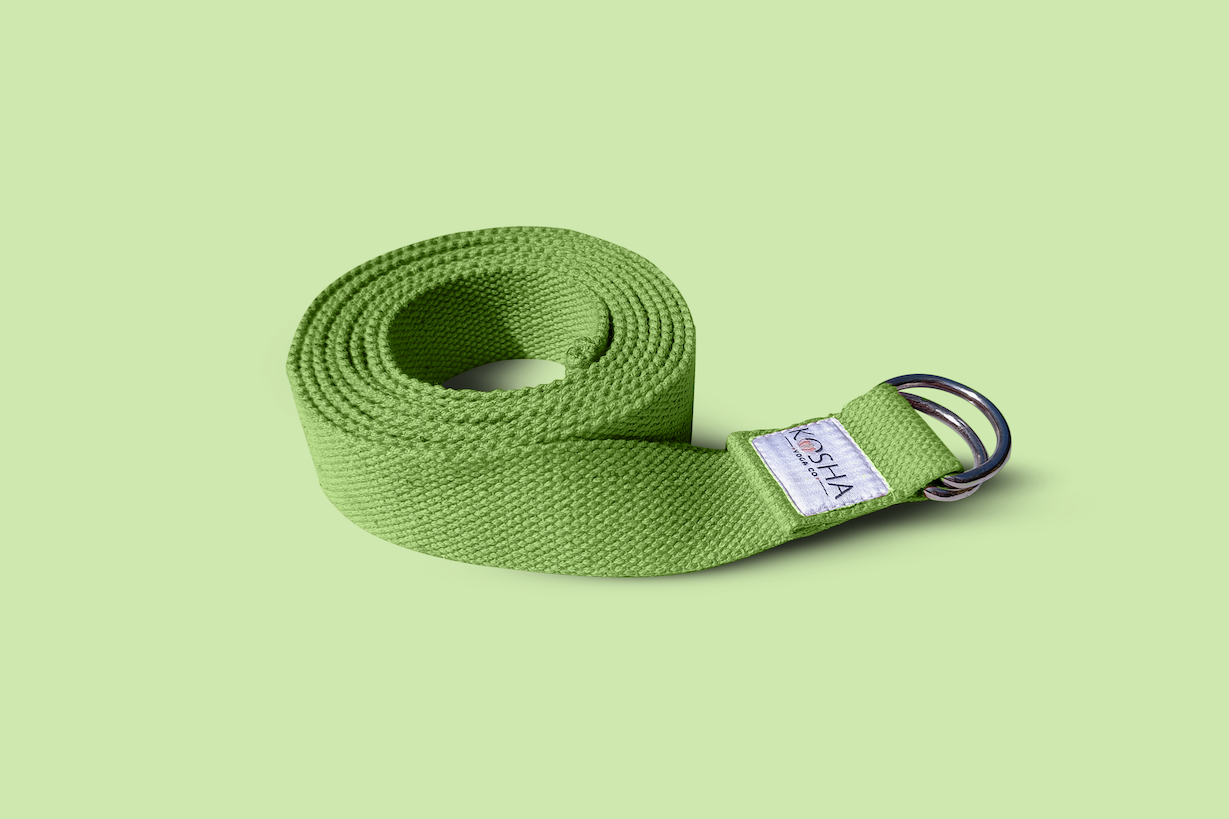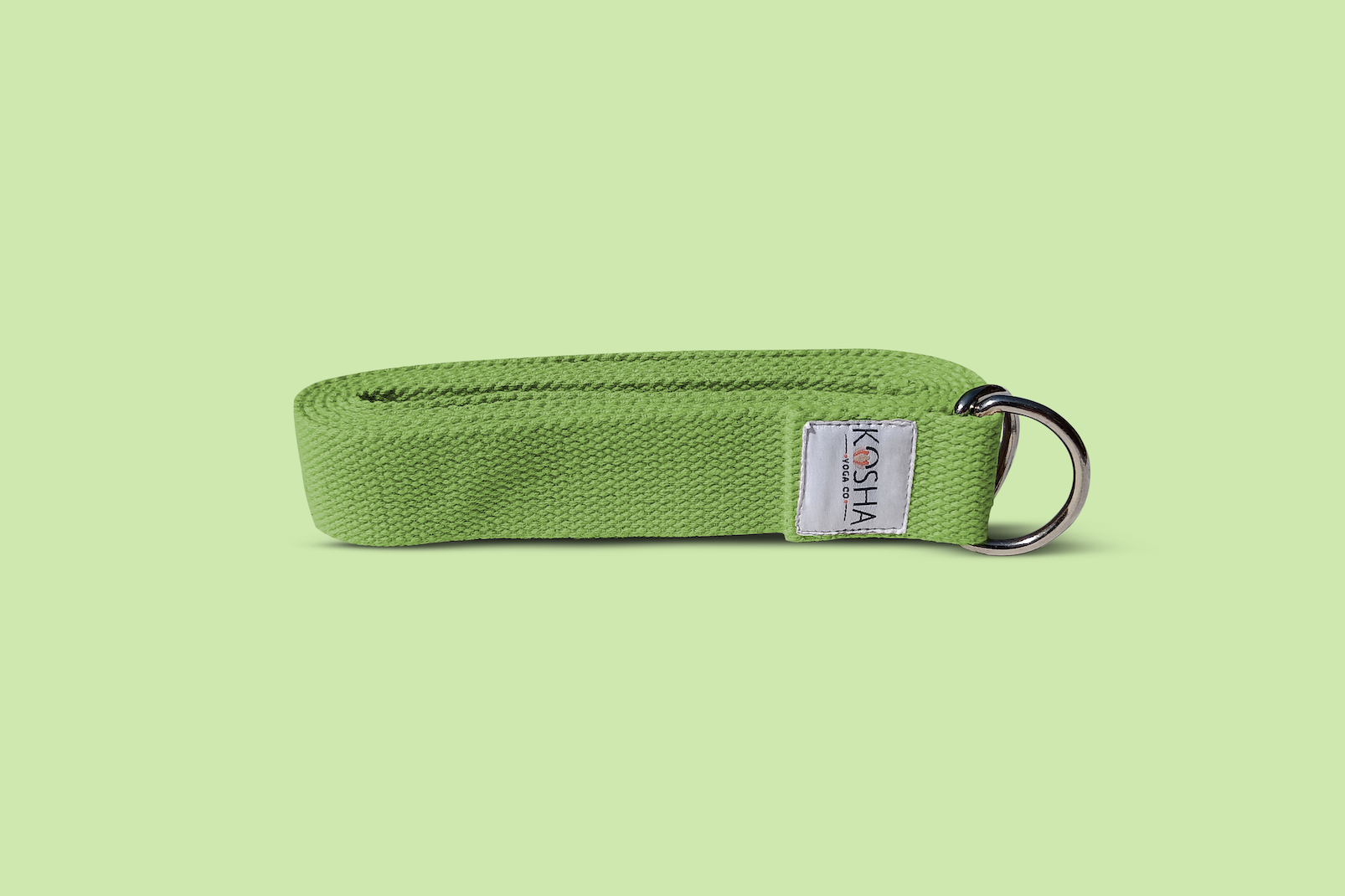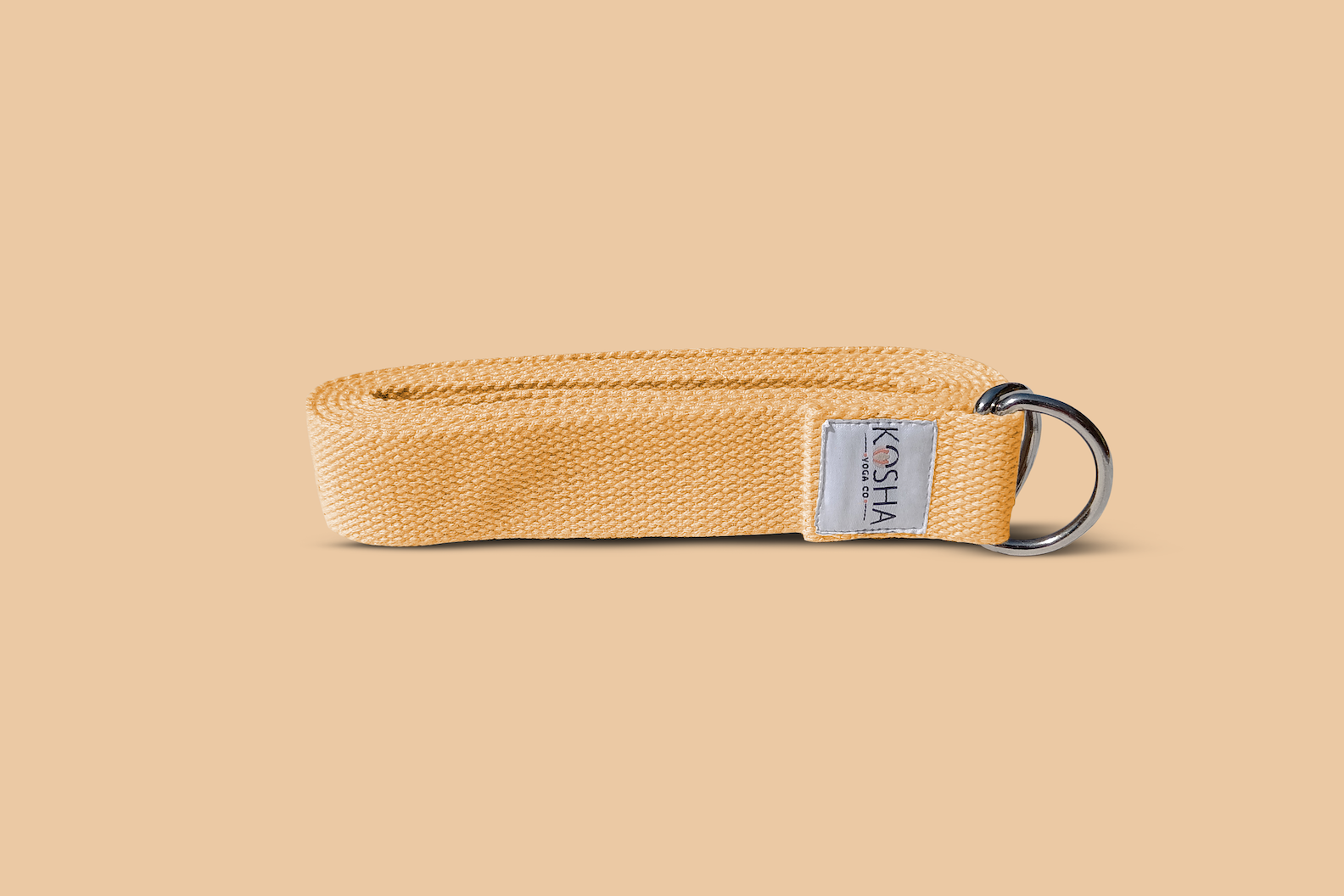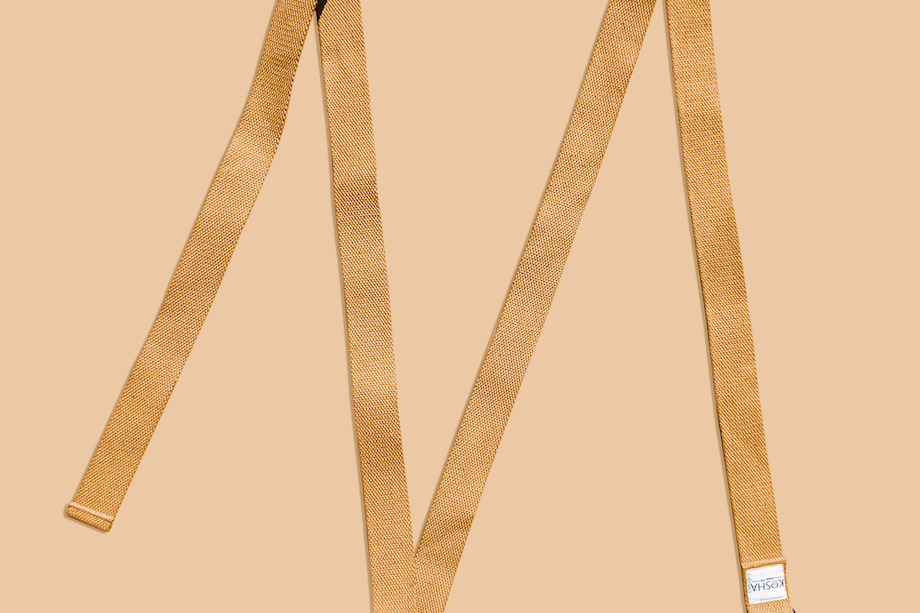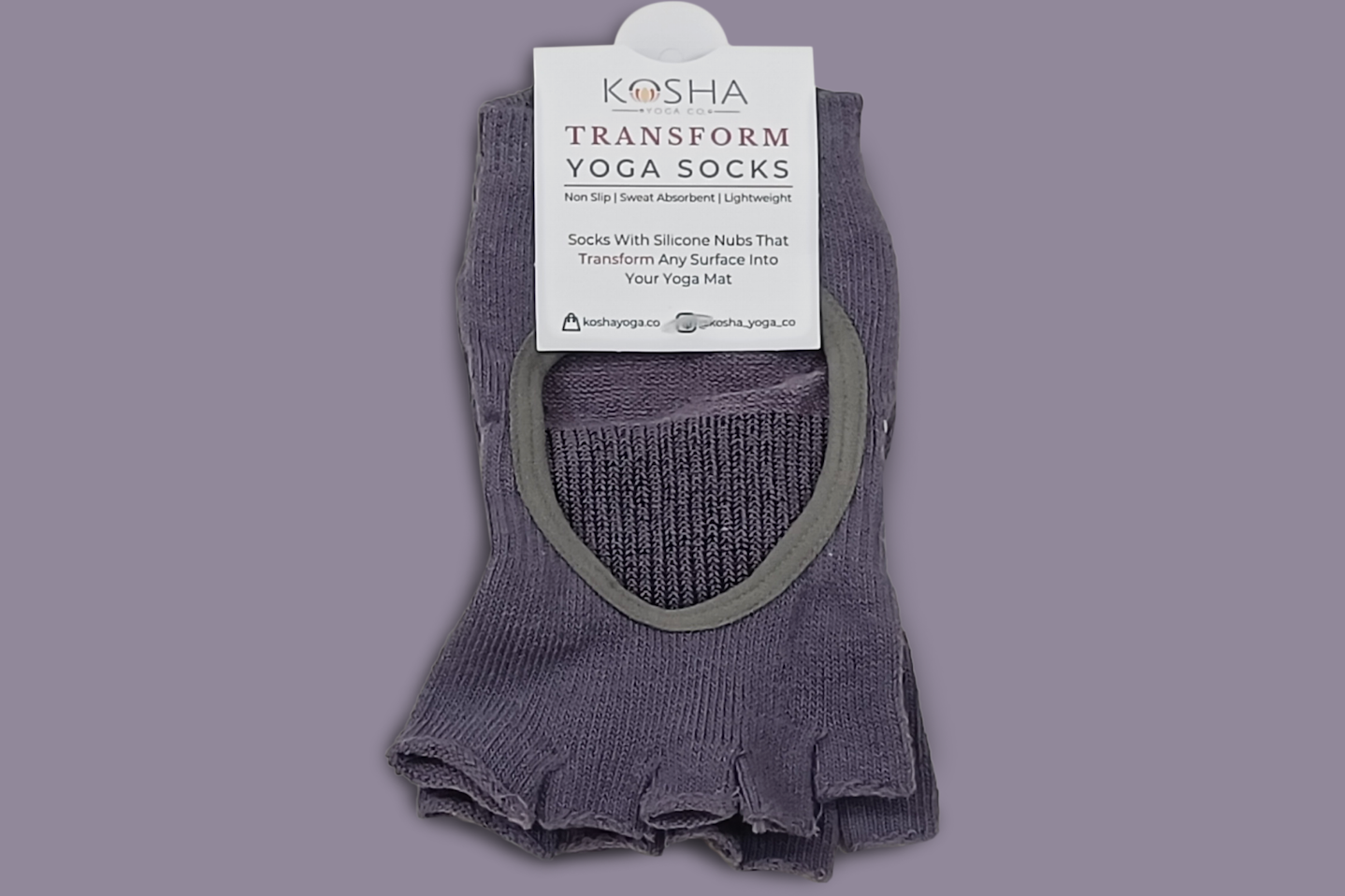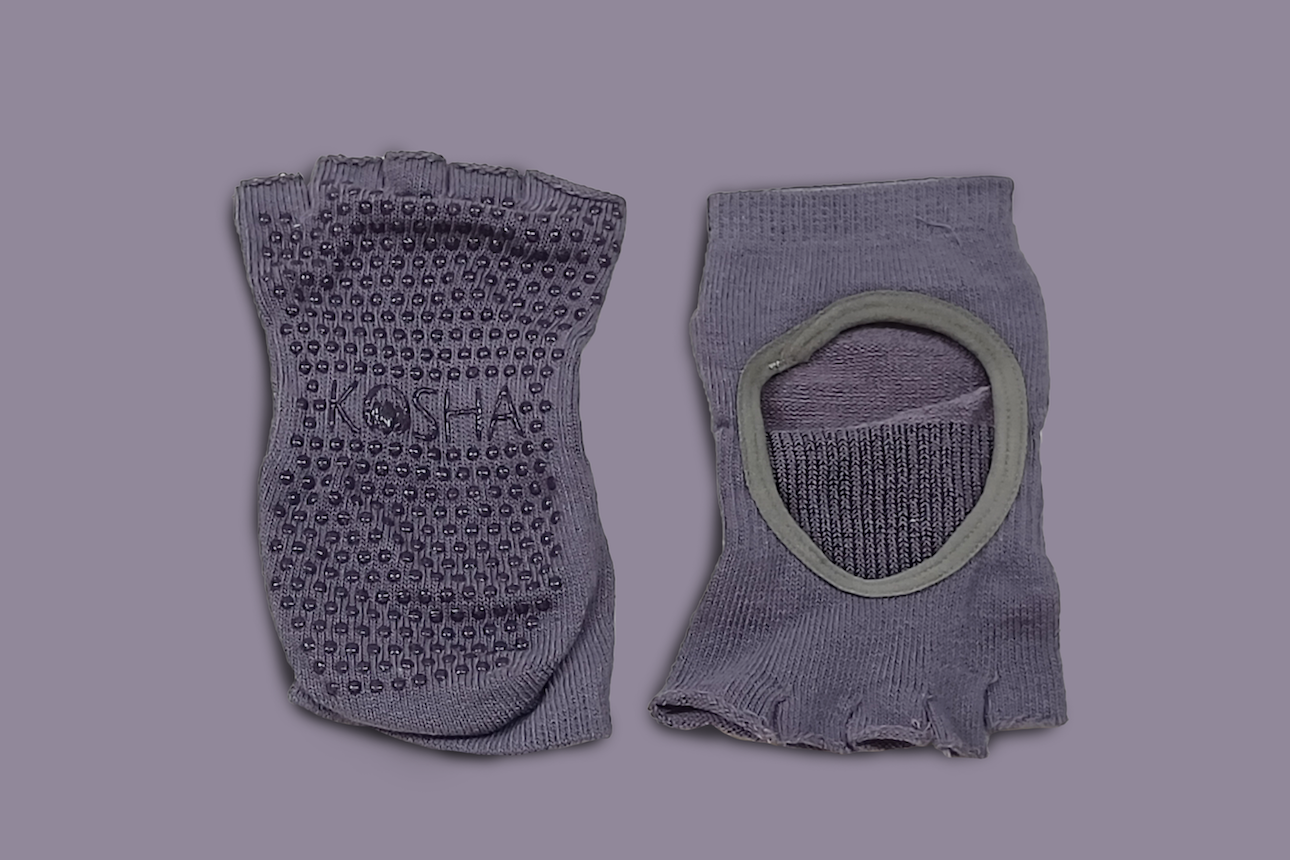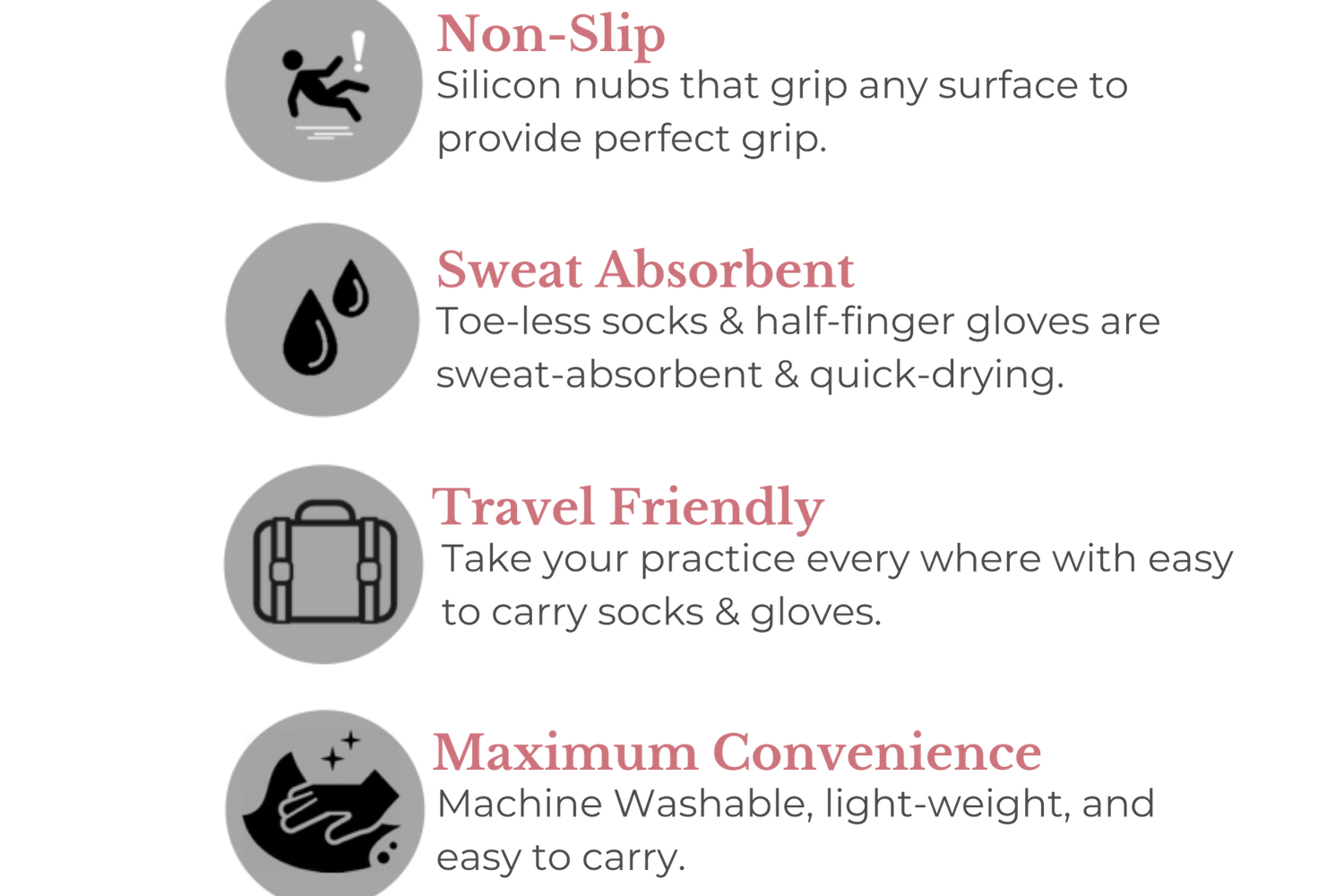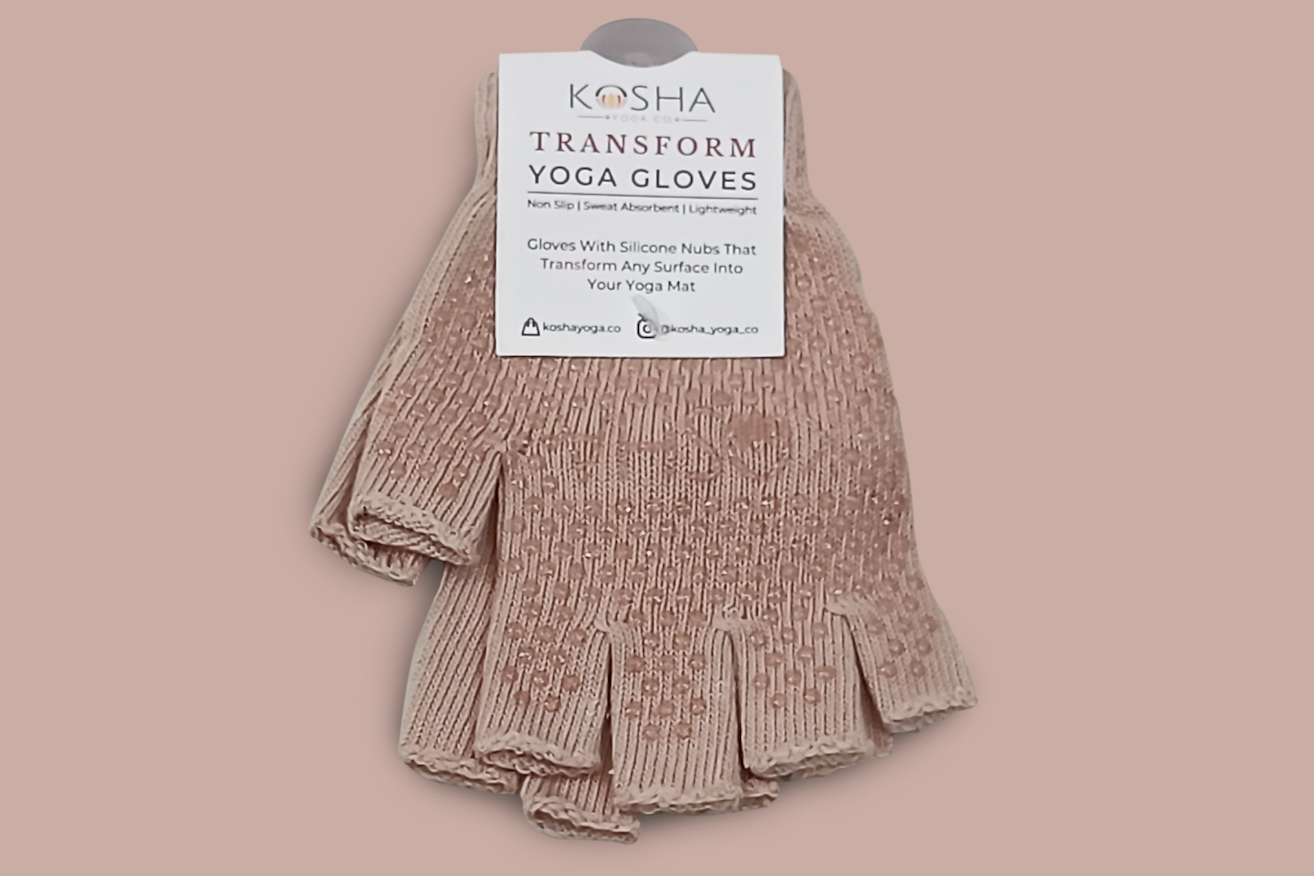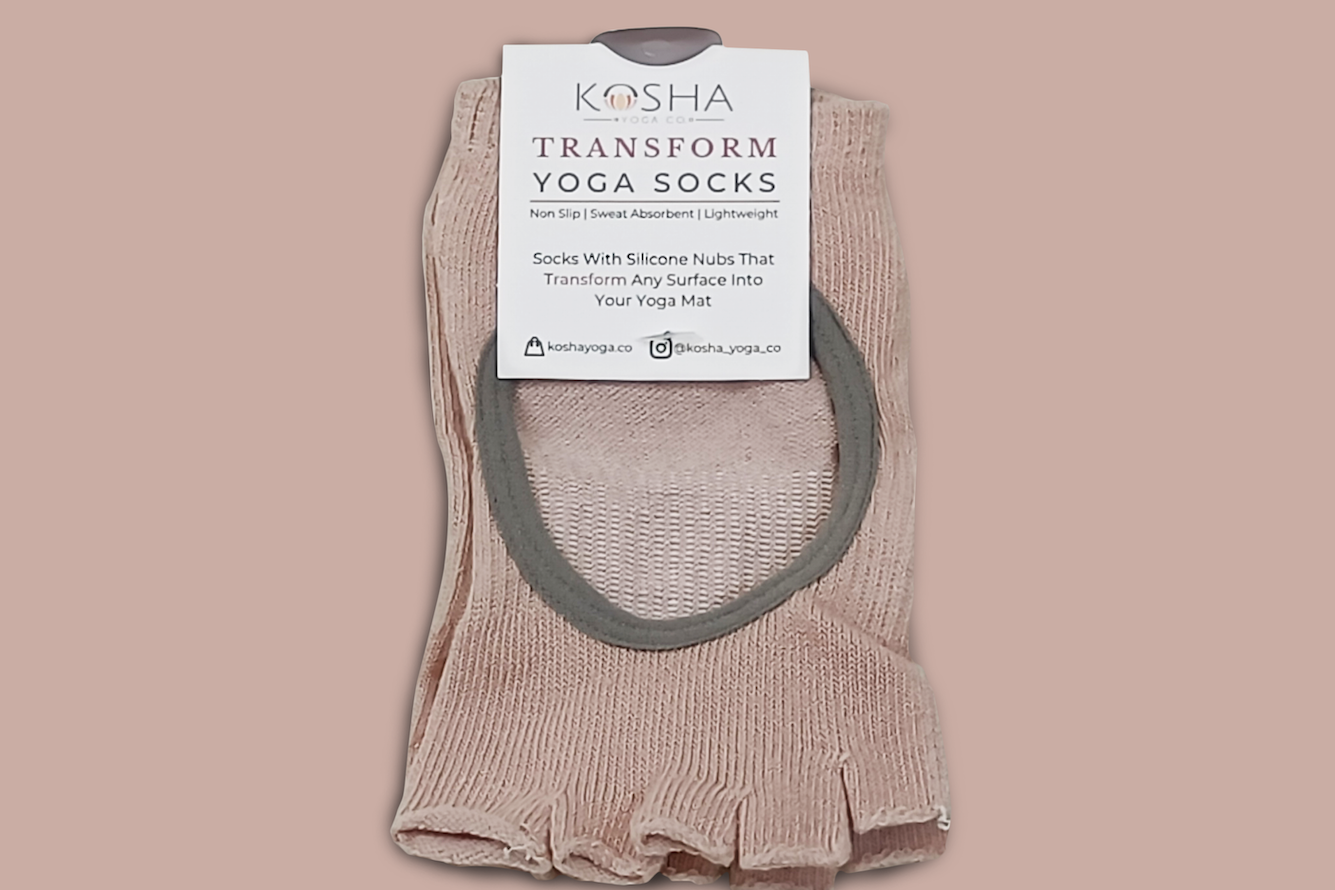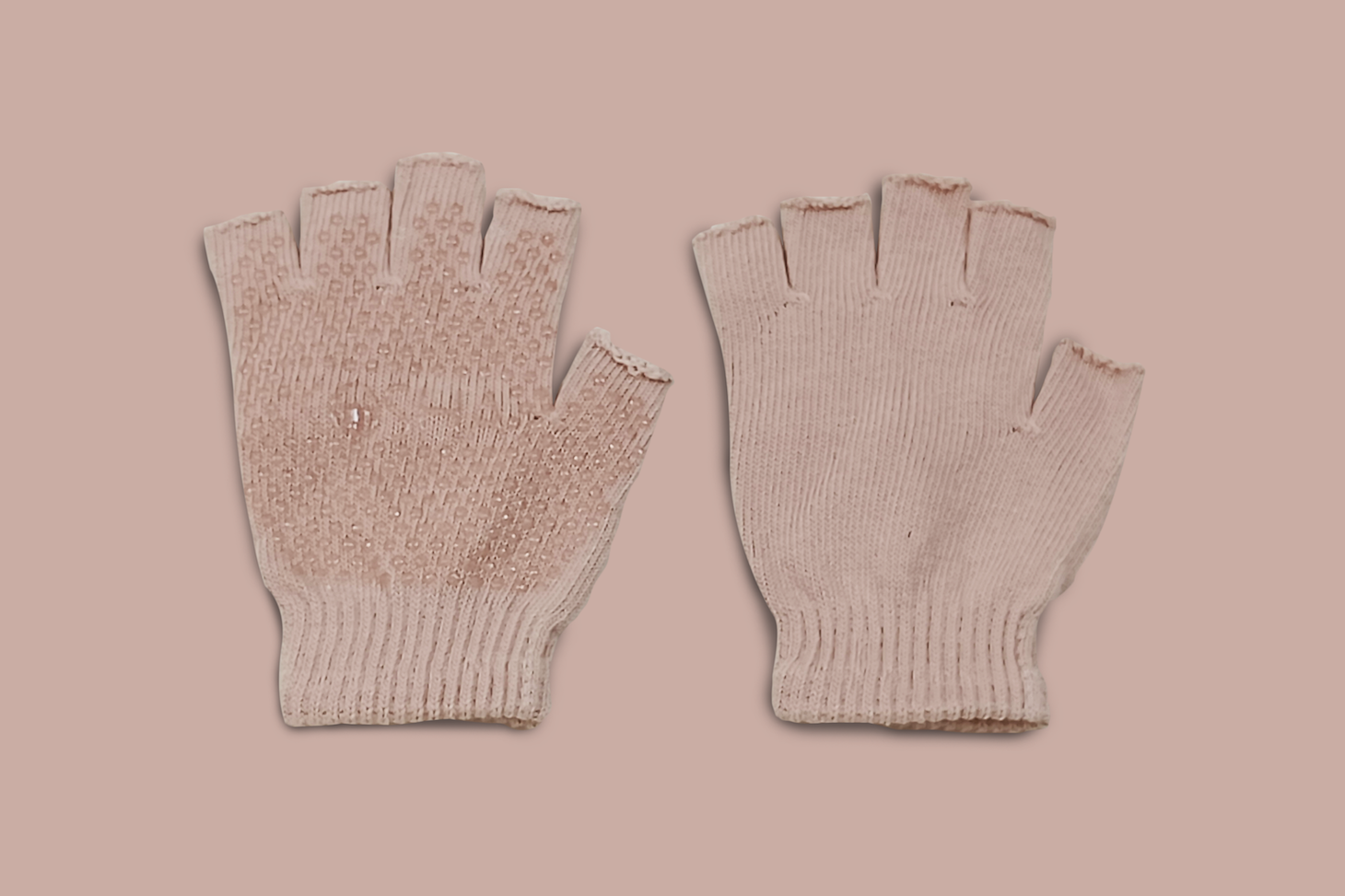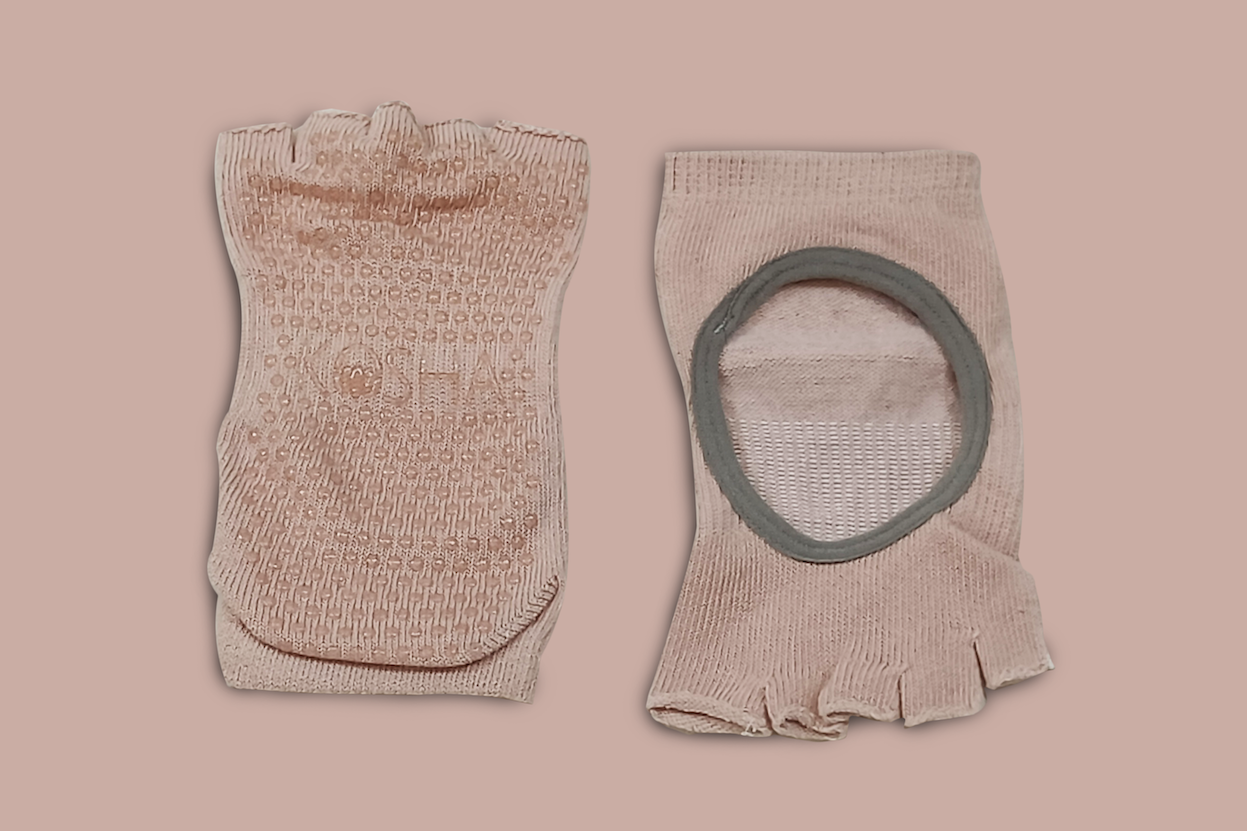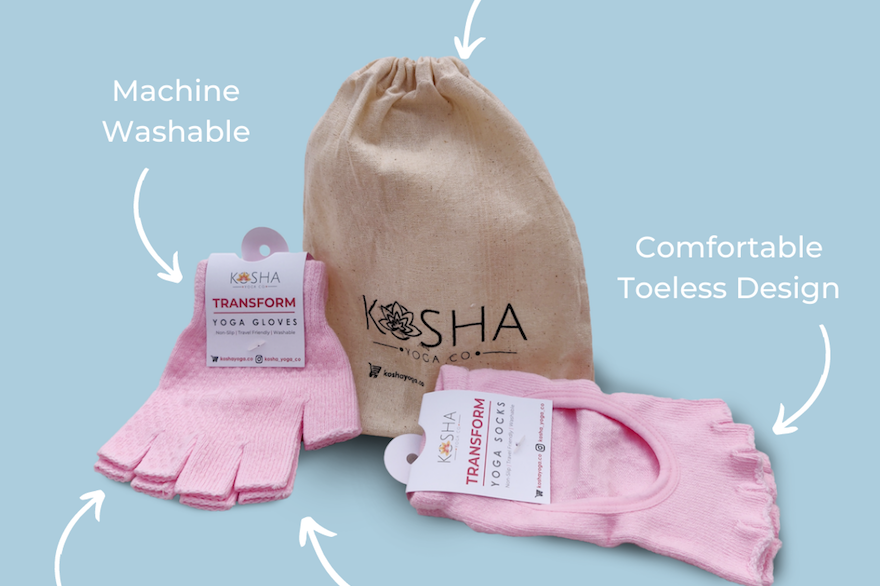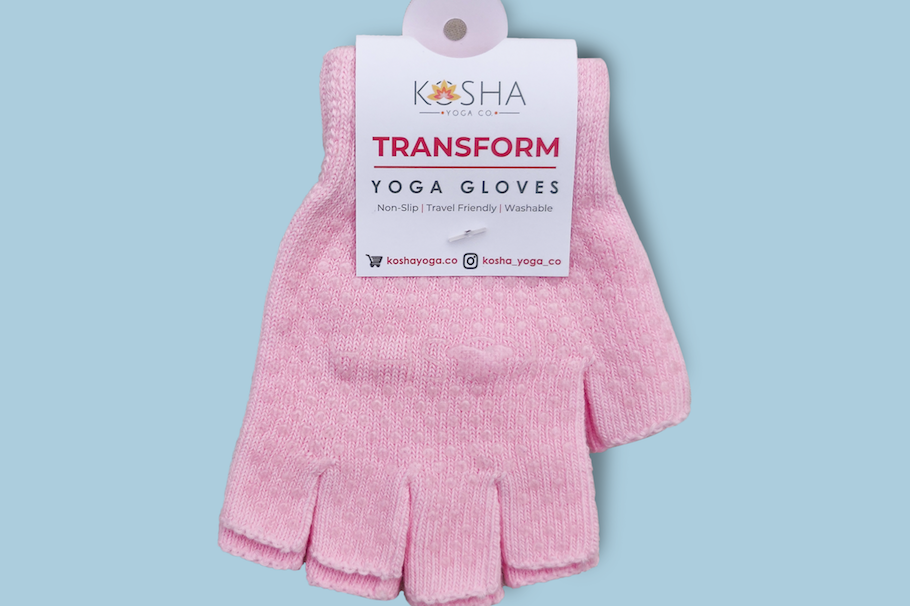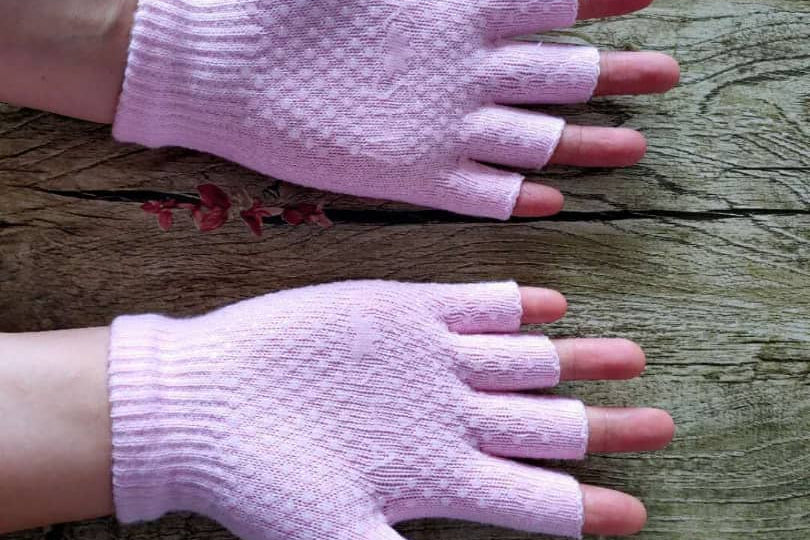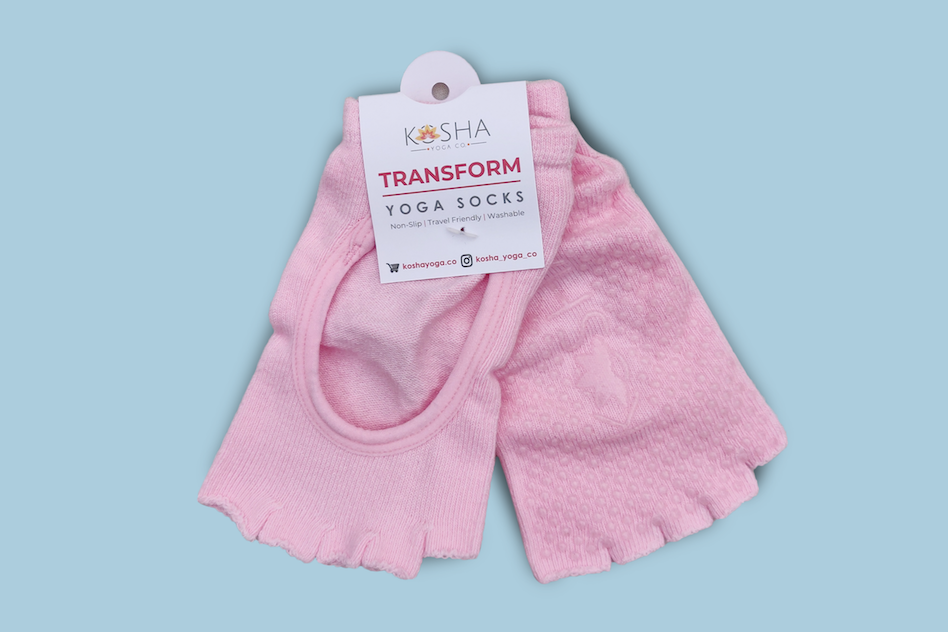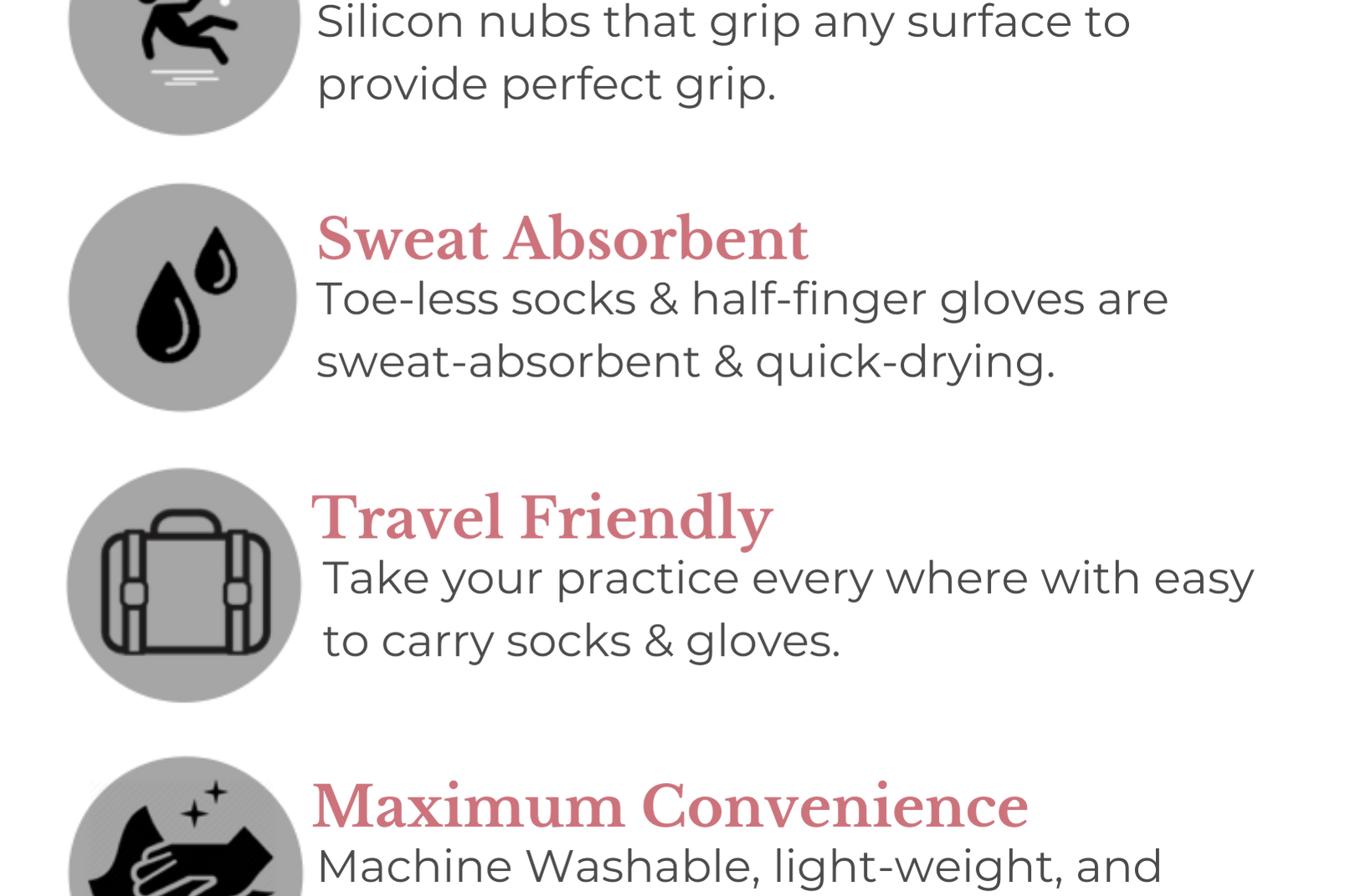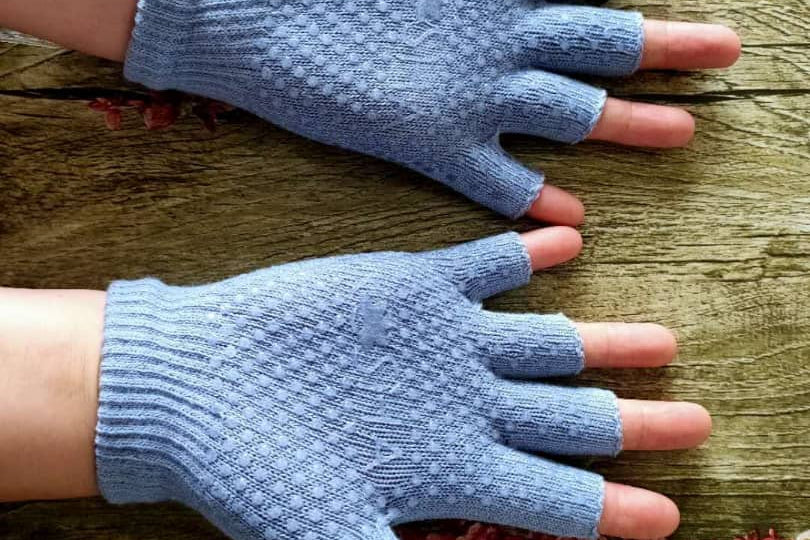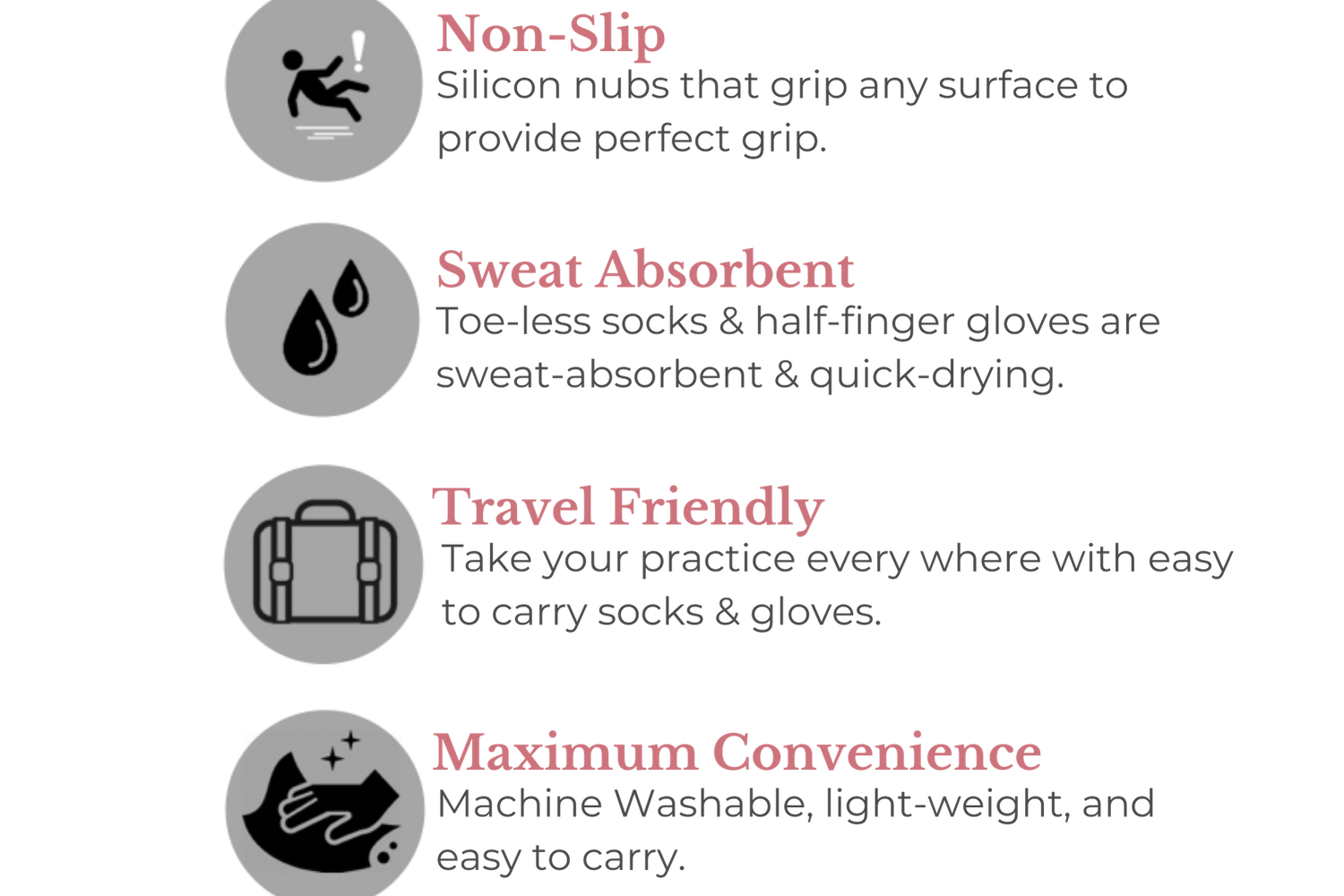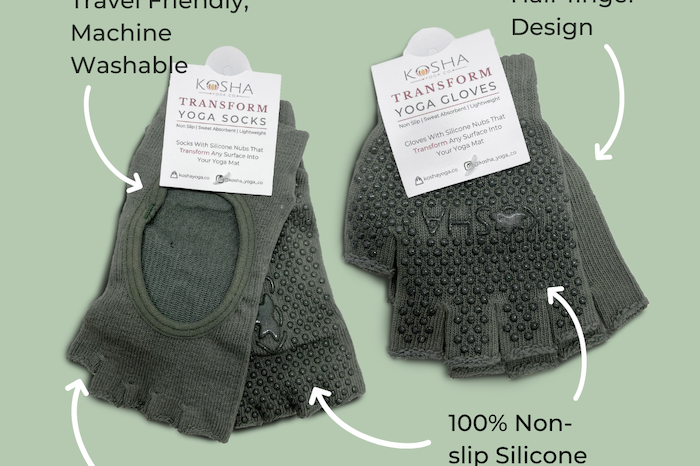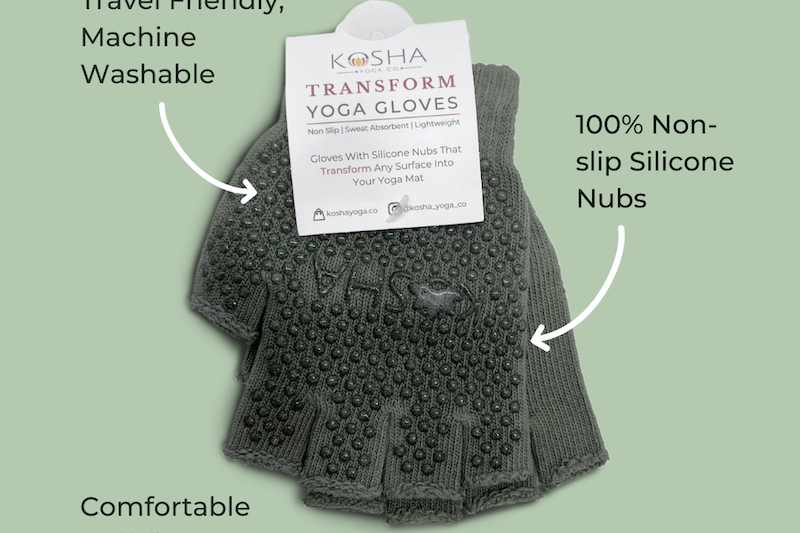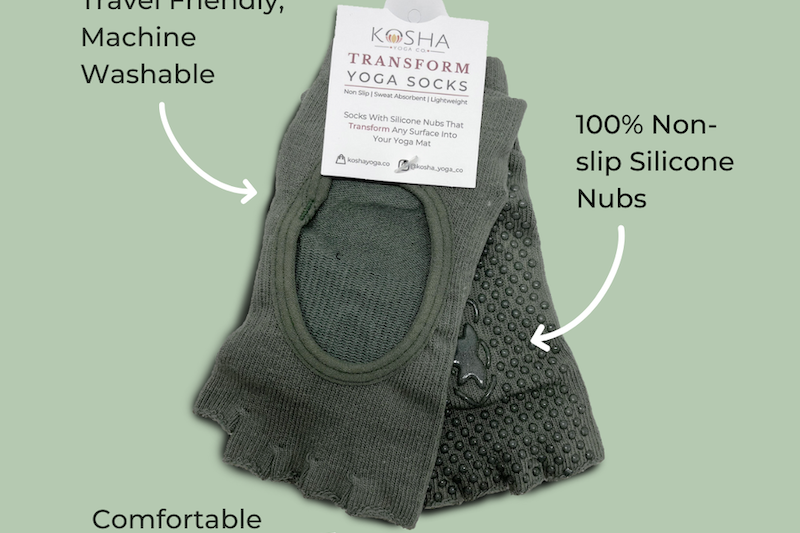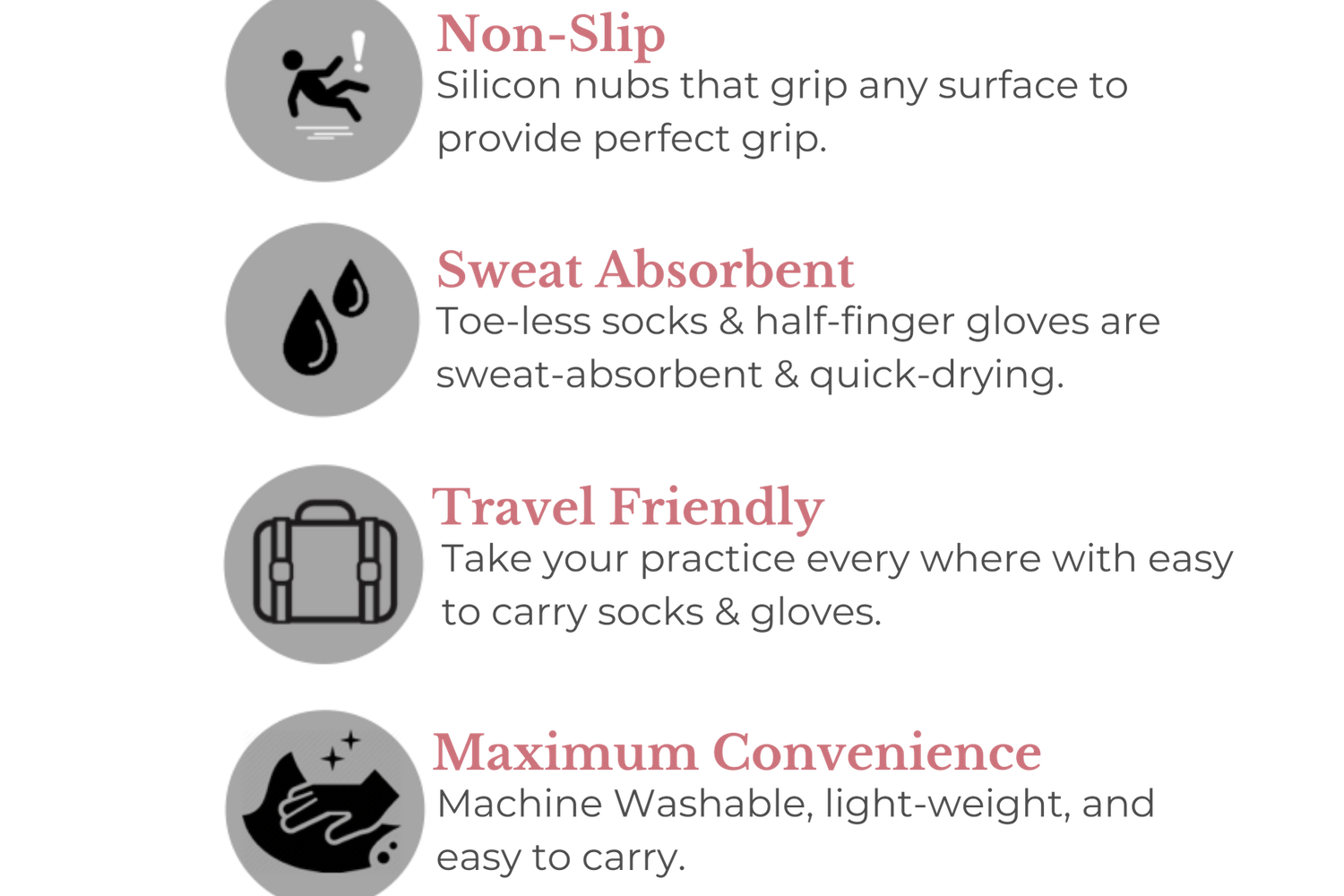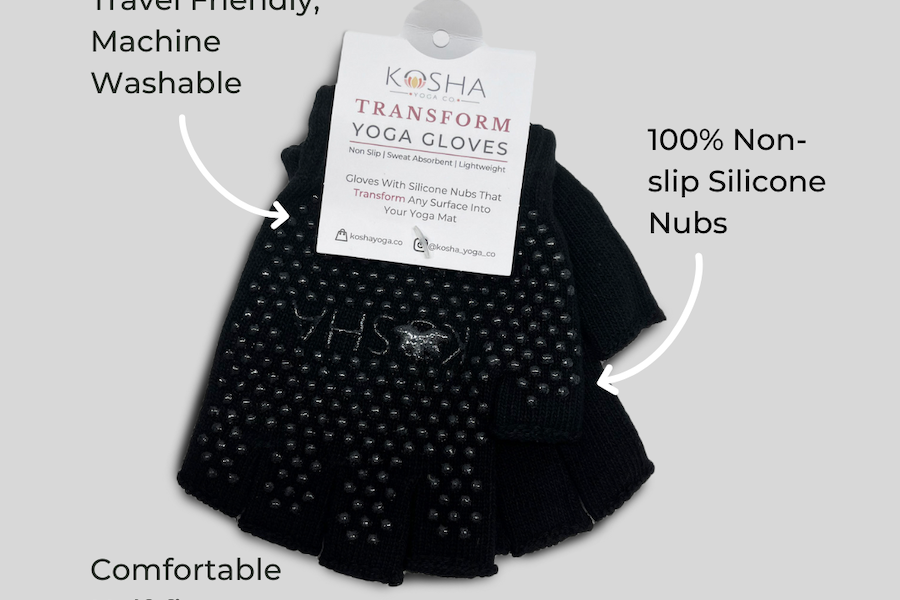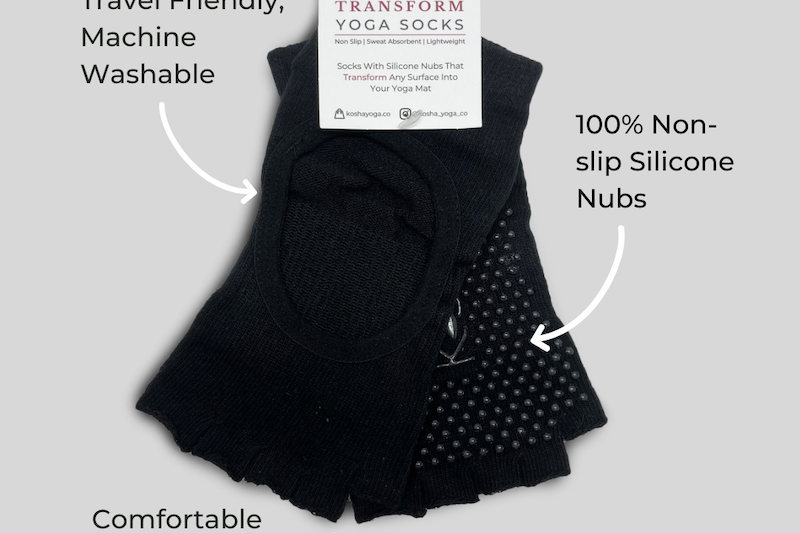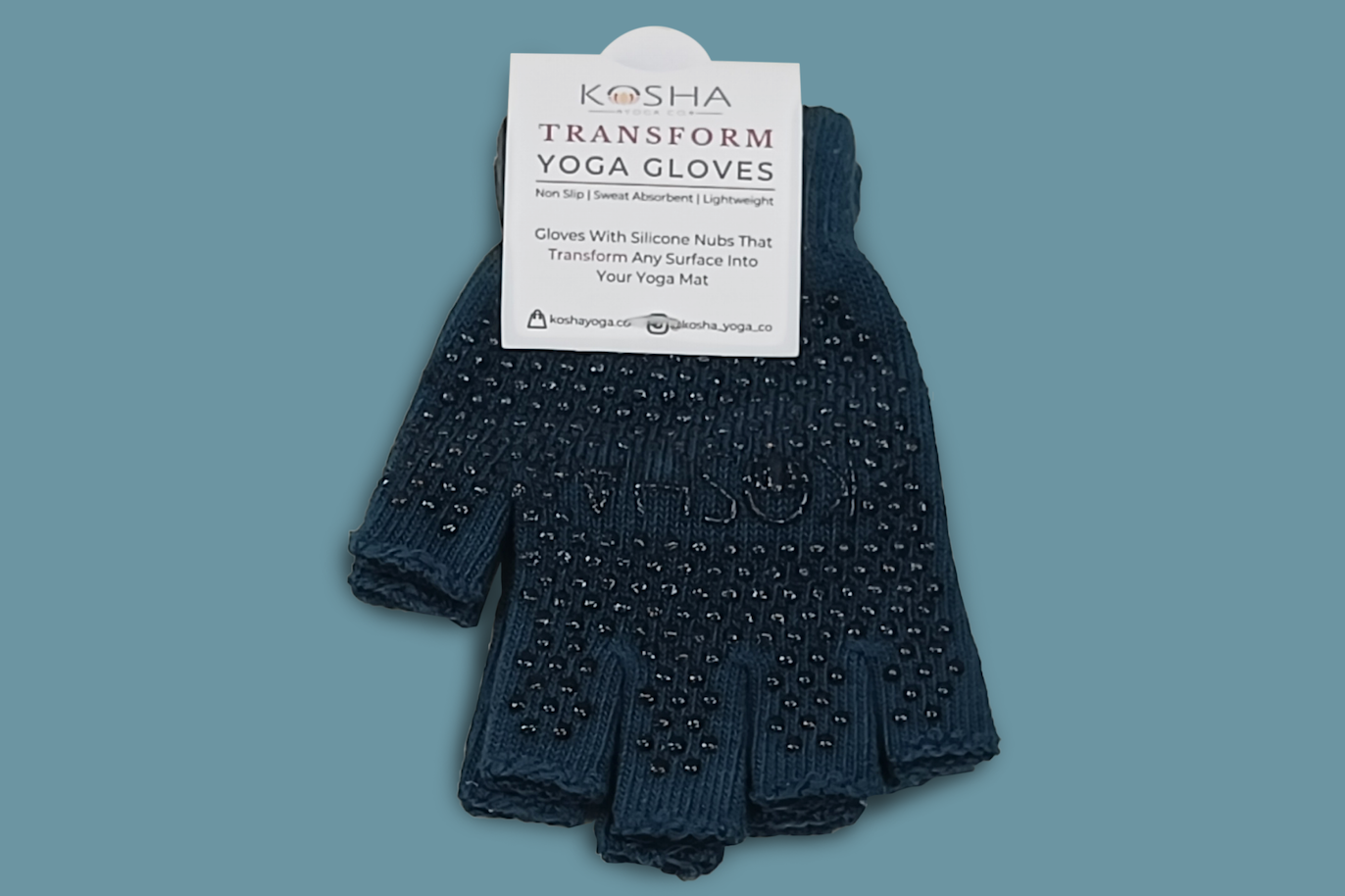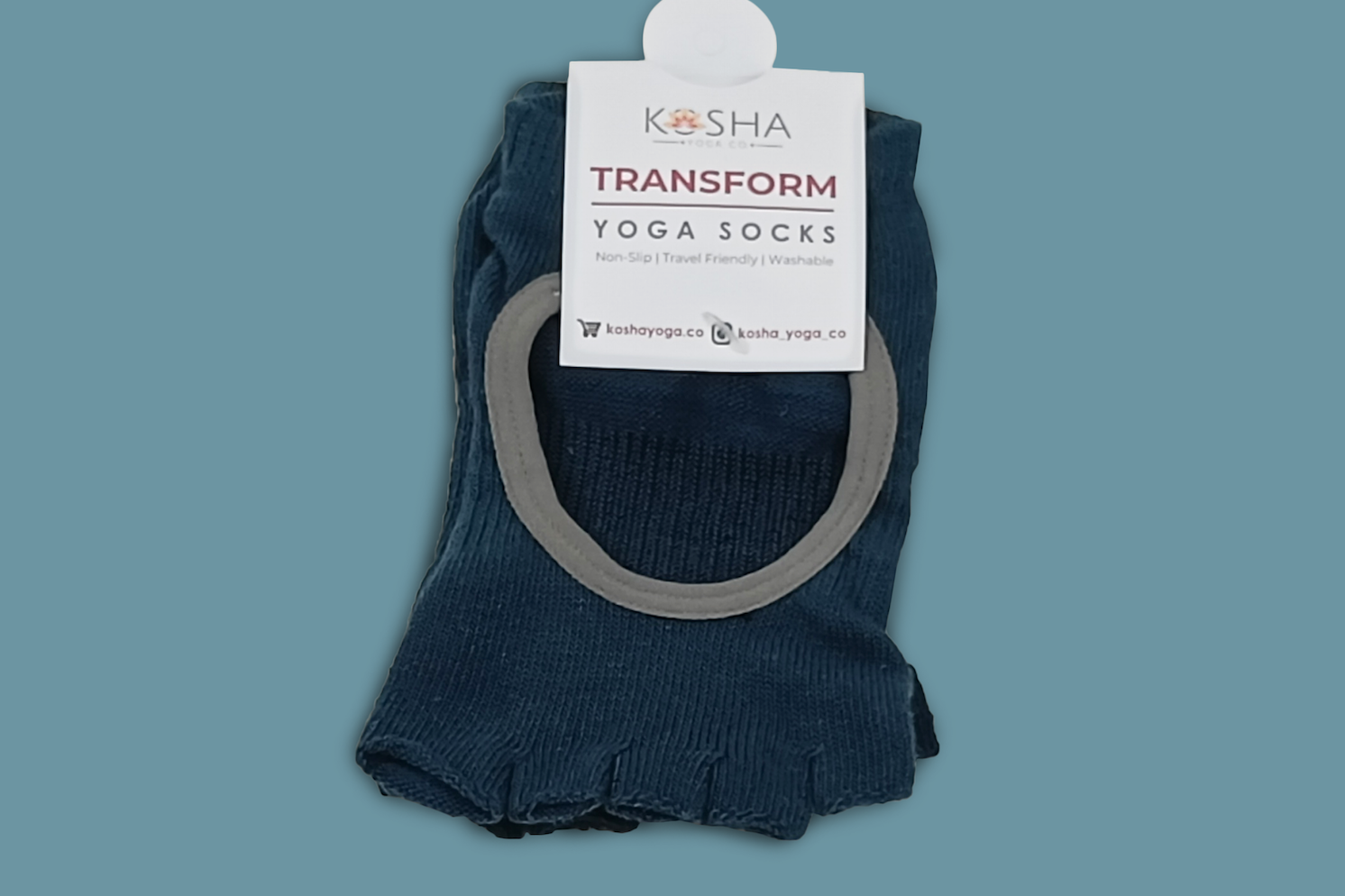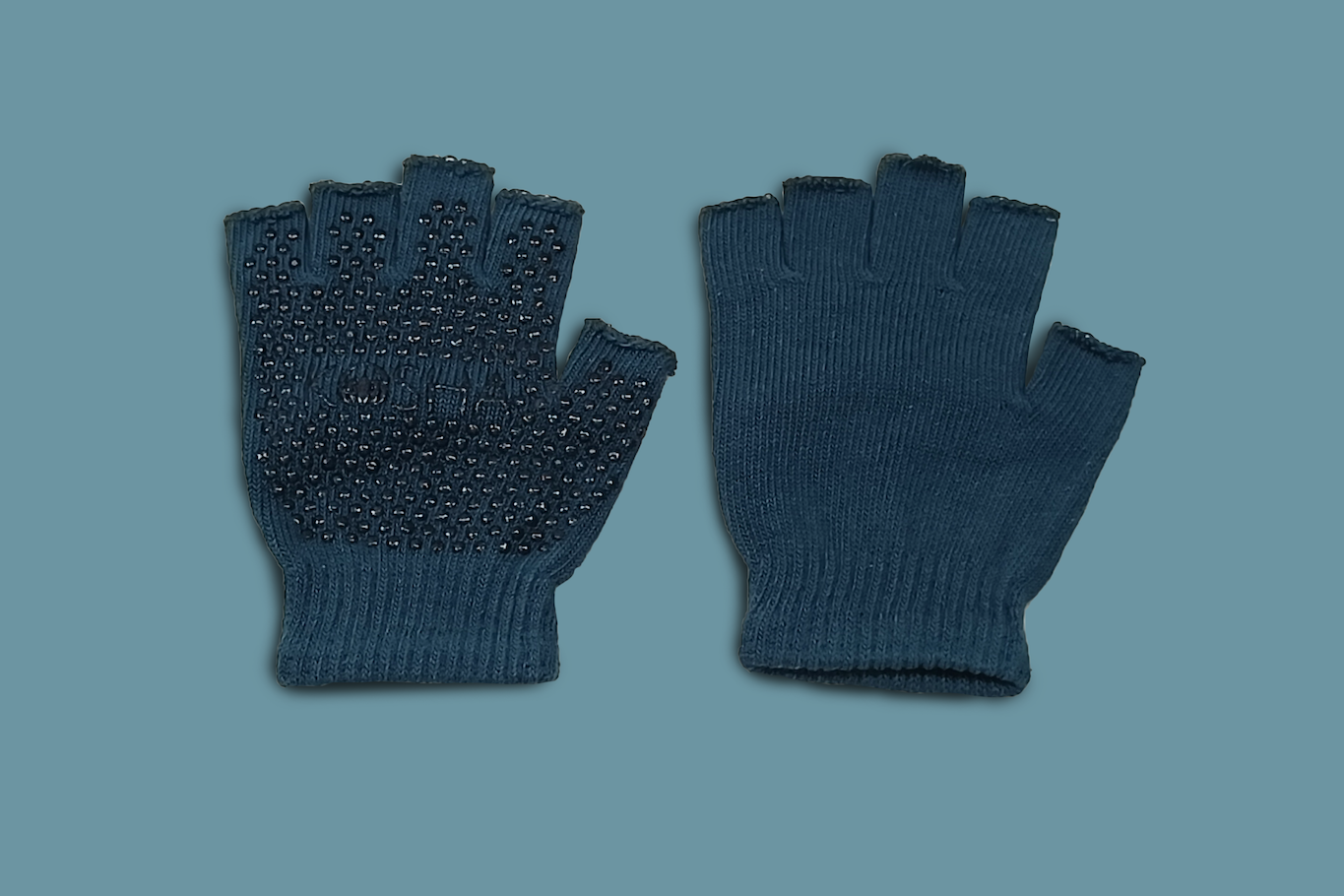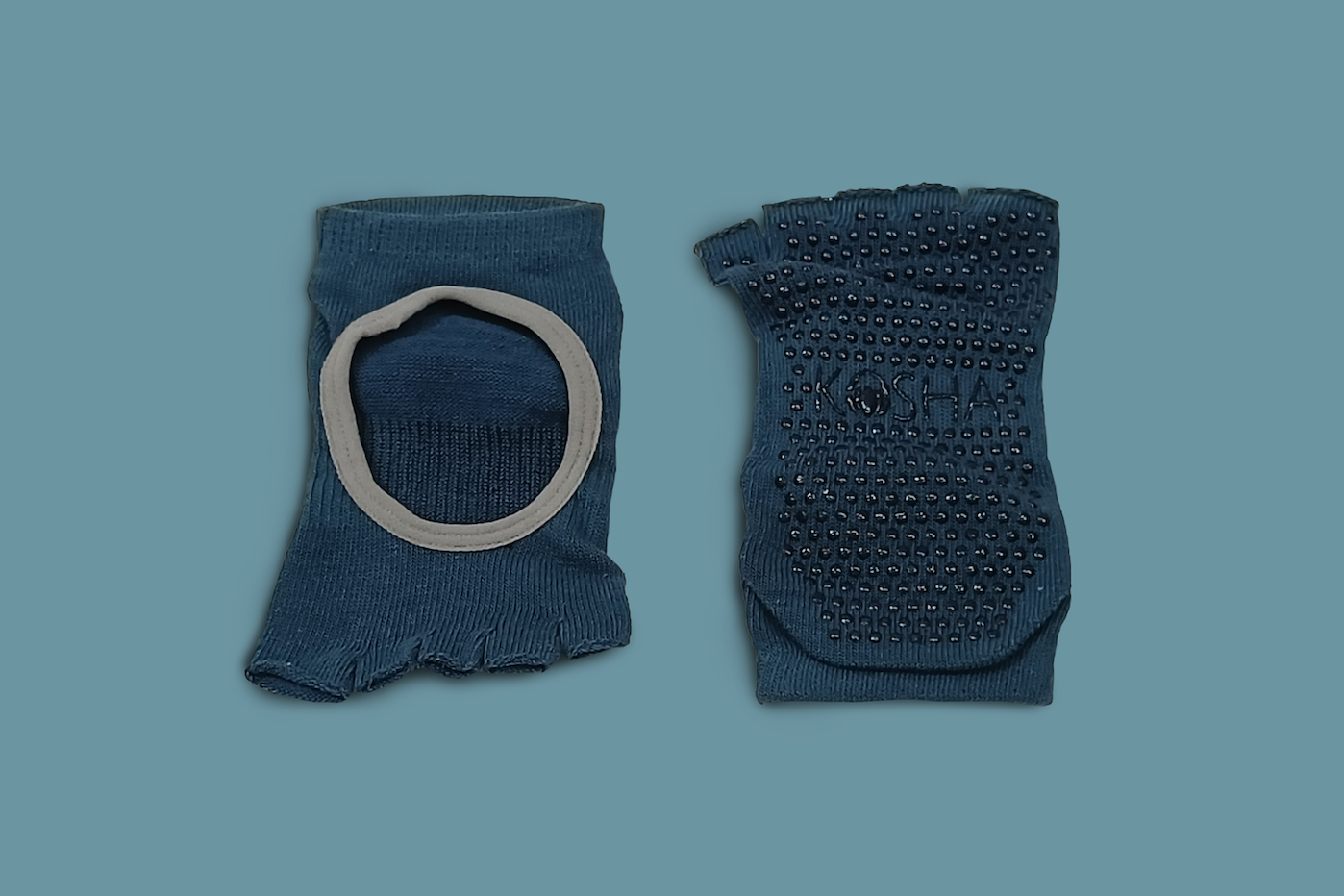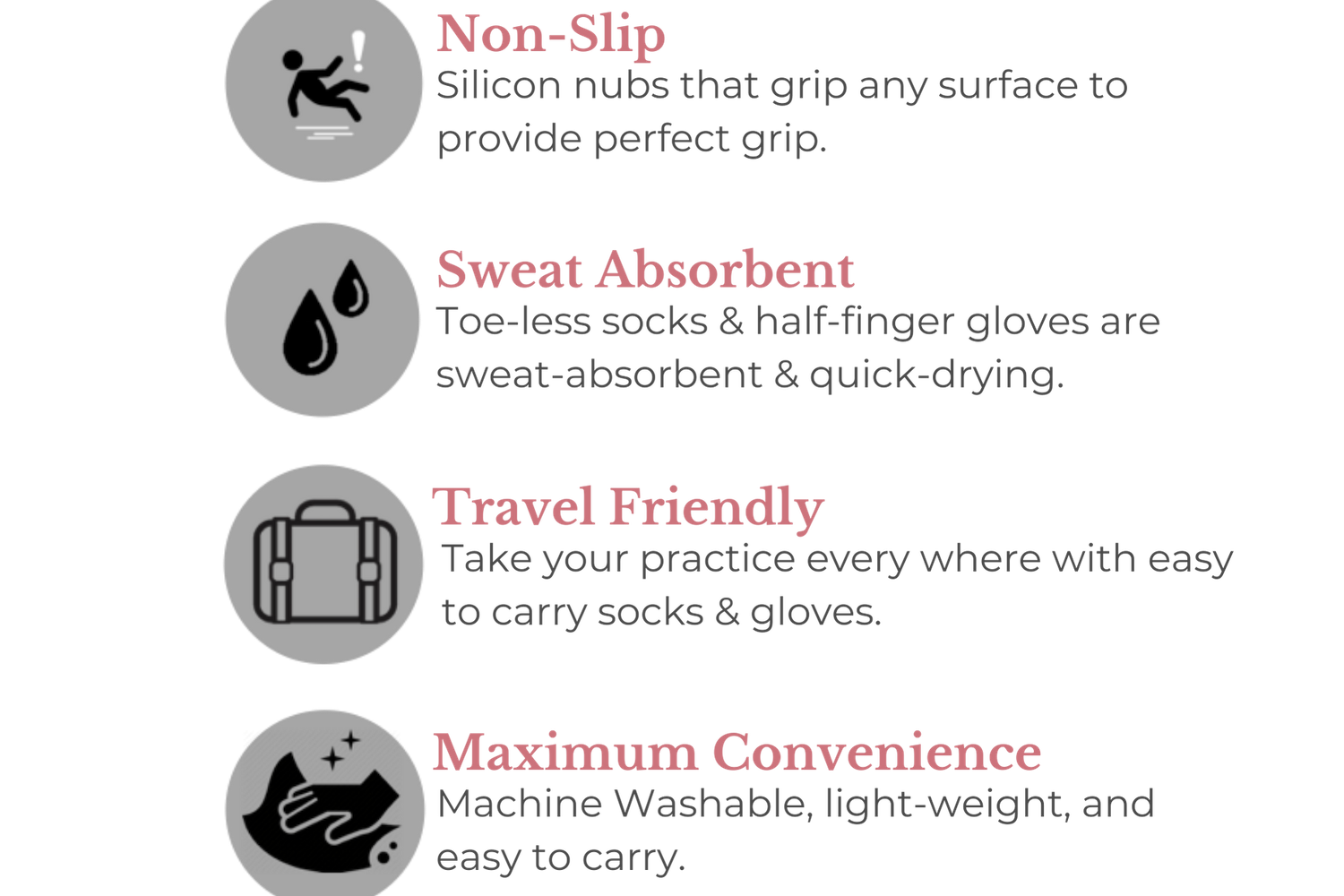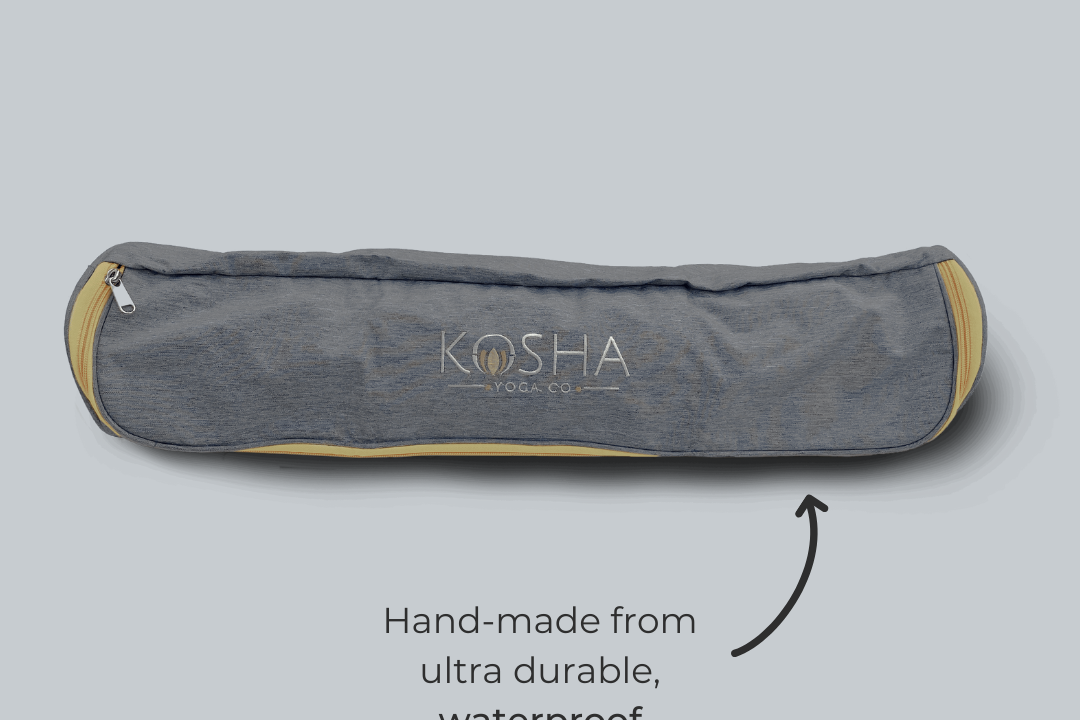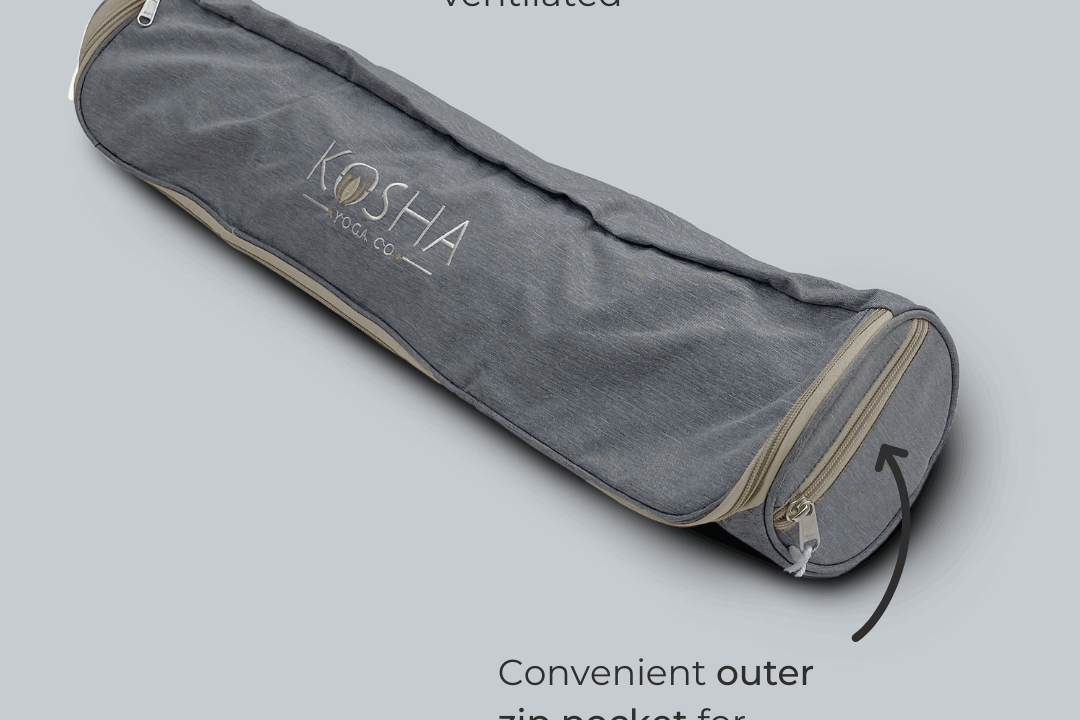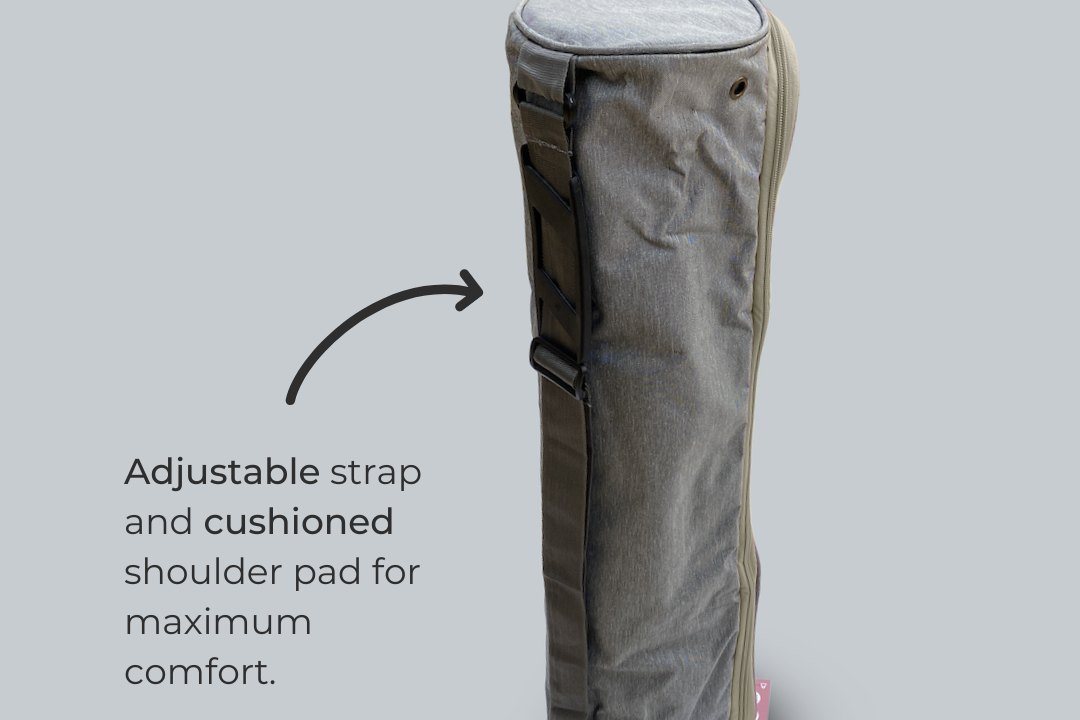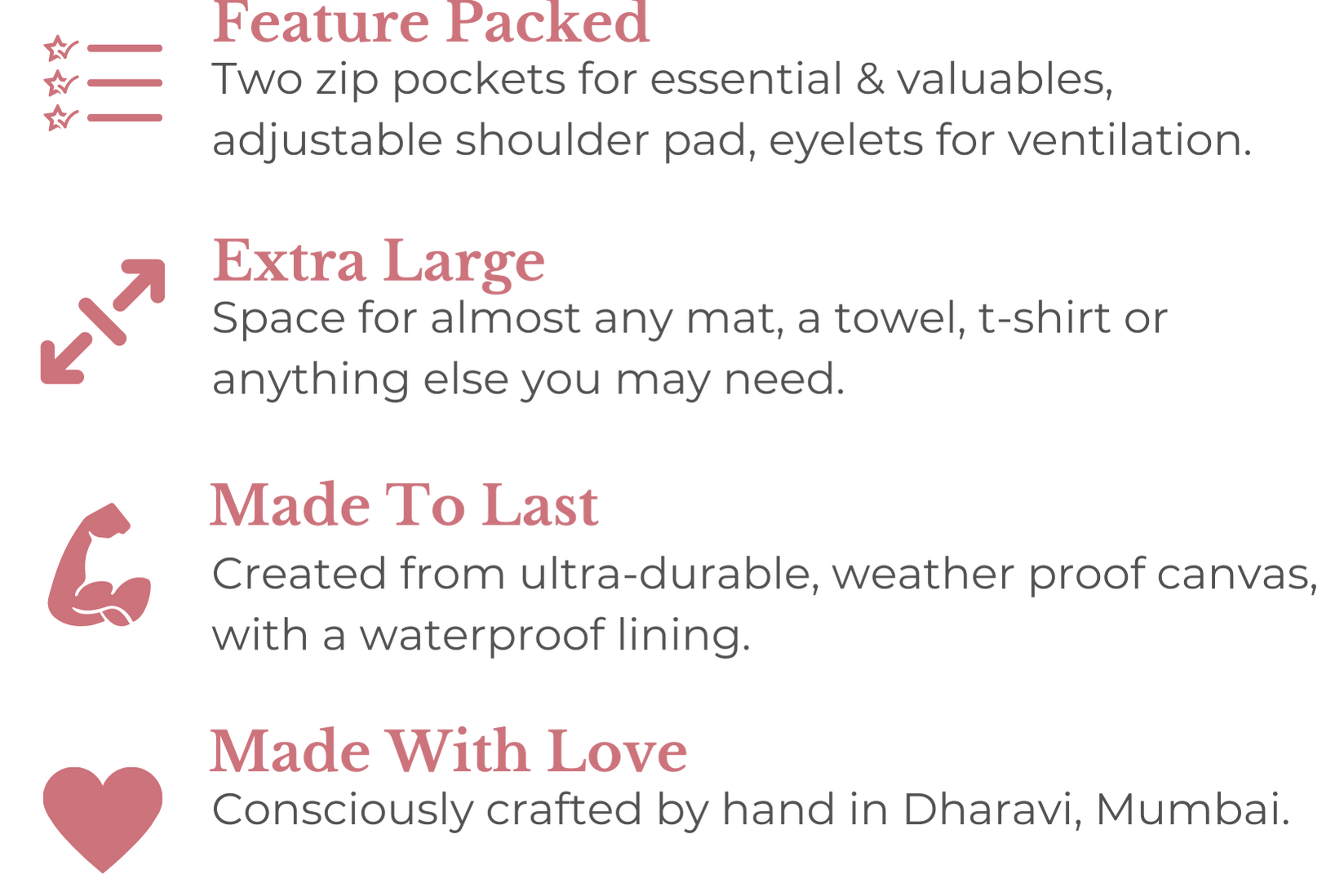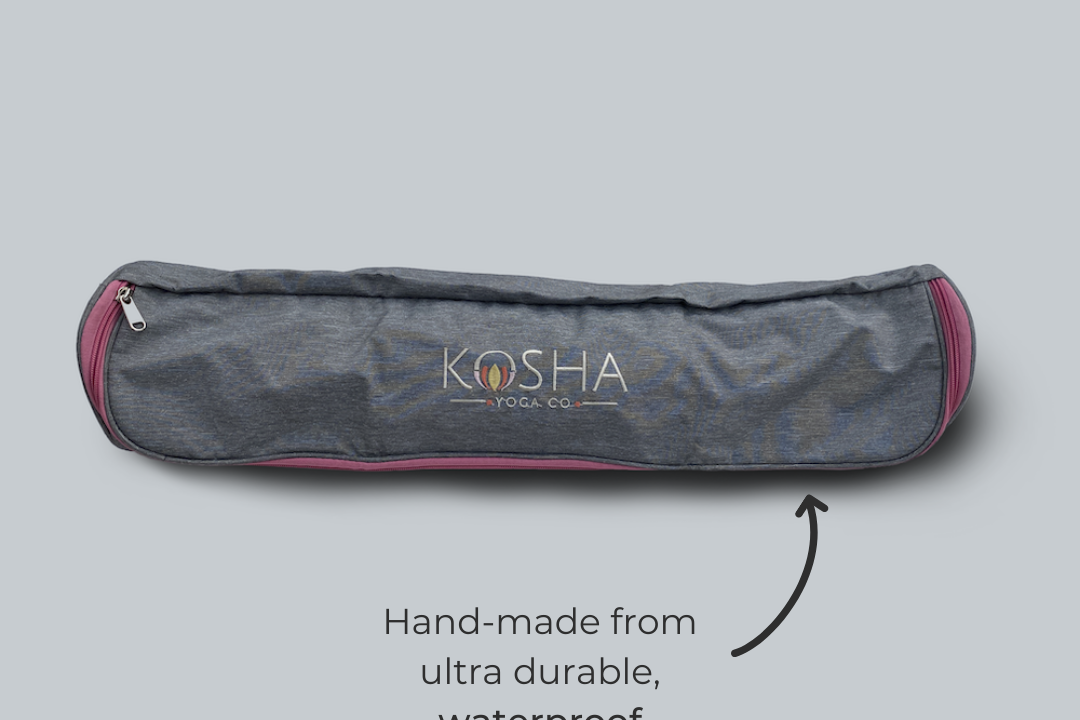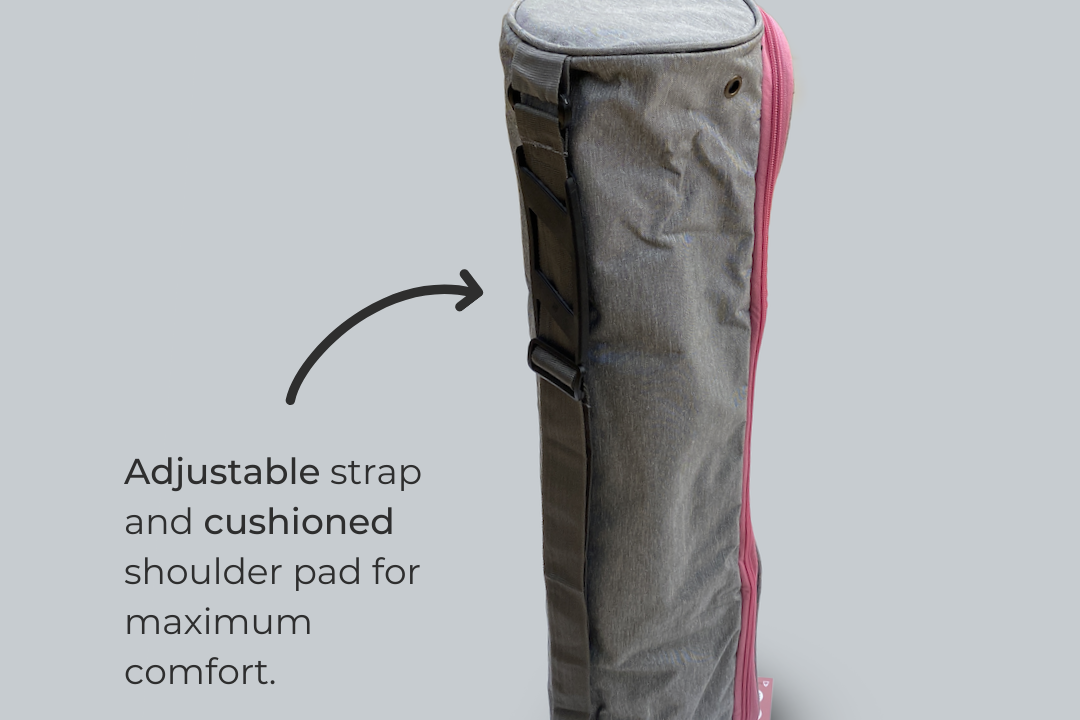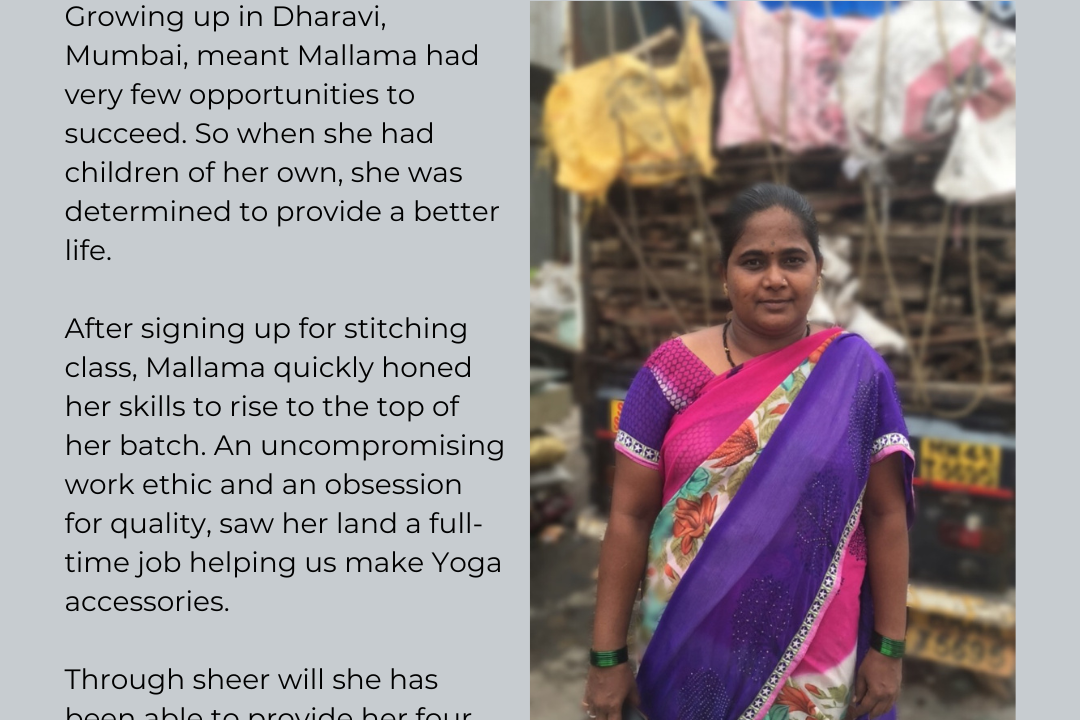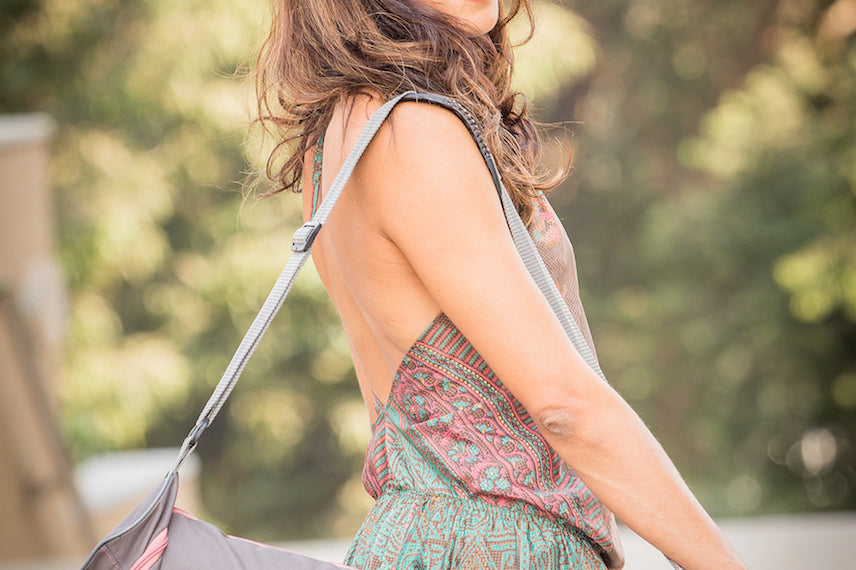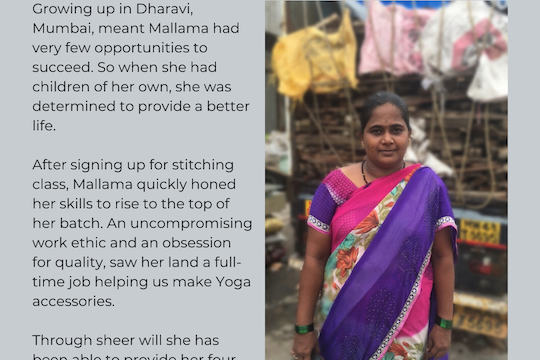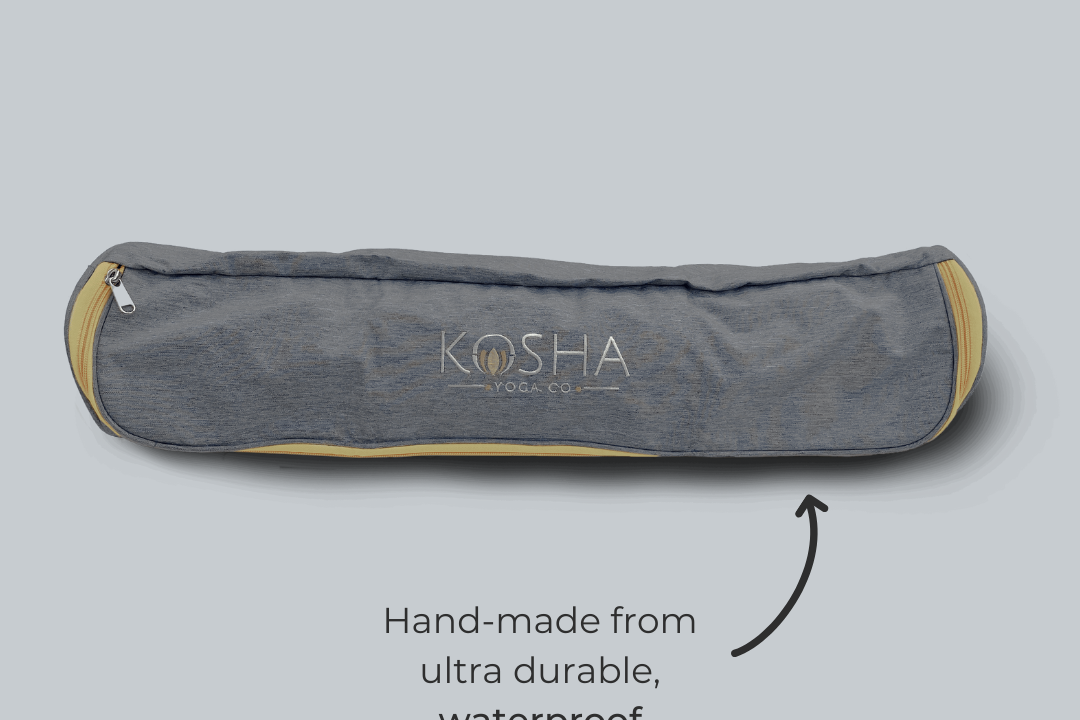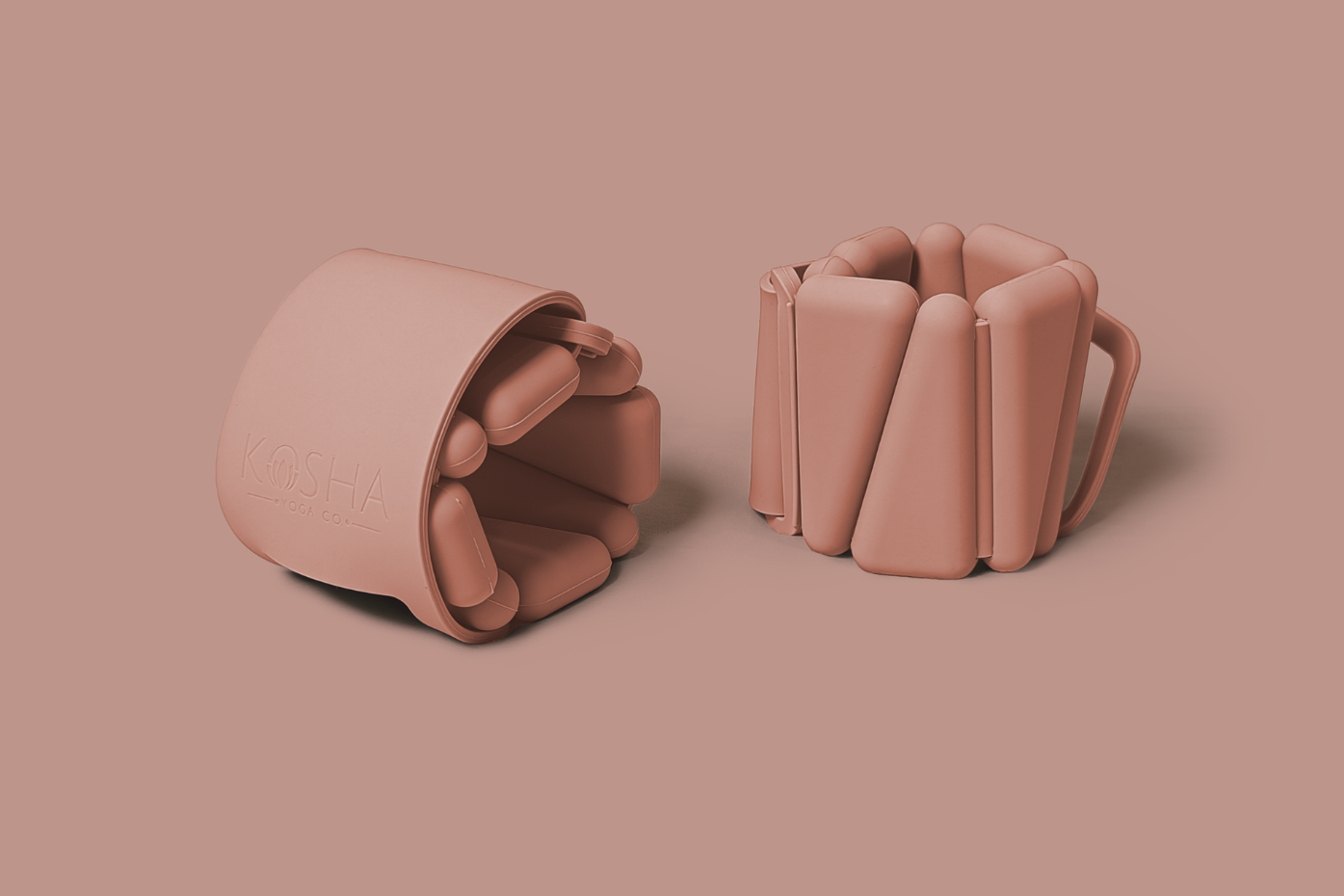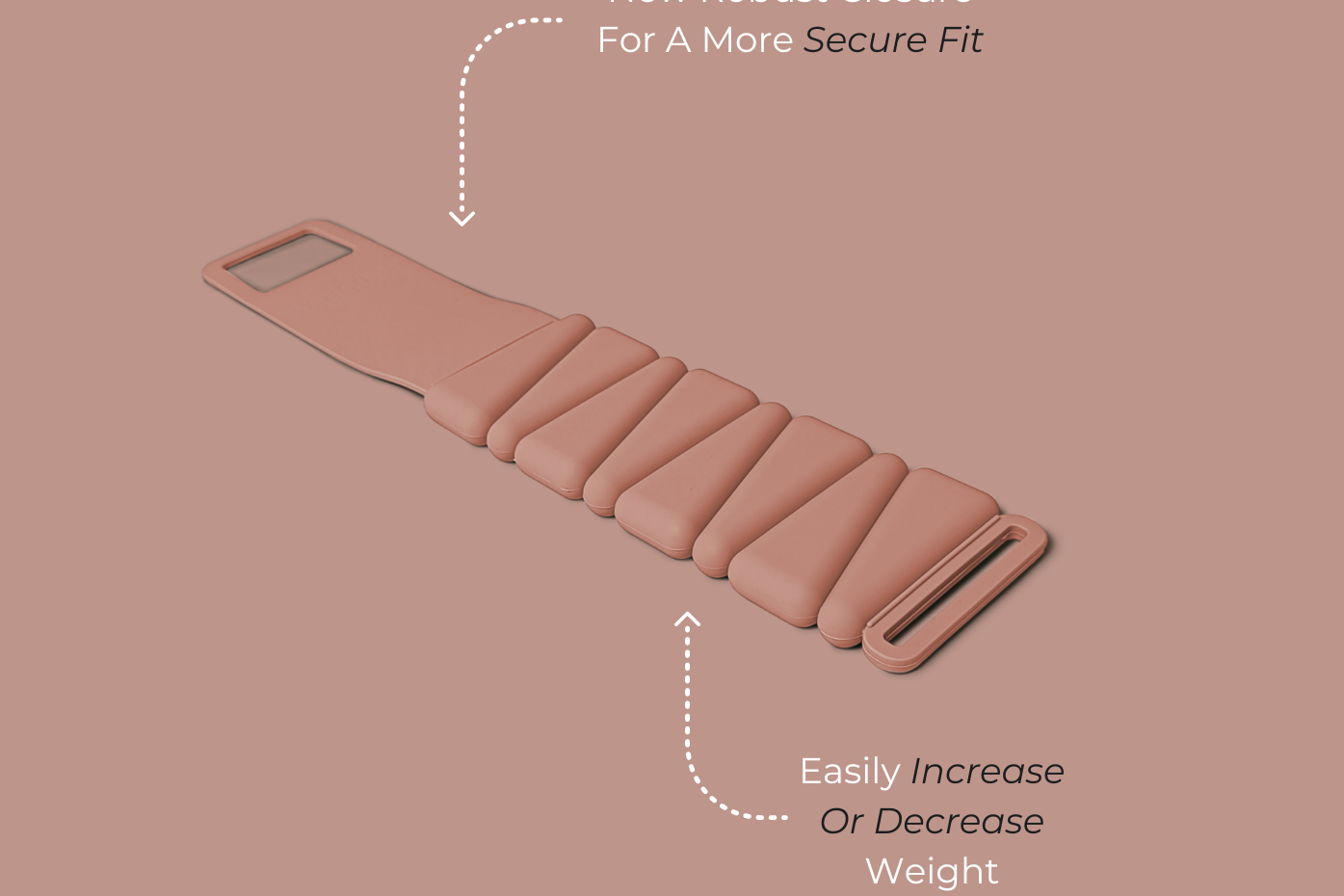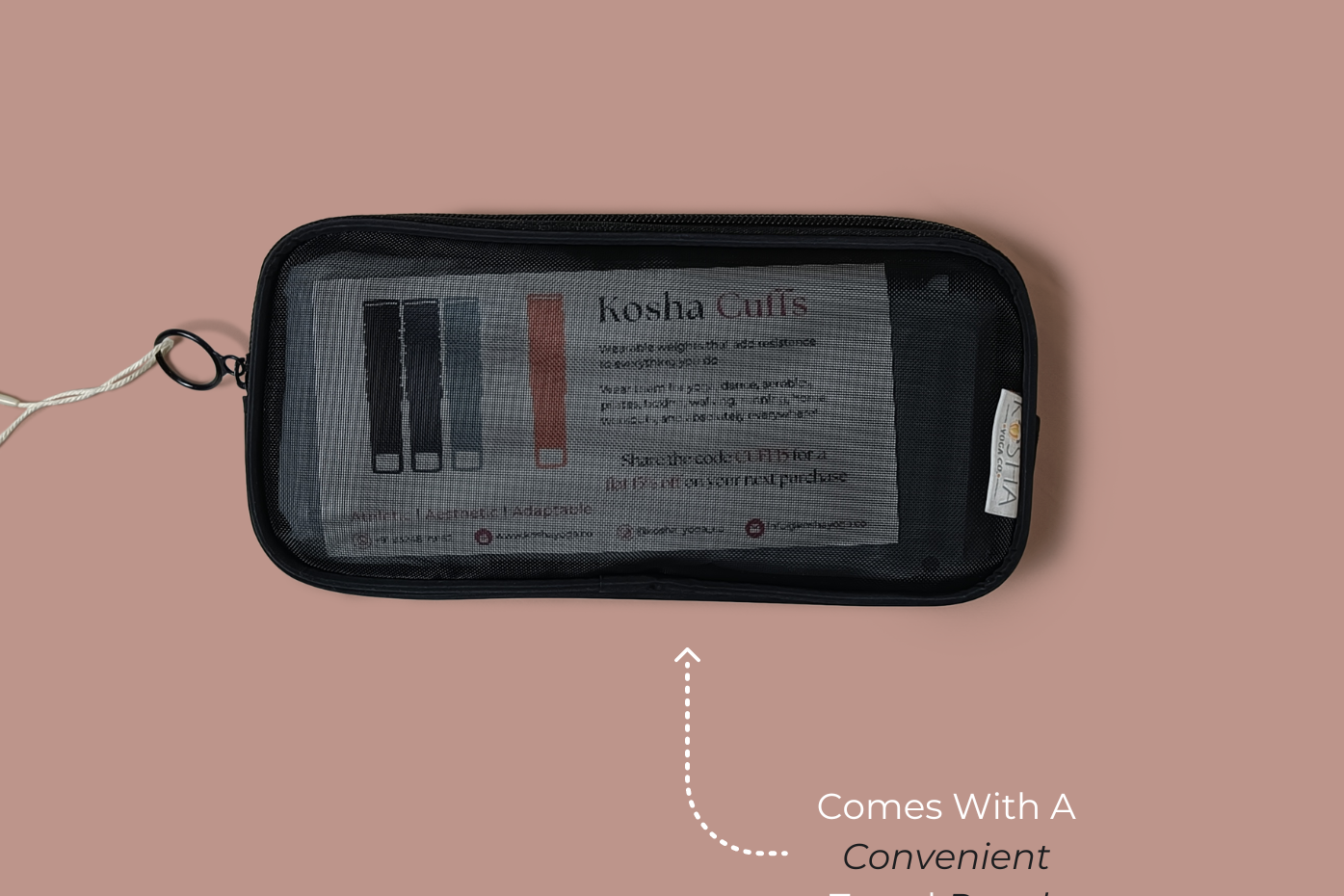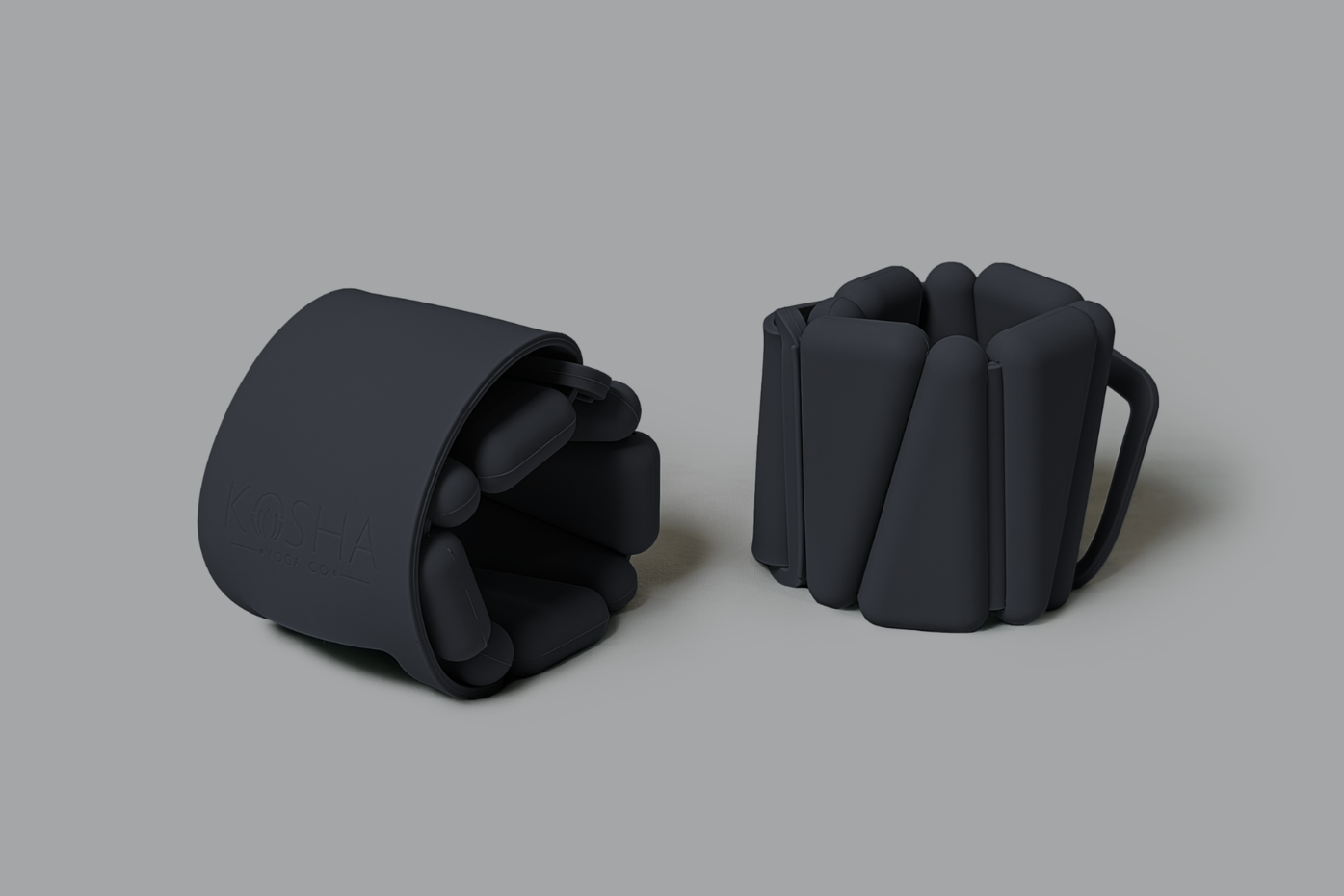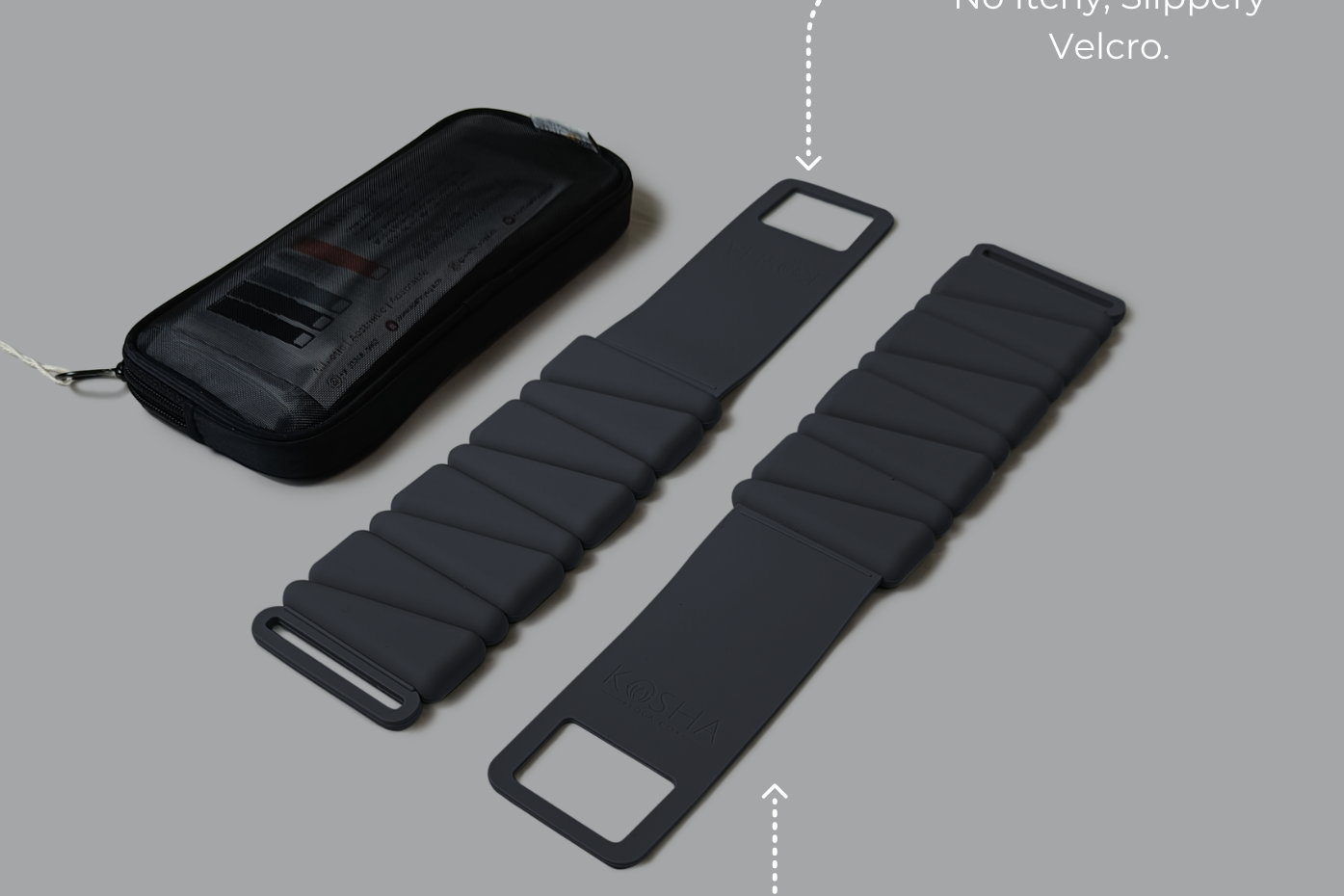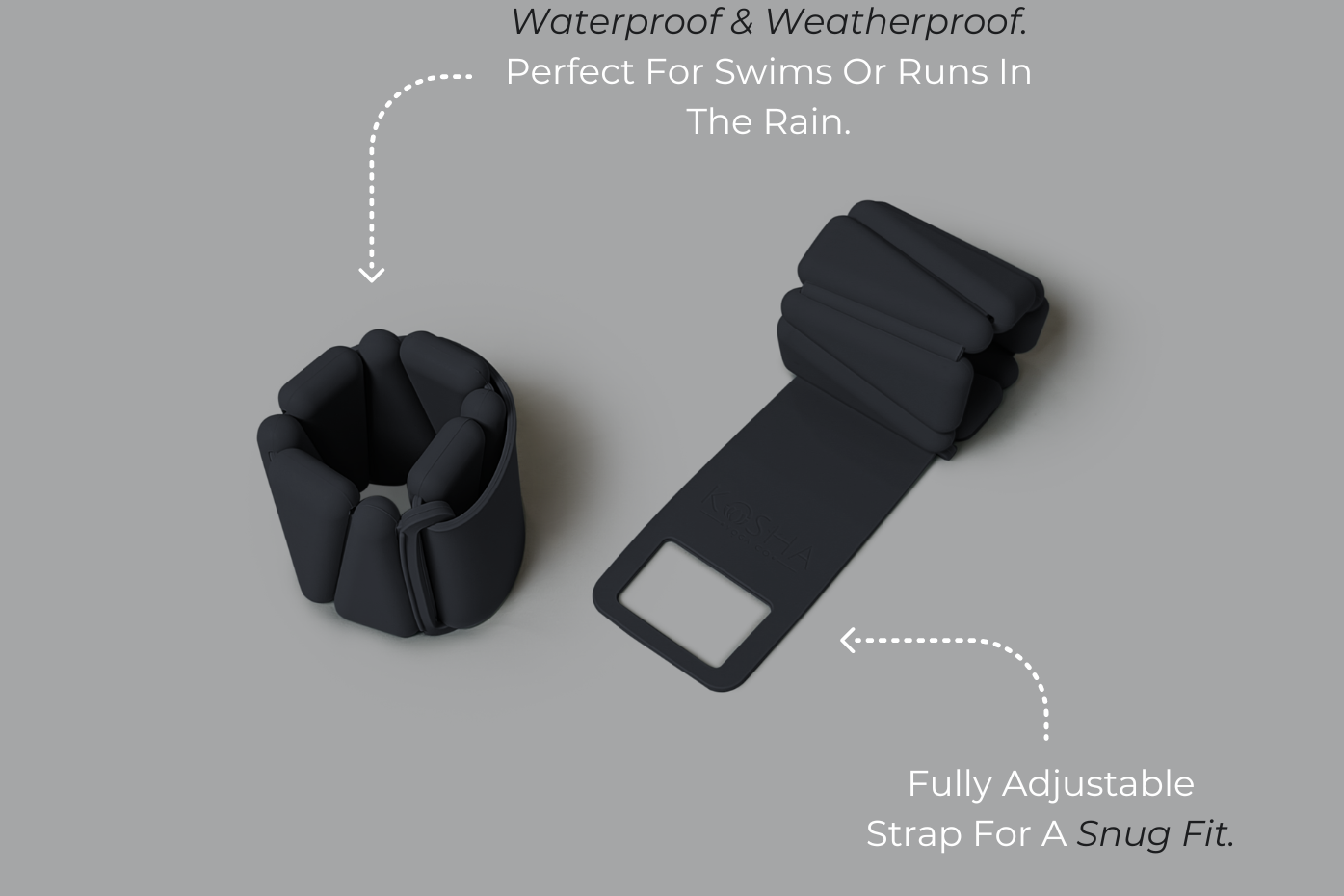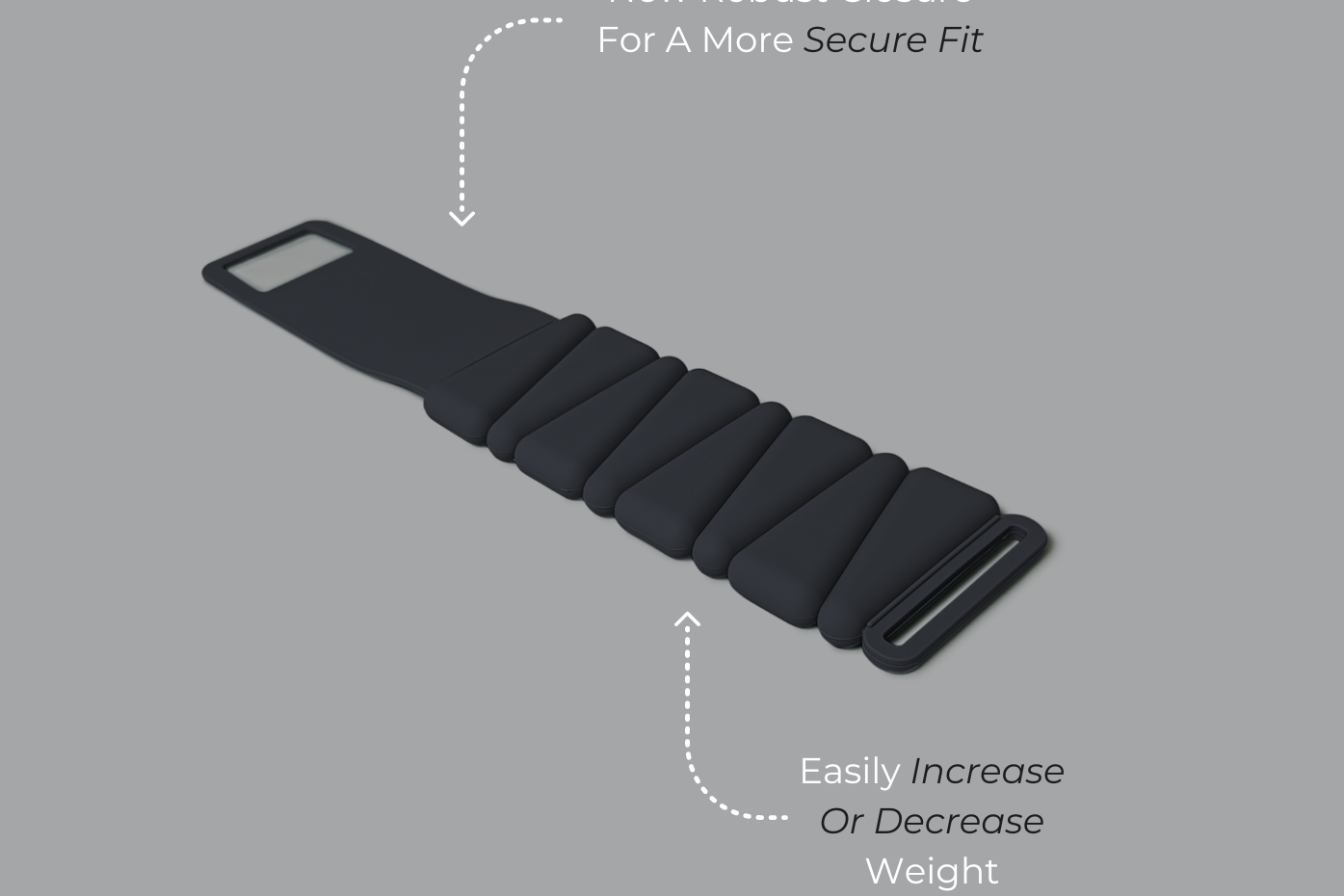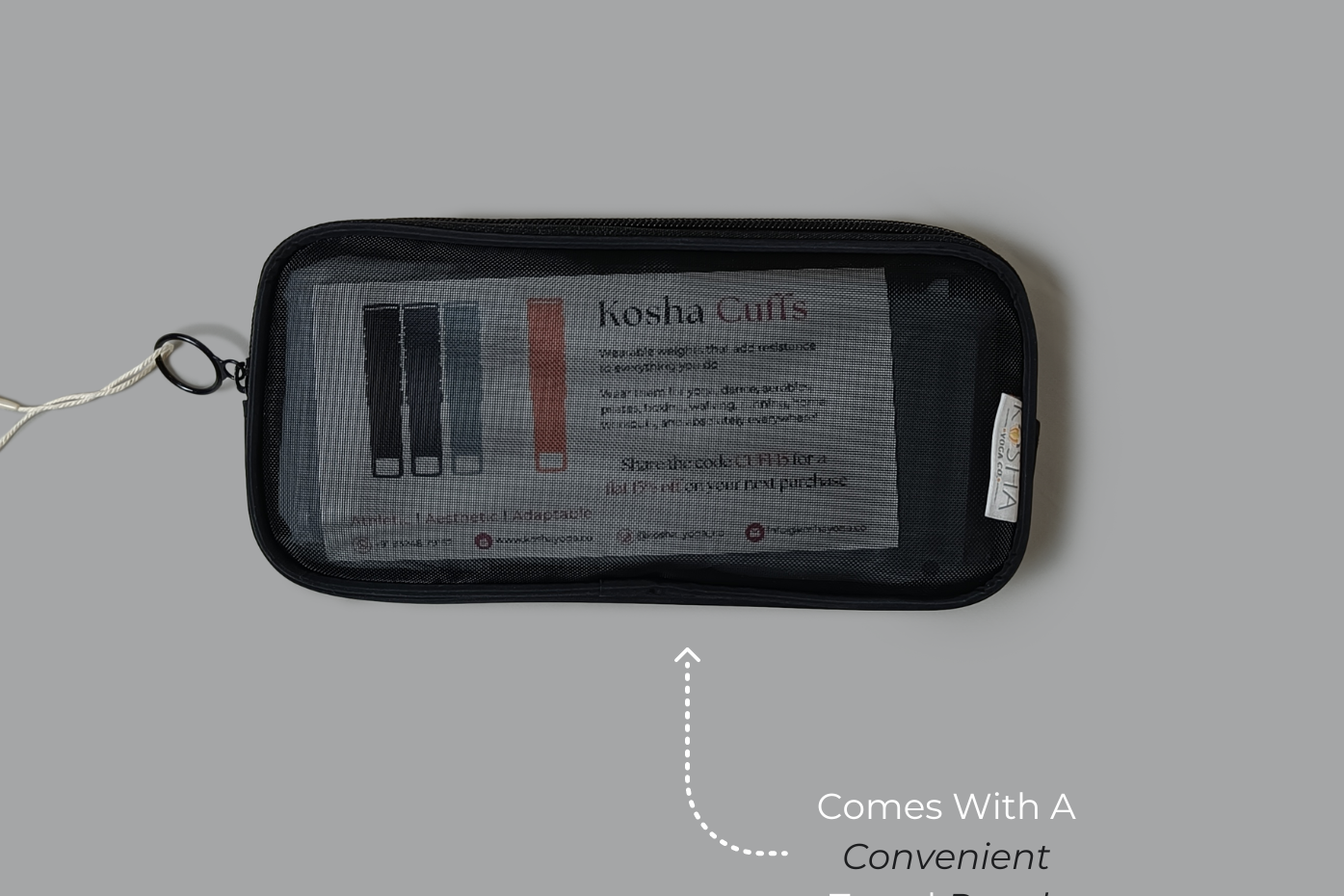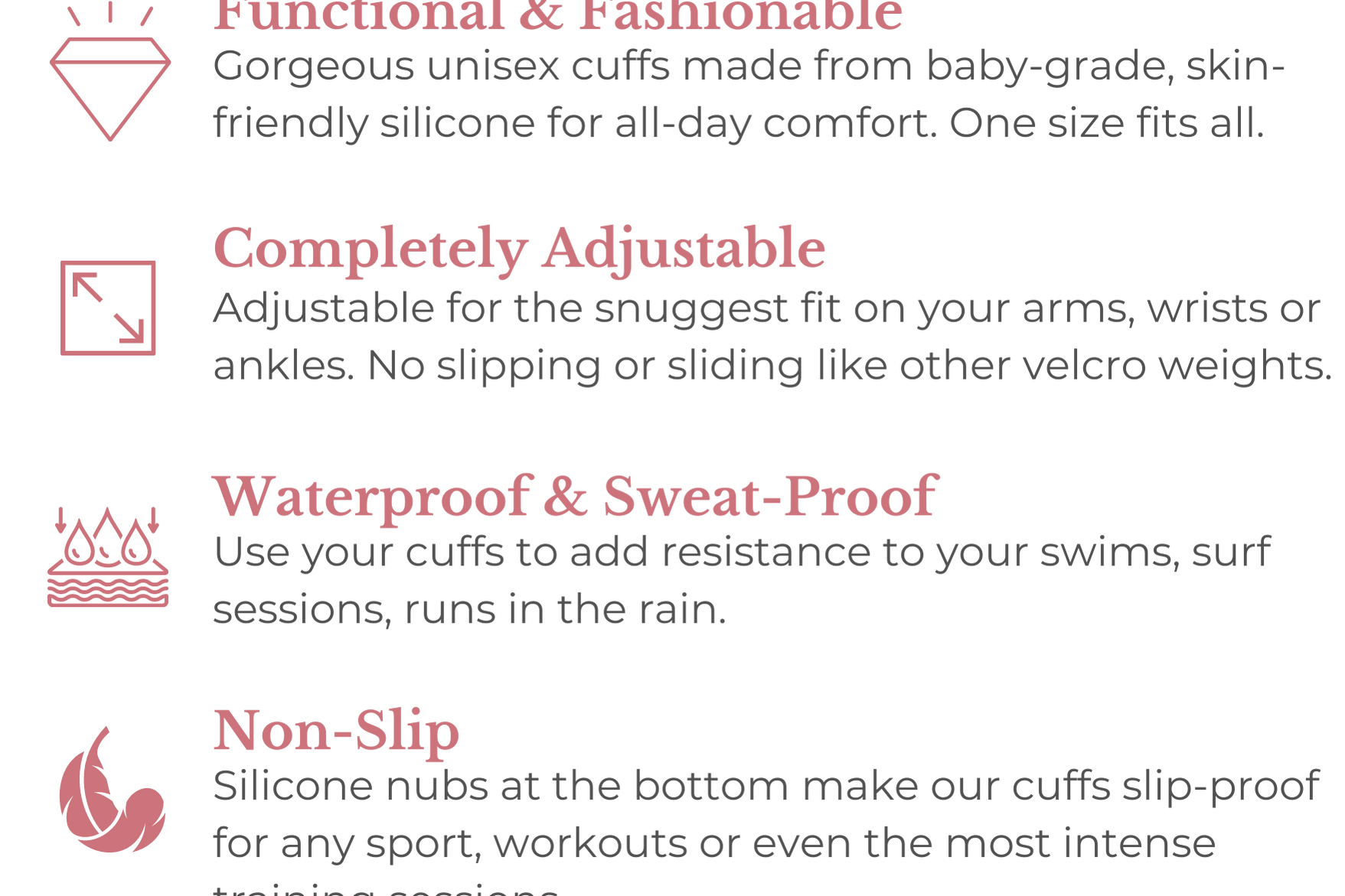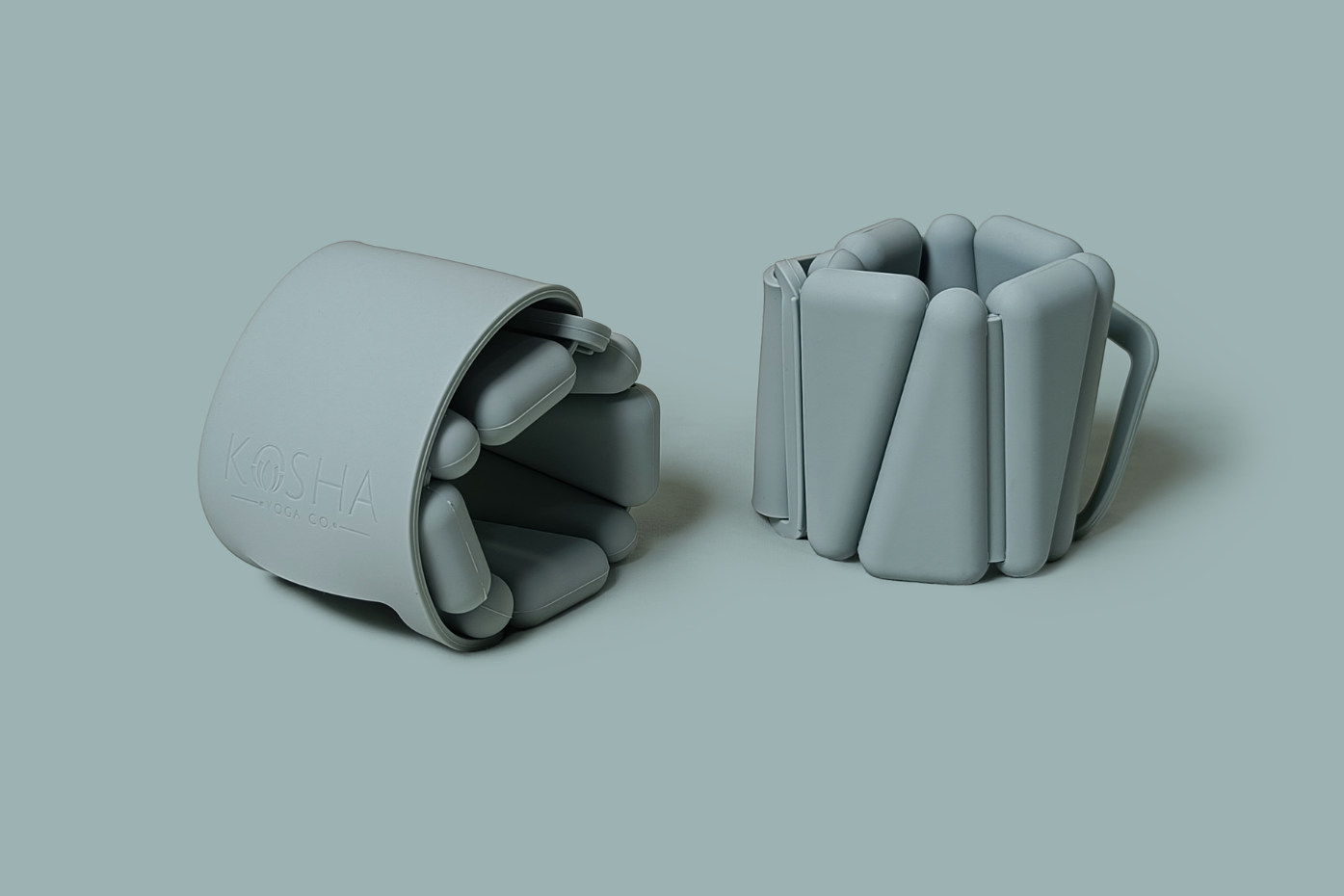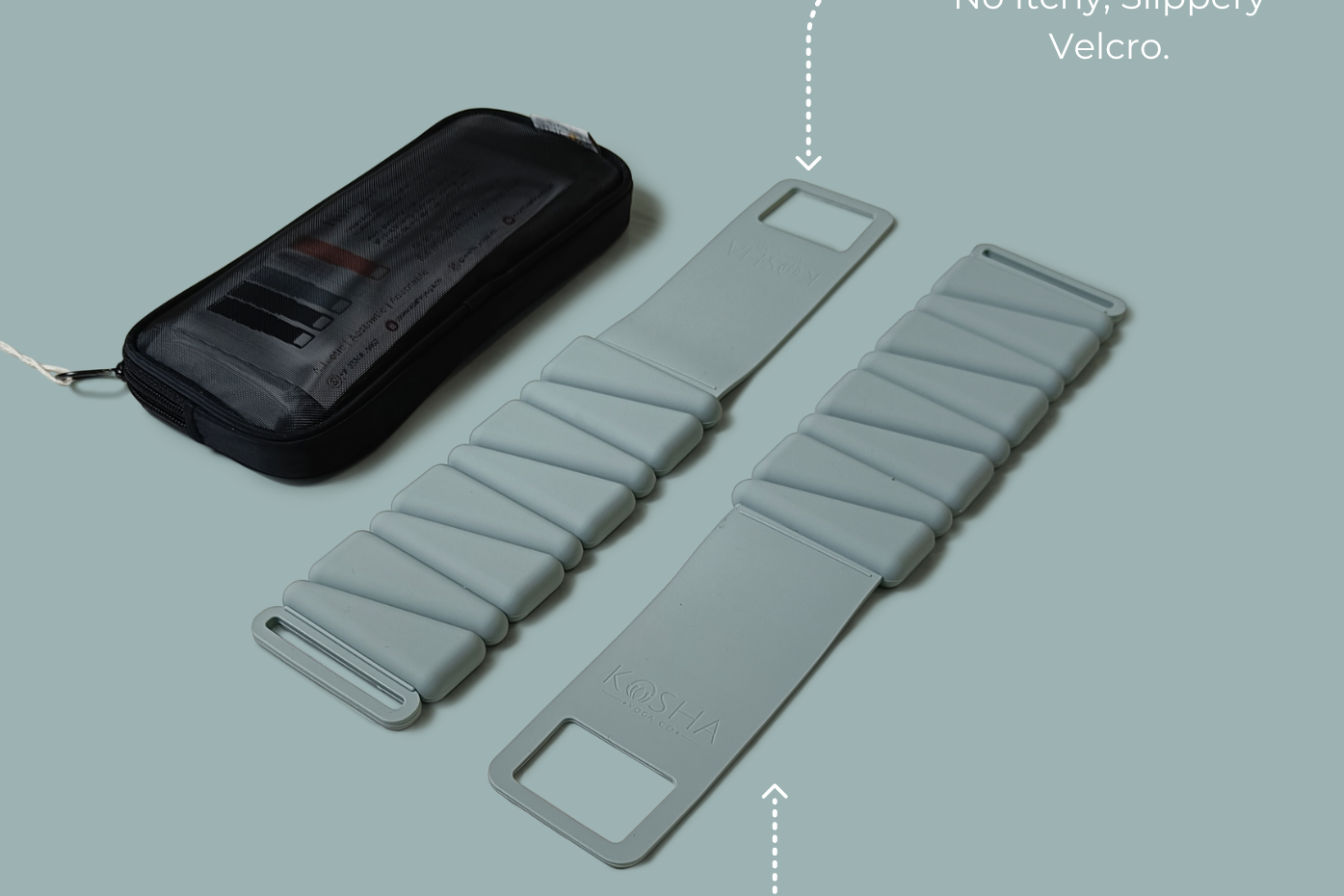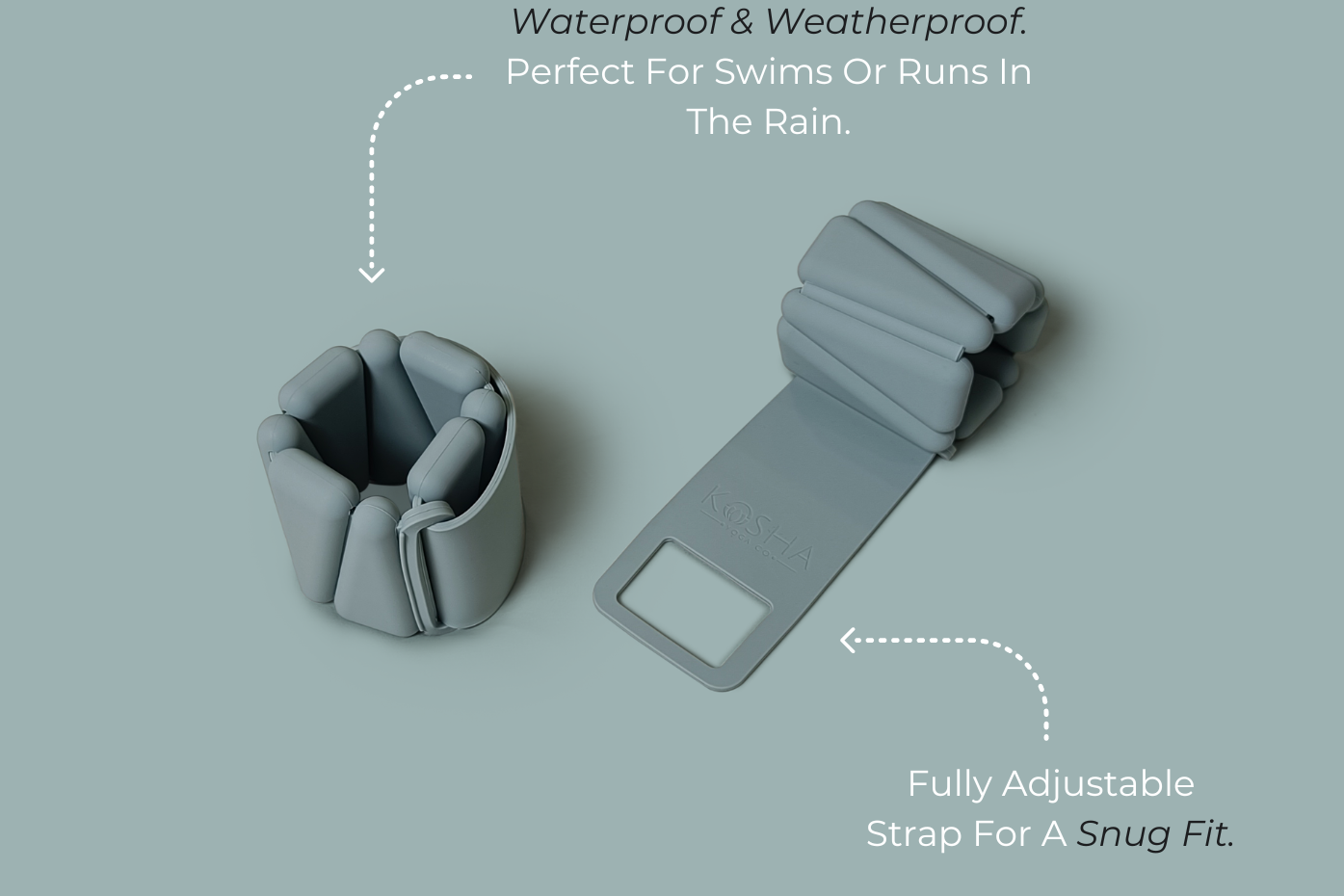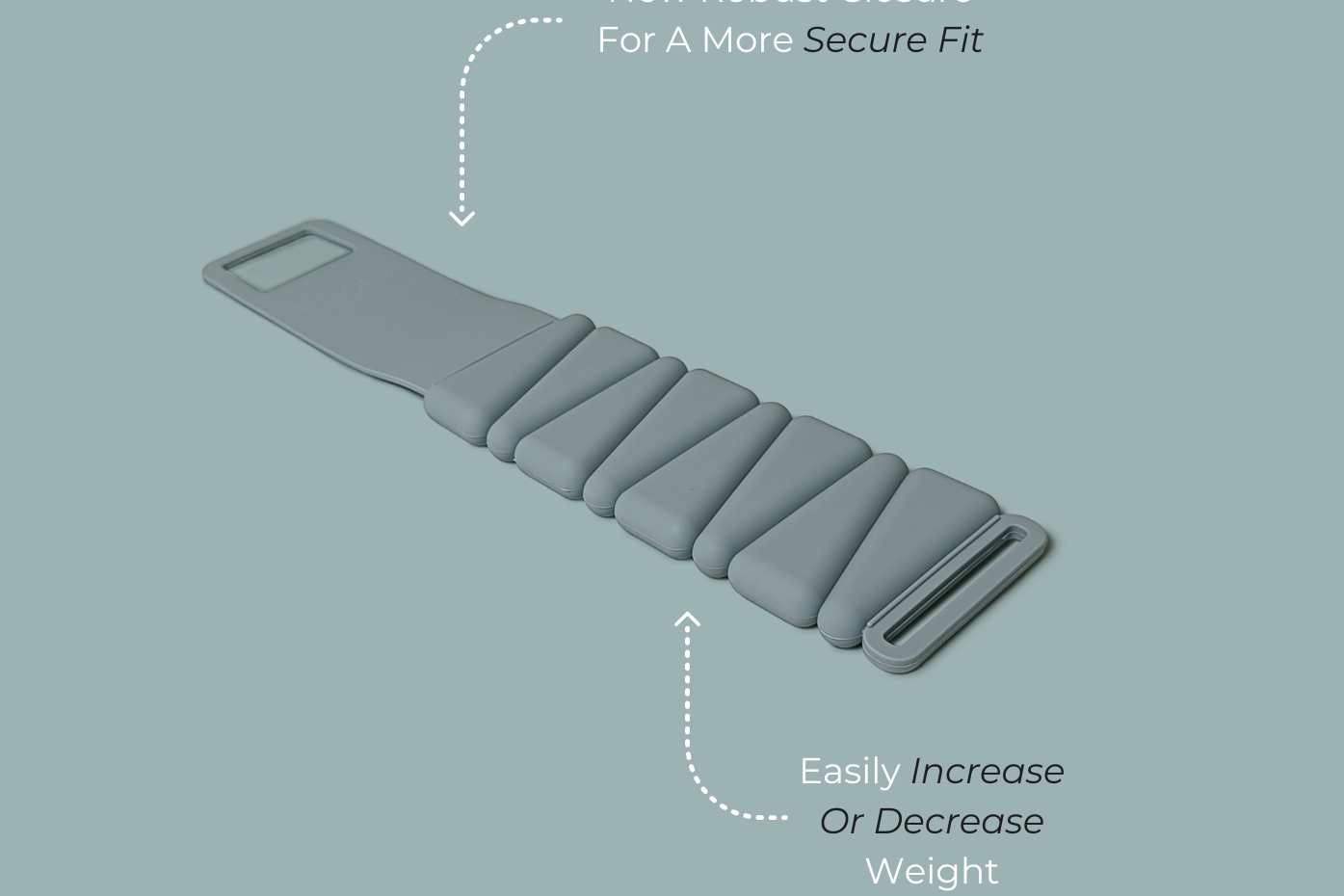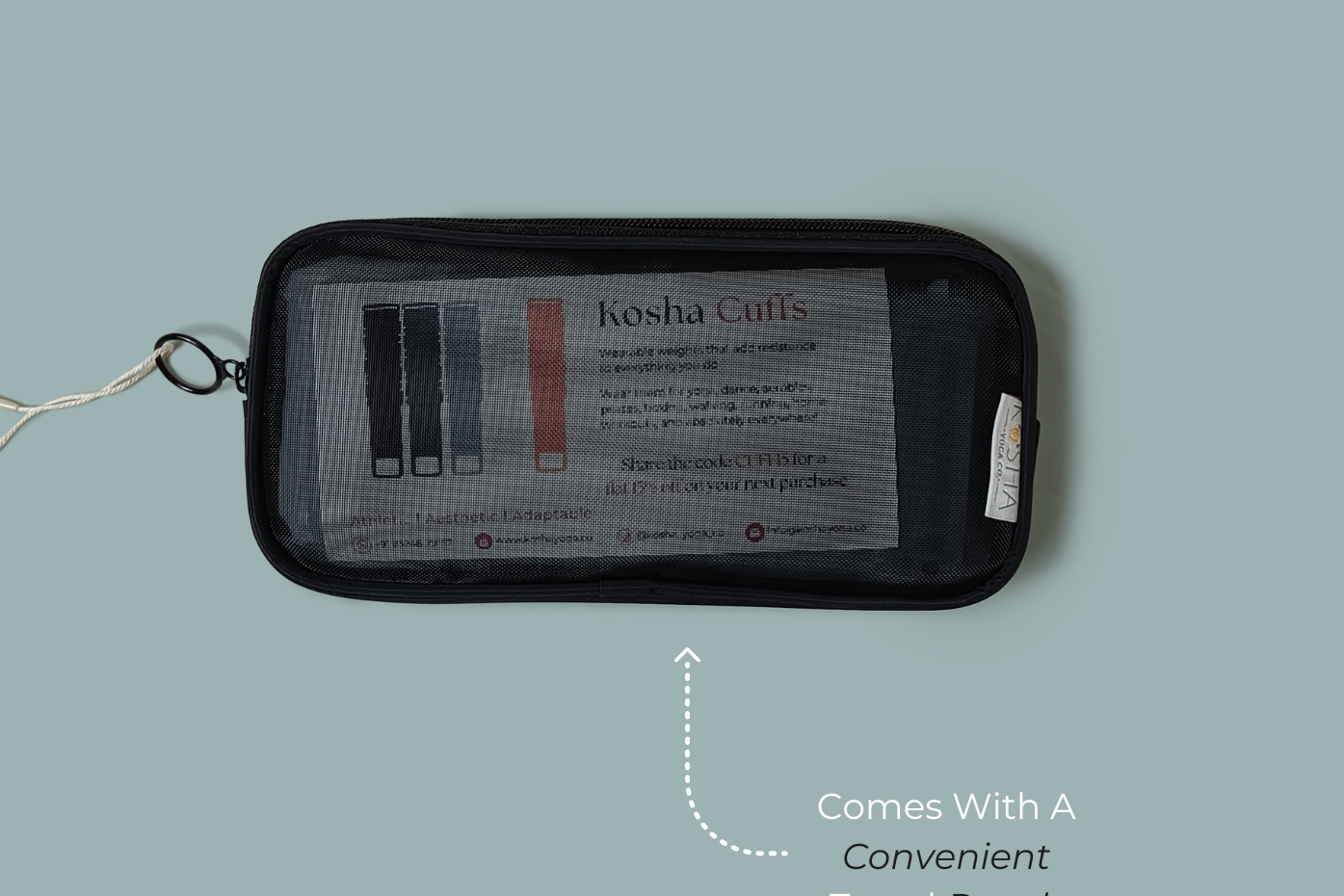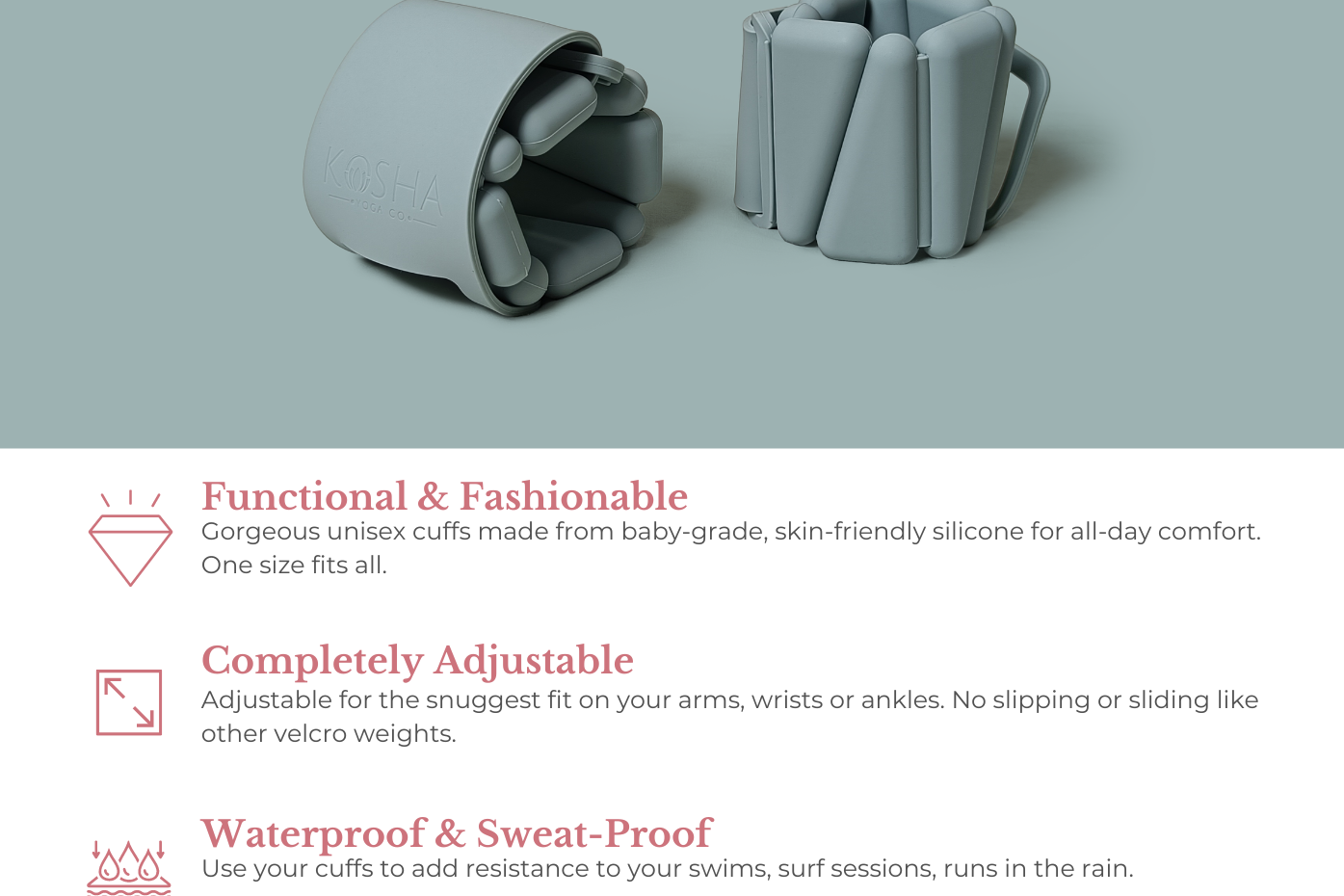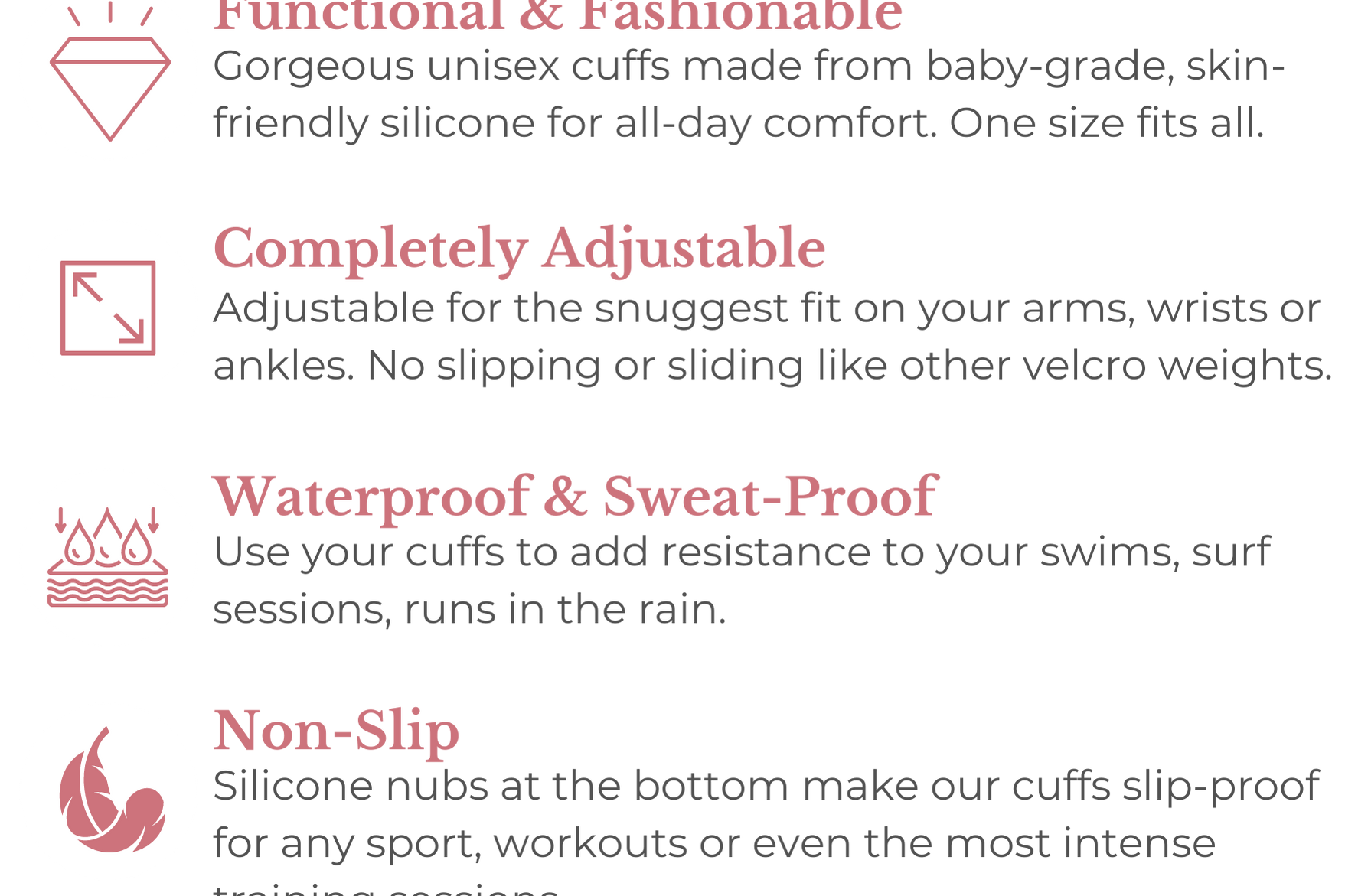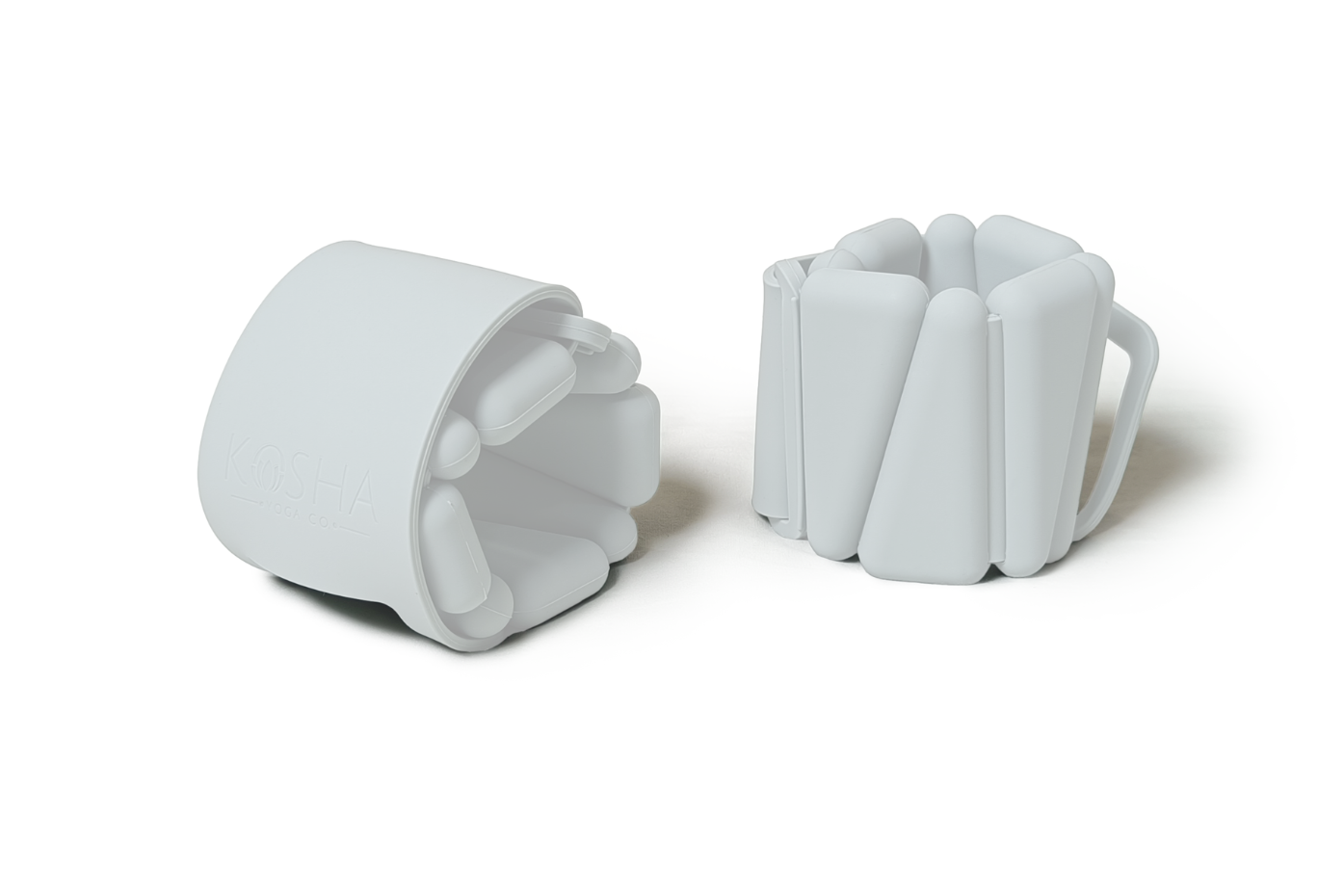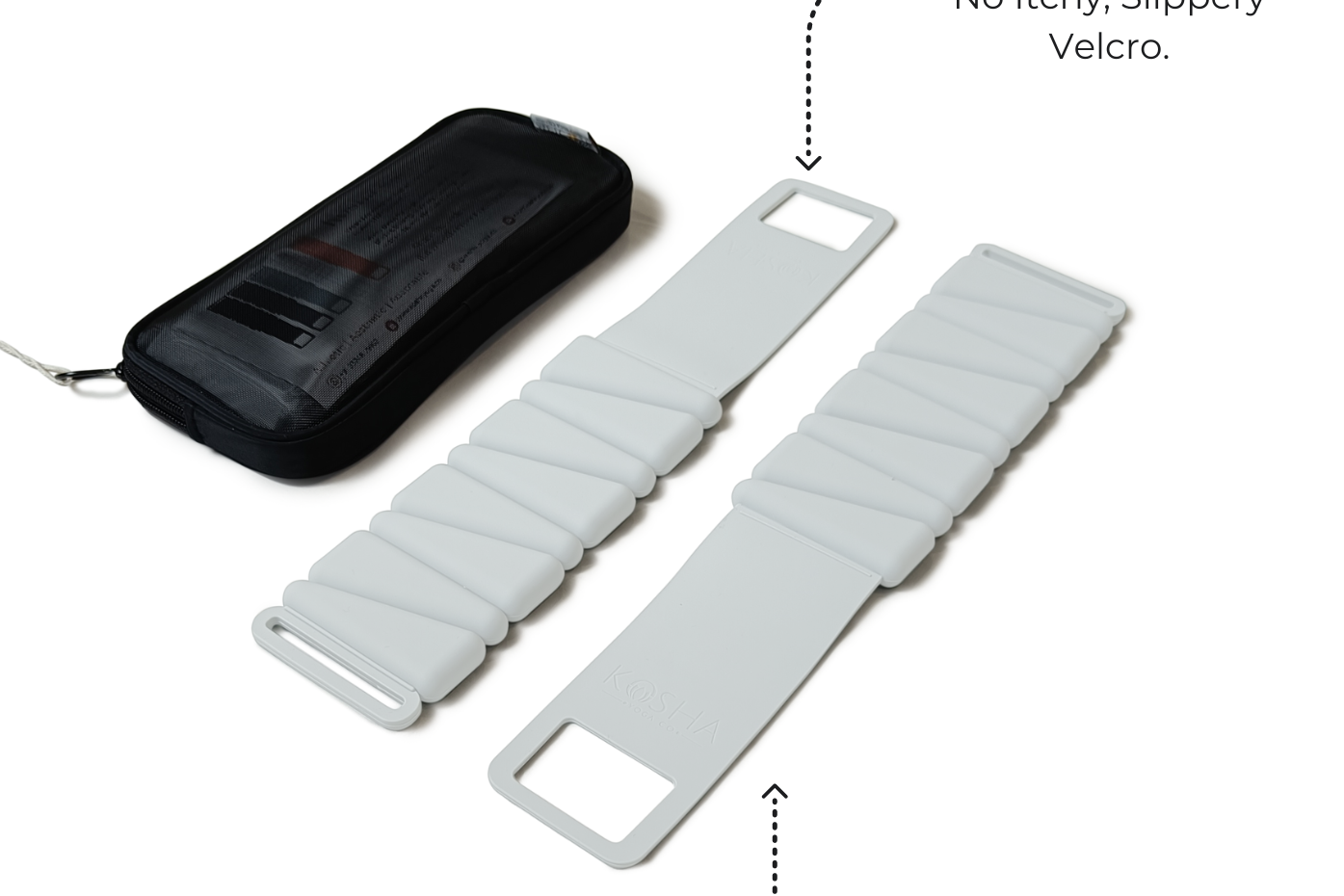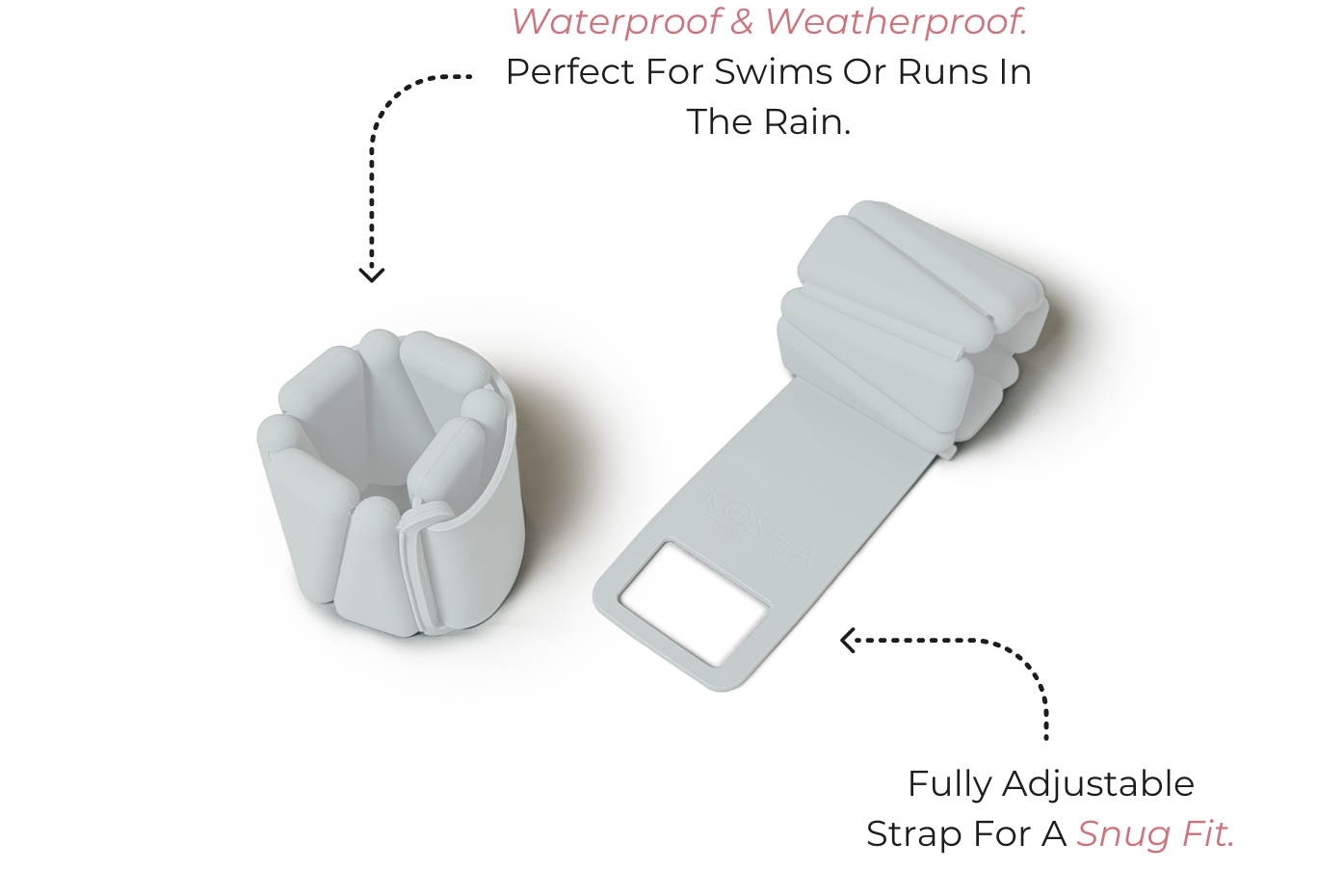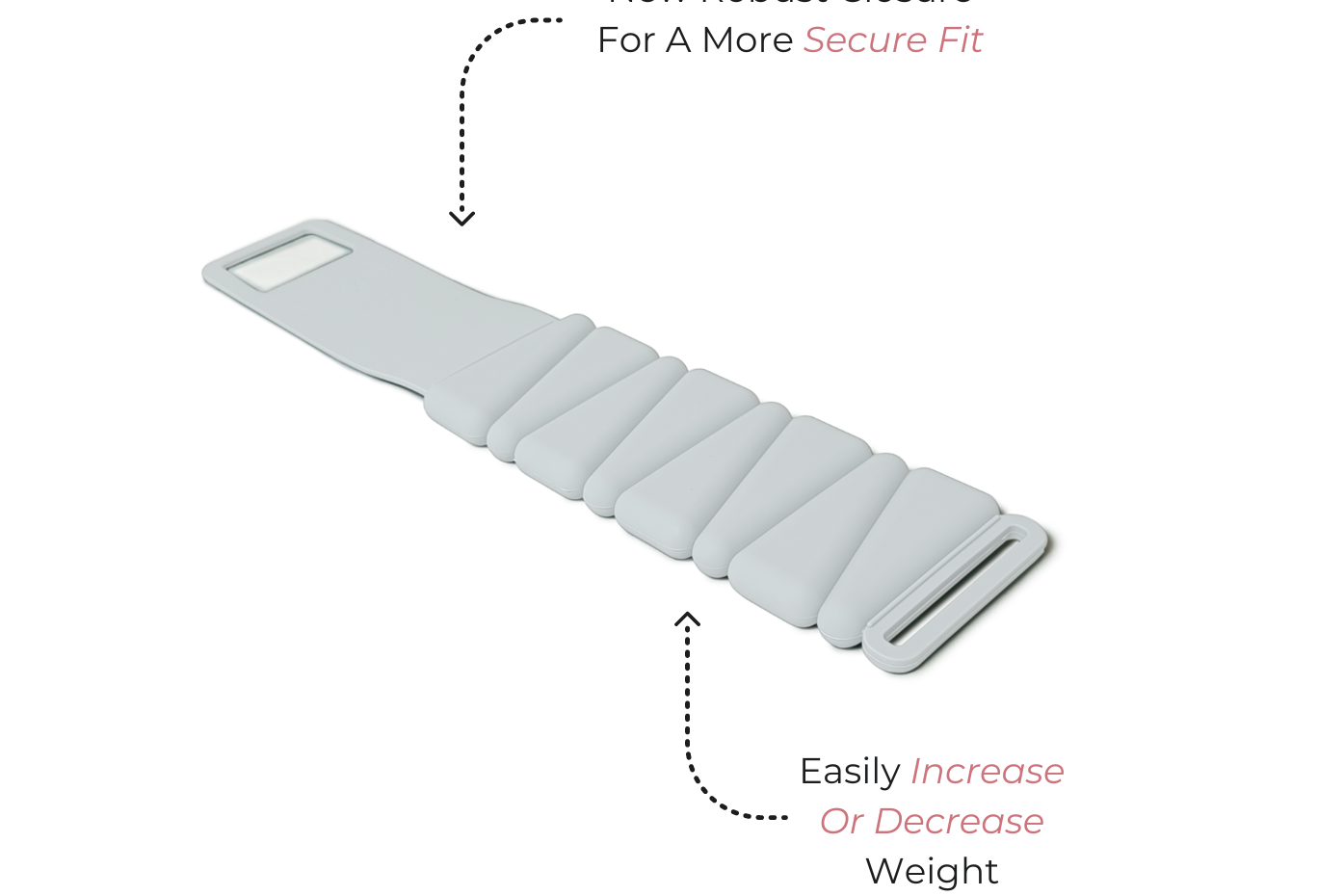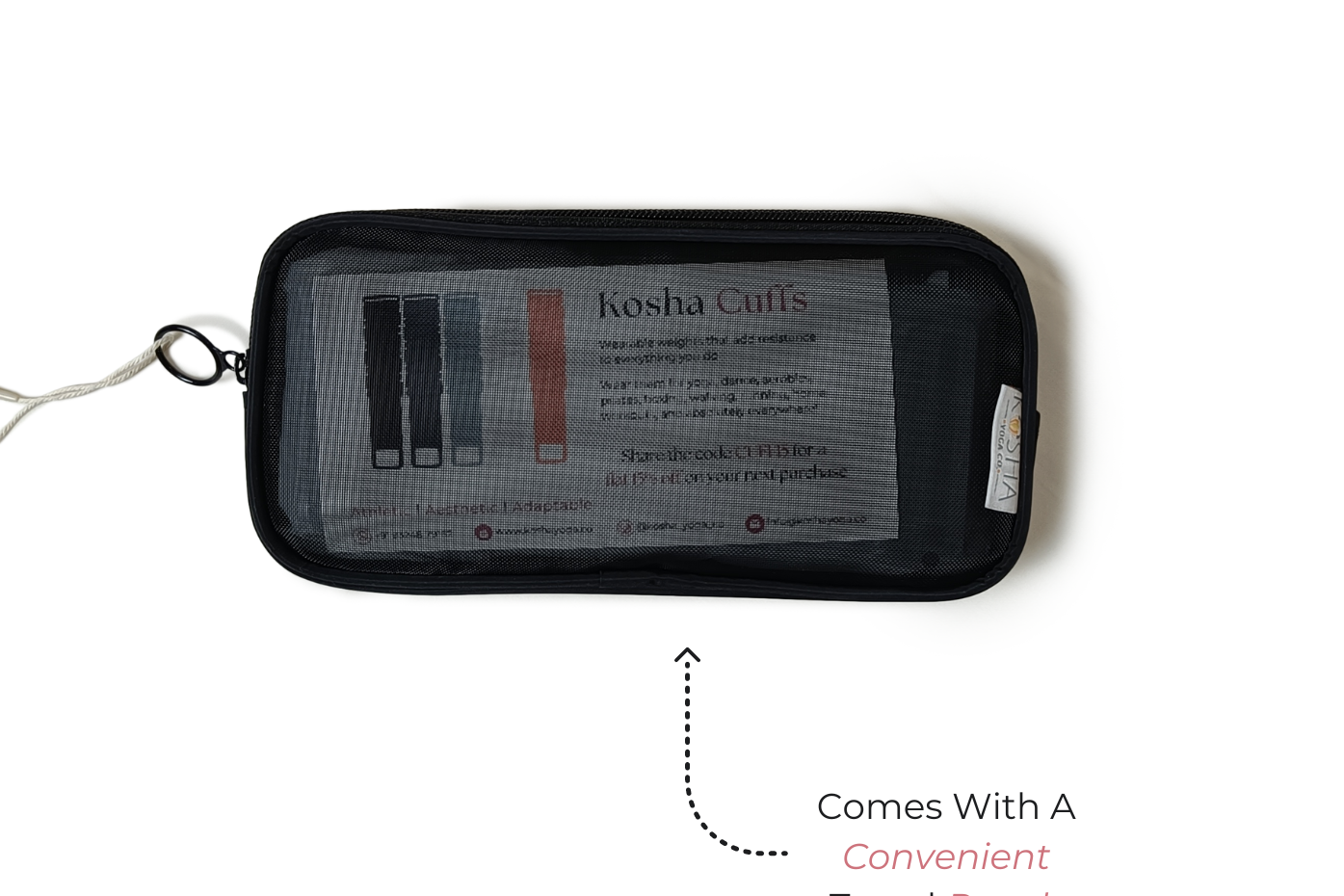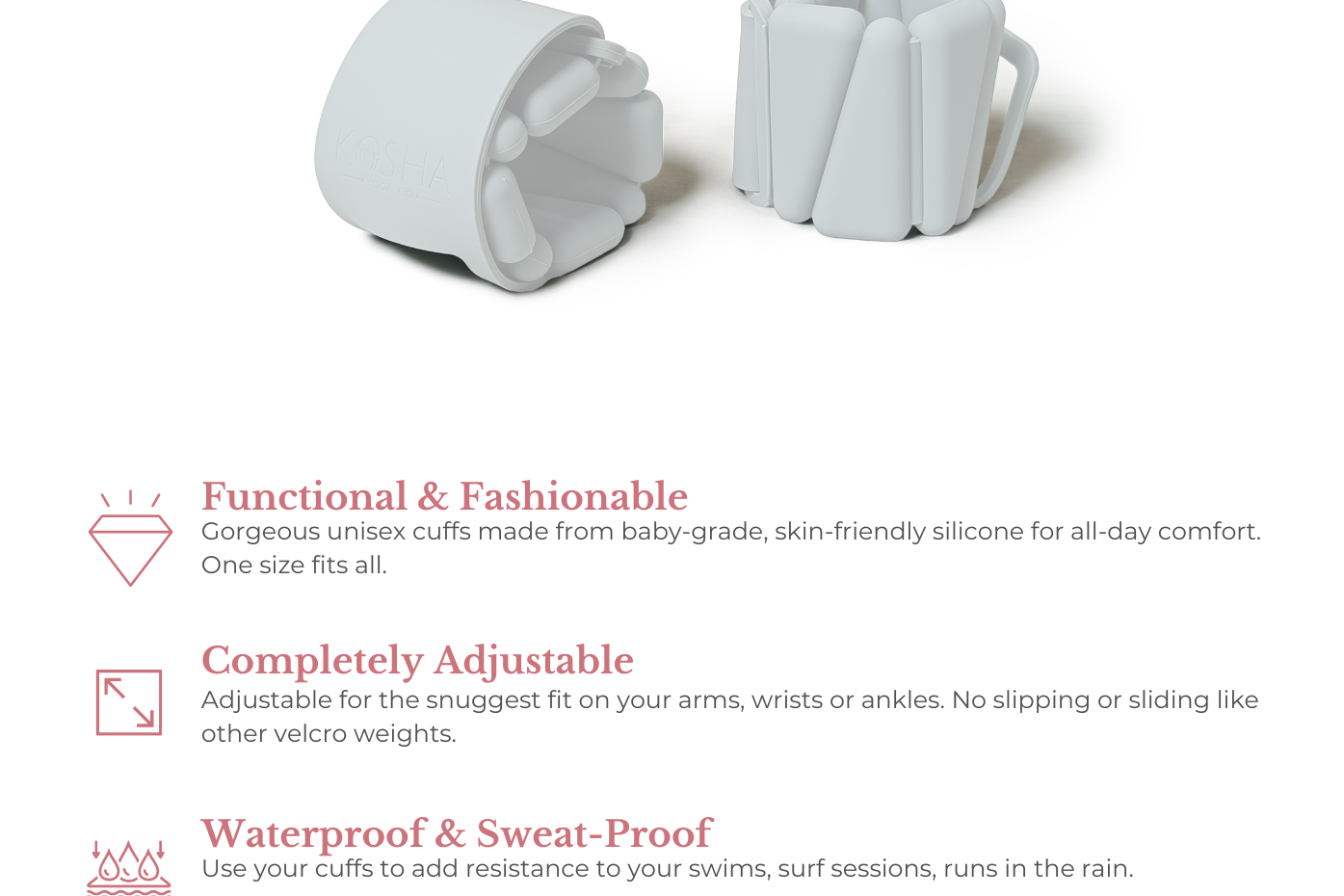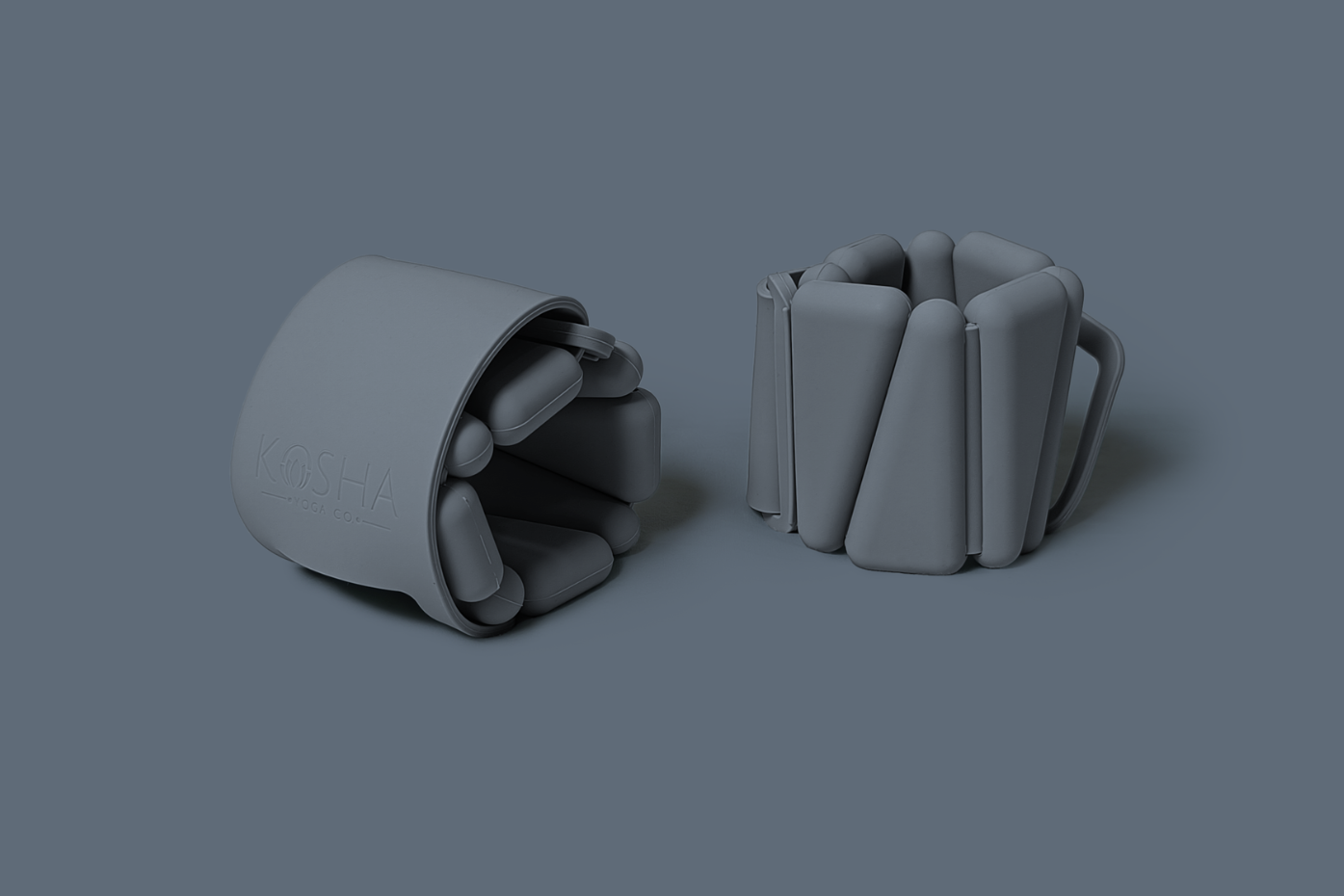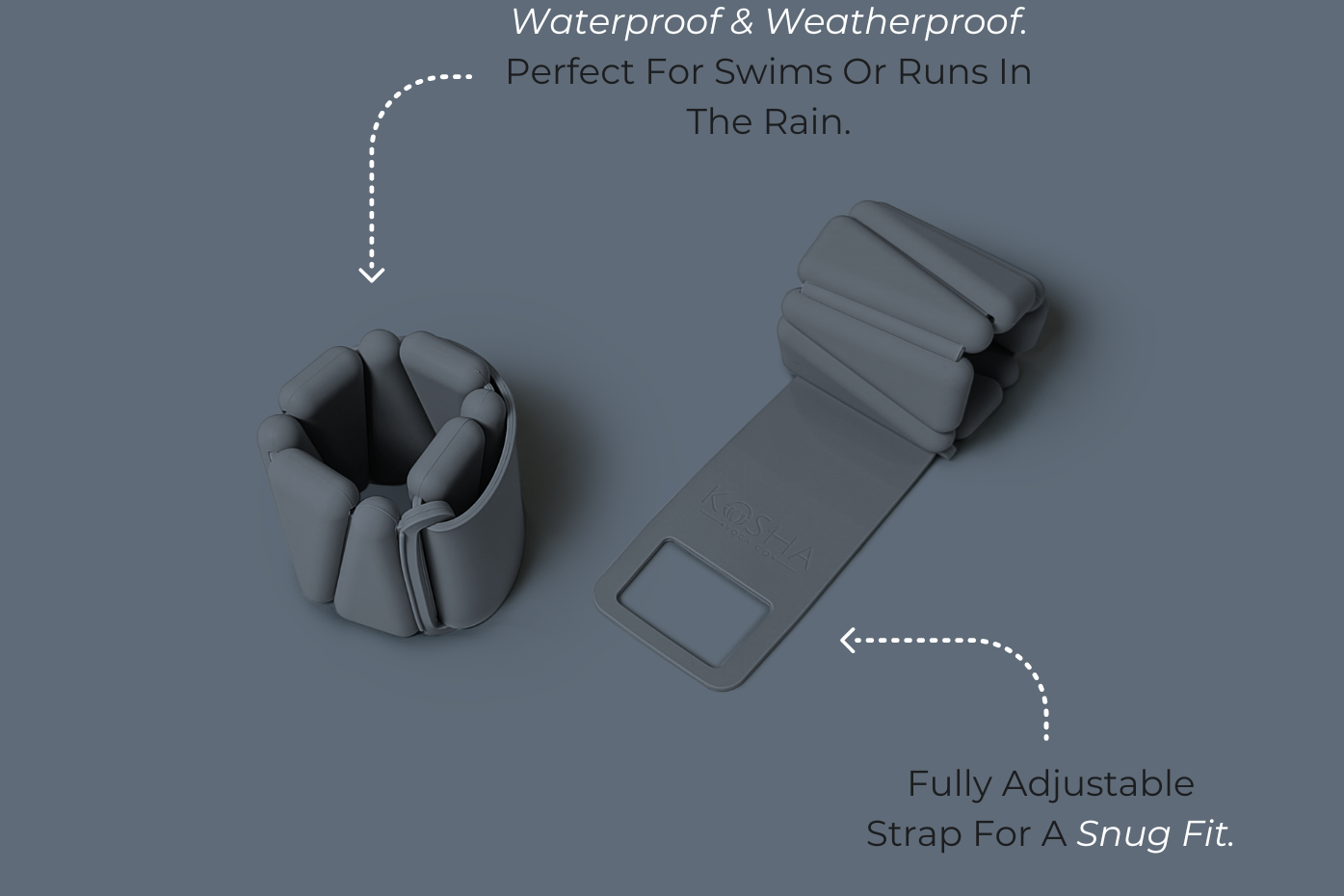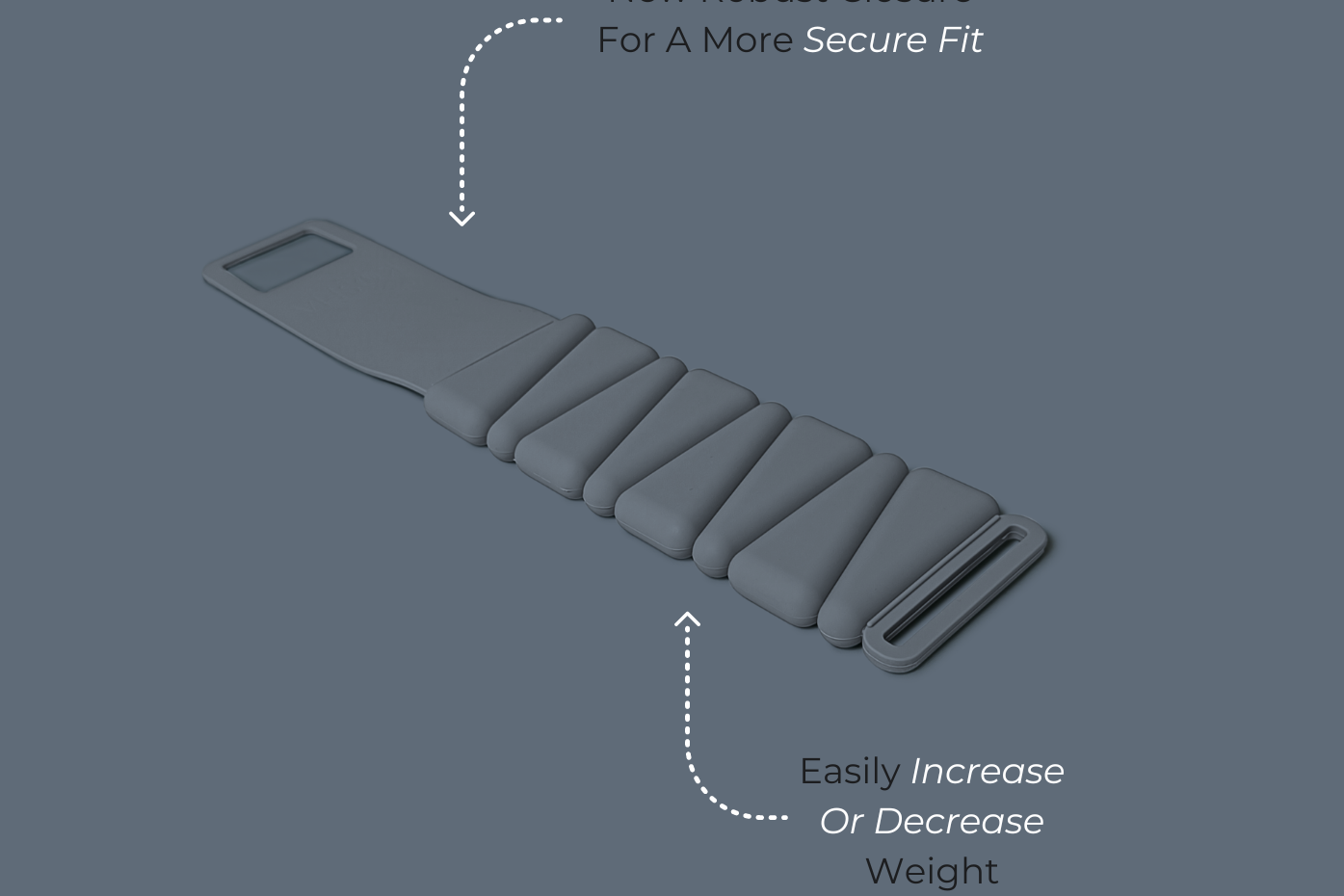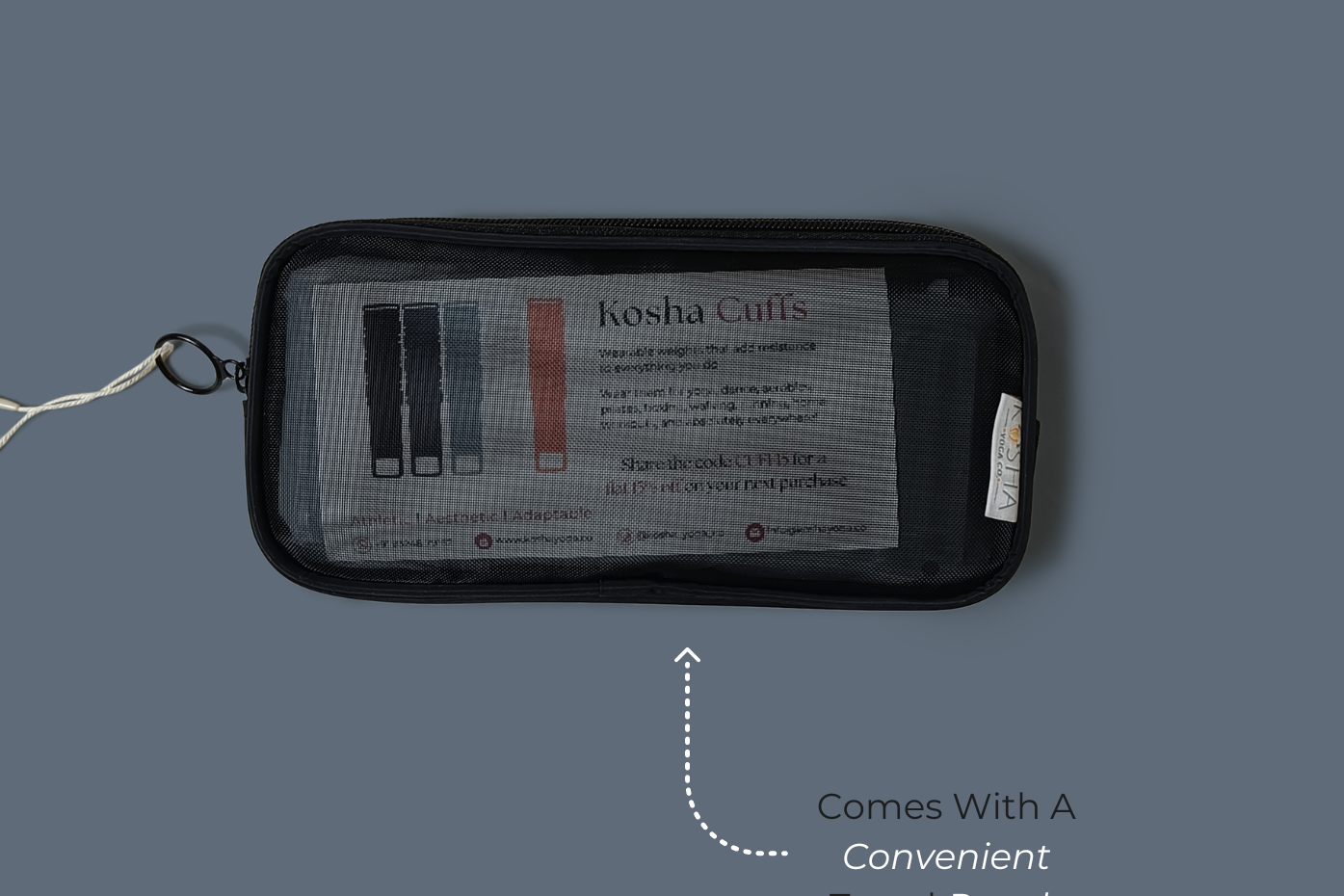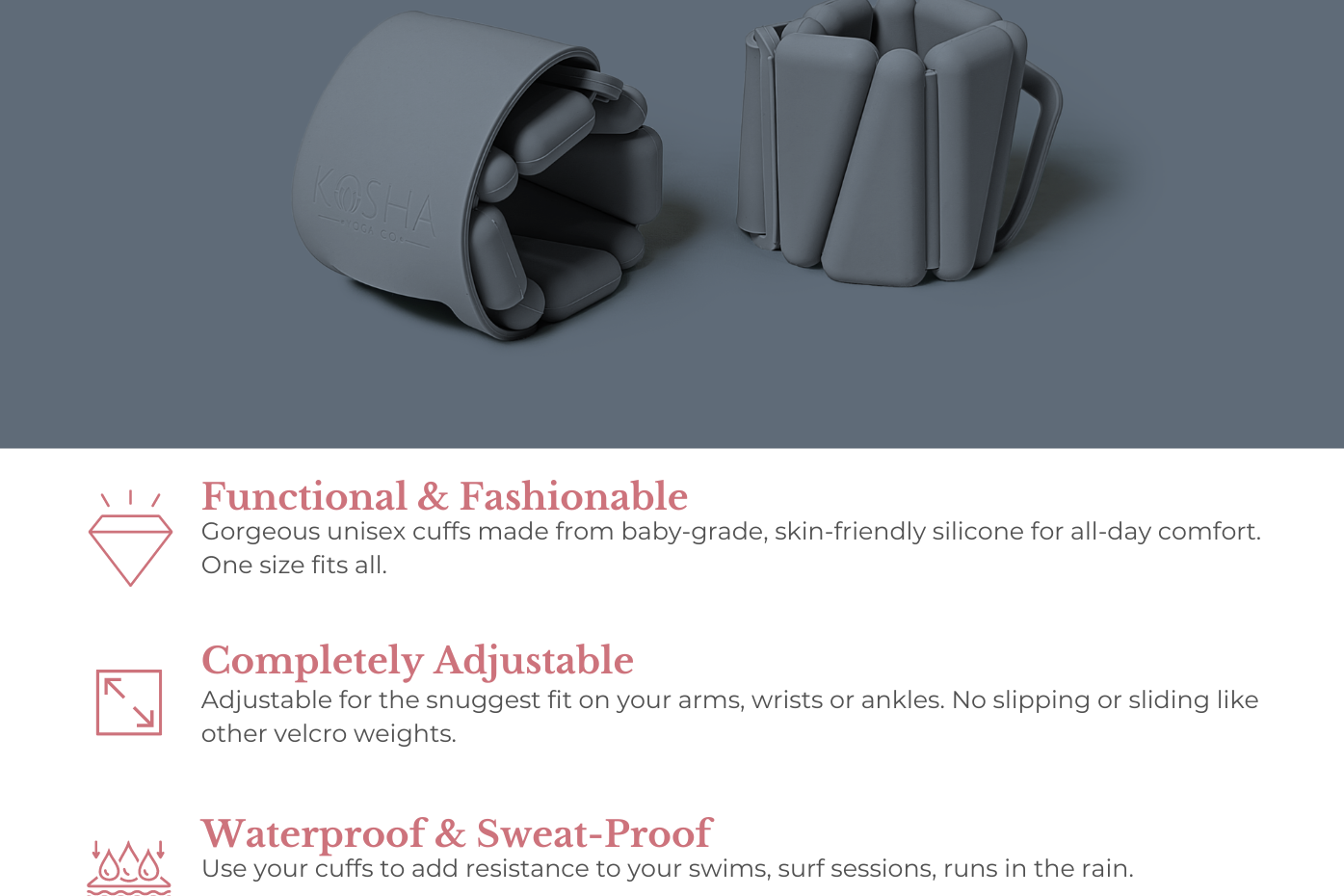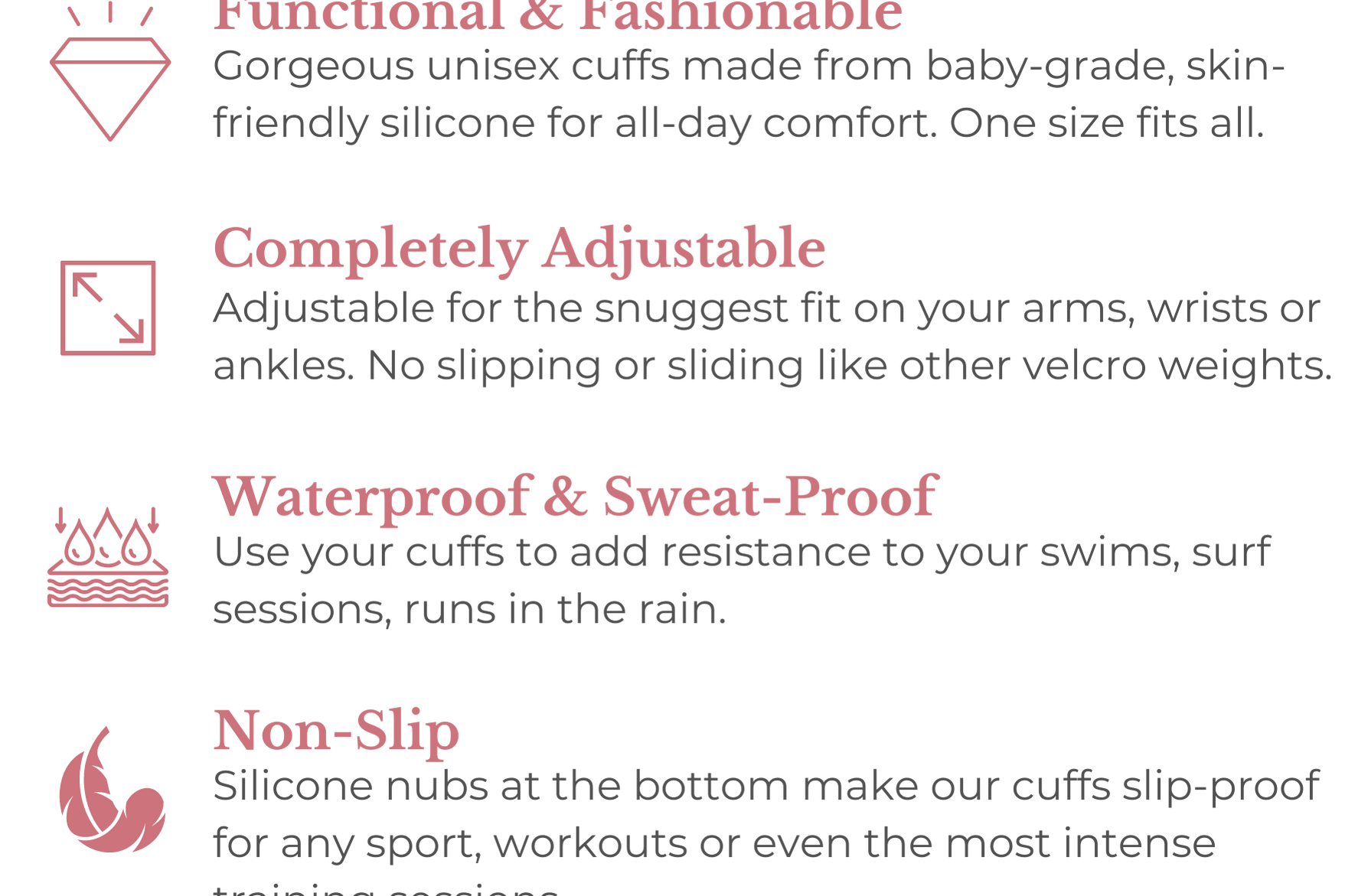Sitting on the floor used to be the default resting position of humans but thanks to the invention of chairs, it is no longer as easily accessible. Even if do manage to get on the floor, long hours of sitting can be very hard on the lumbar spine.
Your practice demands the ability to sit with ease and poise, else meditation and pranayama can become especially tiresome and uncomfortable. In fact, lower back pain is one of the most common complaints among the meditation community.
What is the correct position of the spine?
The most crucial component while sitting is maintaining a neutral spine - we should neither be ramrod stiff, nor stooping forward or rolling back. A neutral spine is that perfect combination of balance, suppleness and comfort.
To achieve this, we need flexibility in the hips. Open hips allow the knees to come down to the floor when we sit cross-legged, distributing our body weight over a greater surface area - including our hips and legs. This helps us gain a strong foundation to sit still safely for long hours and relieves pressure from the joints.
How does one minimize the risk of injuries?
To minimize the risk of injuries, we should be able to rotate our hips to at least 90 degrees externally. However, due to our lifestyle, the average external hip rotation is found to be only about 40 to 60 degrees.
To put this in perspective - poses like Padmasana require ~ 115 degrees of external rotation!
Without the necessary mobility, getting into and maintaining certain postures can damage the knees, and by holding sitting postures can create stress in our lumbar spine.
That is why the regular practice of Hatha Yoga is extremely beneficial and seated poses that work on the hips like Baddhakonasana, Padmasana, Mandukasana, etc. are critical to practice. Infact, the entire Hatha Yoga Pradipika mentions only 15 Postures and puts the maximum emphasis on sitting meditative positions.
These postures, however, require a lot of work and consistent practice - they can take weeks, months or years to accomplish, and if one isn't immersed enough in their practice, there is always a risk of injury.
What is the best way to protect your spine?
A great way to stay protected is by using a meditation cushion or a blanket.
Meditation cushions work best since the seat can be elevated to your desired height. Using a cushion that is adjustable in height ensures that you find the perfect spot where your knees are maintained lower than your hips.
If your knees are higher than your hips, most of your body weight falls on the sit bones putting a lot of pressure on your lower back. While additional support may not be needed if you're sitting for short periods, sitting with your knees very high for long can eventually wear out the joints.
Since most of us spend a lot of time sitting on chairs all day and are structurally at risk of developing back and neck pain it is wise to invest in a high-quality Yoga Cushion, especially if your knees stay off the ground when you sit in Sukhasana
Elevating the seat supports the spine, prevents lower back pain and allows you to focus on the present moment, without being uncomfortable and dealing with sore knees and lower back stiffness midway through your practice!
Here are the three things we should be mindful of when sitting in meditation:
- Keep the spine neutral and upright
- Make sure knees are lower than the hips – adjust the cushion for perfect support
- Practice Hatha Yoga to improve mobility and support your meditation practice
About the Author: This article is written by Namita Chandra a Wellness Guide and Yoga Instructor based out of Mumbai. She spent over a decade in the corporate world, from management trainee to business head, before finding her true passion for Yoga, Ayurveda and Indian Philosophy. She has trained with Bharath Shetty in Hatha Yoga from Mysore and is avidly pursuing deeper studies of yoga philosophy and Ayurveda. Currently, she divides her time between writing, studying, and teaching yoga. You can visit her website (yoganama.com) or follow her journey on Instagram (instagram.com/yoganama).







